|
Over the past decade, I have had the unique experience of working with residents and the diverse communities on three social housing estates in North Kensington: Silchester Estate, Lancaster West Estate where Grenfell Tower is located, and, in the past few years, Wornington Green Estate. It has been challenging but has resulted in a rewarding body of work across multi-media, with film making always at the core. The bitter and sweet fruits of this labour come into sharp and public focus in the coming week.
On Wednesday 8th September, Grenfell: The Untold Story will air on Channel 4 at 10pm.
Before the tragic fire, I documented the struggles of Grenfell residents who raised issues and concerns about the work being carried out. Using footage never previously seen, this film forms a prequel to the disaster casting the tragic story of Grenfell in a new light. I've been holding onto film footage and photographs for over 4 years. It was handed over to the Metropolitan Police a month after the fire and over the years was made available to various members of the bereaved and survivors. Now that the police have cleared my use of the footage, it's the right time for it to be shared in a powerful documentary made by director and producer, James Newton and Daisy Ayliffe.. What were the circumstances that lead me into becoming an artist "in residence" at Grenfell Tower? I am deeply interested in the social aspect of art and the political issues this entails. In 2010, I made a commitment to working in and around the two estates of the Notting Dale ward in North Kensington - Silchester and Lancaster West. This patch of land has a fascinating and troubled history from slum housing to race riots. The estates that were built in the 60s and 70s were undergoing controversial redevelopment and this allowed me an opportunity to connect and explore. A nursery being closed down. A row of social housing on Shalfleet Drive was about to be demolished. Why and how were these taking place? It meant creating art that really connected with local residents. I may have been naive in approach, but not feeling. And it was based on this experience as a community-based artist and being employed by the V&A Museum as their first (and only) community artist in residence, sited in a council house about to be demolished for the More West development, that I caught the attention of the Kensington and Chelsea Tenant Management Organisation (KCTMO). In 2015 they contracted me to make a short promotional film and large scale art work for Grenfell Tower as it was being renovated. I worked on this project for approximately a year. Early in my engagement, I made a decision to deviate from my contract and make a feature length documentary that ended up being called The Forgotten Estate. This was based on interviews with six residents who lived on the estate, in addition to the original architect and estate inspector. It was an attempt to use film to facilitate mediation and shared understanding between the TMO and residents who were in deep dispute over the impacts of the building works. The residents asked me to film meetings and a Fun Day. The TMO told me I would not be paid for this. The TMO never adequately engaged with the film I made seeing it as the same tired old voices that offered nothing new and marketable for them. I subsequently delivered a short 10 minute film to the TMO that featured no residents but portraits of the Boxing Club and Nursery that had moved back into new premises in the tower. I have only screened The Forgotten Estate on several occasions and have now withdrawn it from public viewing. The art work that I was commissioned to make also had a frustrating outcome. The TMO never hung up the completed work in the Tower and so it was not destroyed in the fire. It now resides in the offices of Grenfell United and a copy in the Houses of Parliament. Grenfell: The Untold Story will powerfully illustrate through the voices of residents, how a £10 million refurbishment that resulted in flammable cladding and insulation being installed, failed to meaningful engage with the desperate concerns of residents and the tragic consequences that resulted. The causes of the Grenfell fire are complex and multi-factorial. But this lack of engagement and duty of care to the residents was a significant failure. I hope that this film will have an emotional and soul searching impact on the wider public, politicians, local authority, architects and the building industry. Also on Wednesday 8th September a short film called A Spell For Wornington Green, was released by Channel 4 on the Random Acts platform. The film was shot over 2020-2021 during the Covid lockdown on Wornington Green Estate in North Kensington and follows the life cycle of two baby pigeons and the subsequent coming together of the community in direct action to prevent the felling of 37 trees as a consequence of urban regeneration by Catalyst Housing. Wornington Green Estate is half-way through a 20 year regeneration into Portobello Square. Nick Burton, who survived the Grenfell fire but sadly lost his wife, witnessed the felling of these trees on 1st March 2021 and commented: “My wife is dead because of Grenfell and they still won’t listen to the community.” Whereas at Grenfell, where I very much remained behind the camera or sketch book, I have since taken more direct action and set up the campaign group Wornington Trees. We are challenging the mass felling of mature trees in one of the most polluted parts of London. We have a second petition presented to the Council that was signed by nearly 2000 residents. It calls on RBKC to compensate us by planting an Urban Forest in North Kensington and to stop Catalyst Housing from cutting down any more trees until they have consulted. The regeneration of Wornington Green into Portobello Square involves knocking down and rebuilding 500 flats to rehouse its original community, plus the building of another 500 more at market rent or sale, where a one bedroom flat costs £700,000. The lack of real consultation and the resulting loss of green public space and the felling of 100's of trees during a climate emergency is the most deplorable part of what was once deemed a "flagship" regeneration by the Mayor of London.
Filming by Ilaria Di Fiore and music by Taozen.
This summer at the pop-up Portobello Pavilion in Powis Square, I displayed several large scale drawings from a series called Wornington Green in Black and White. They tell the narrative story of Wornington Green Estate.
Drawing 1: The Squalor of Wheatstone on Screen
Charcoal 2019 This is based on a newspaper article from 1975 that described how a local resident, Mrs Leq-Roy, borrowed a video camera and made a 20 minute documentary about the infestation of mice, dilapidated ceilings, rotten 'death-trap' flooring and overspill urine running down the walls of the houses on Wheatstone Road. Residents were calling for their slum houses to be pulled down for redevelopment.
Drawing 2: The Whole Scheme represents a 21st Century Slum
Pastels 2019 This illustrates the lead architect for Wornington Green Estate, Jane Durham, as she oversees the building of the Murchison Road Development that became Wornington Estate. Also present are representatives from the Council's Housing Department. One of whom, in archive records from 1975, stated: "Having had the unique opportunity of being able to view a finished block, it should be obvious that it is an architectural disaster and to repeat this form all over North Ken will be a Planning Disaster! The whole scheme represents a 21st century slum."
Drawing 3: Building a tree house at Venture Centre
Pastels, 2021 This drawing takes its inspiration from Wornington Word, a heritage project, that documented the voices of residents on the Wornington Green estate. In particular, an audio recording made by brother and sister, Latifa and Rachid Kammiri, who grew up on the estate and played at the nearby Venture Centre (the oldest standing adventure playground in the UK). "It was beautiful living here, it was absolutely the best thing ever, I couldn’t imagine living anywhere else because you were always safe. And we had the Venture playground right next to us which was totally different. Filthy yes because it was just all – it wasn’t even mud, was it, it was just like black dust everywhere. Our parents never used to like us to go there for that reason, you know, because you’d go there clean and come back like mechanics. But it was great. I think what I liked about it most when you went in there, it wasn’t health and safety, you just did what you wanted to do. You had to build your own activities, your own swings, your own slides, you know, from scratch. We literally built the Venture playground together." Footnote: the historic Venture Centre is scheduled for demolition during Phase 3 regeneration of Wornington Green and will be relocated in new premises in Portobello Square. Drawing 4: The great storm of 1987 Charcoal, 2021 This is based on another archive record and a recent telephone conversation I had with Margaret Cairns-Irven. She moved into Watts House on the estate in the early 1980s and described having central heating for the first time - "It was like it hugged us." At this time, the trees on the estate were in full bloom and while a keen gardener and nature lover, Margaret recollected that there were just too many in close proximity and the roots of one had grown into her garden making it difficult to plant anything. The drawing also includes a recollection she made about the Great Storm of 1987. During the night, corrugated sheeting had been ripped off the roof of the Venture Centre and flew over Watts House and she observed the frightening scene of a tree being blown down the middle of Wornington Road at 40mph. But humorously commented - how it was well driven and managed to avoid all parked cars!
Drawing 5: Resident lead regeneration 1990 and Kensington Housing Trust / Catalyst led regeneration in 2010
Pastels, 2021 This drawing fuses together past and present regenerations on the Wornington Green estate. In 1990, the residents worked with Kensington Housing Trust to upgrade and install security entrances across the estate. In the archive, a resident newsletter had the optimistic and comedic image of King Kong proudly clutching the new security entrances. In my drawing Kong is bursting through the trees with joy. On the bottom of the picture plane, you can see the original estate with its interconnected blocks and walkways (left channel) alongside the 2010 Masterplan for Portobello Square (right channel). The contemporary architects plan to return the traditional street pattern made absolutely no attempt to build around and incorporate trees into the design. There are several other sweet notes and off-beat flavours in the image. These include the dancing and frolics of Notting Hill Carnival revellers. And the bird-watching of Keith Stirling. He is a life long member of the estate, who had campaigned for decades against the lack of maintenance and proactive management. Keith would resign from the Residents Steering Committee in 2020 in protest of Catalyst's plans to fell 42 mature trees and this inspired me to join him in taking our first petition to the Town Hall.
Drawing no 6 - March 1st, 2021.
Pastels, 2021 This drawing illustrates the coming together of the community to protest the felling of 33 trees on Wornington Green estate in March 2021. Two women from our community were arrested. Film of this features in A Spell For Wornington Green. I am planning a gallery exhibition of all 6 drawings.
On Saturday 11th September, from 11.30-2pm in Waynflete Square on the Silchester Estate, the Residents Association are holding a public meeting with the Council to share ideas about the future of the estate and how to spend the Grenfell Housing Legacy fund. At the same time in Waynflete Square, we are holding a launch event for the Art For Silchester book that was postponed by the Covid pandemic. This was an arts project I ran from 2018-20 for residents of the estate. Please drop by and see our amazing book and art work. Silchester Estate was earmarked for complete regeneration with the loss of its lovely green spaces. It was only the Grenfell fire that stopped RBKC council from carrying this out. Please visit the lovely square with its beautiful trees.
0 Comments
Obituary for Nigel Whitbread (1938-2019) Modest, talented architect with a passion for walking, travel and sports cars Nigel Whitbread was born in Kenton near Harrow. His parents had a grocer’s on St Helen’s Gardens in North Kensington and the family moved in 1949 to be nearer the shop. That was Nigel’s home from the age of ten to his death. After attending Sloane Grammar School, Nigel joined the firm of Clifford Tee and Gale where he served his apprenticeship demonstrating a great talent for drawing for which he became renowned and which he taught later on. He went one day a week plus night school to the Hammersmith School of Art and Building. Subsequent to this he became a member of the Royal Institute of British Architects. But it was Nigel’s time at Douglas Stephen and Partners that was the most influential time in his career. It was a small practice, but doing important things and at the forefront of design influenced by Le Corbusier and other modernists. It was there that Nigel worked with architects from the Architectural Association and the Regent Street Polytechnic: Kenneth Frampton who was the Technical Editor of the journal Architectural Design; and Elia and Zoe Zenghelis and Bob Maxwell who both spent most of their careers in the teaching world. Nigel remarked that it was like going to a club with the bonus of doing terrific work. In the early 1970s Nigel went to work with Clifford Wearden and Associates on Lancaster West Estate. It was a huge job for a small group and unusual for councils to use private architects in those days. The whole scheme had been well prepared by the time Nigel joined to lead the team in designing Grenfell Tower. While a lot of brick had been used in LCC and GLC buildings, he thought that putting bricks one on top of the other for twenty storeys was a crazy thing to do. So insulated pre-cast concrete beams as external walls, were lifted up and put into place with cranes. The concrete columns and slabs and pre-cast beams, all holding the building together, were also designed in response to Ronan Point, the tower that partially collapsed in 1968. Nigel remarked that he could see the tower standing in 100 years time. In 2016, Nigel visited Grenfell Tower at my invitation, when I was community artist in residence. He visited residents in their flats for the first time and enjoyed hearing how they viewed the spacious flats (built to Parker Morris Standards) and the stunning views. It is impossible to know the sadness and anger he must have felt as he witnessed the tragic fire that occurred on 14 June, 2017. Nigel retired after working at Aukett Associates for 30 years. His projects included the Landis and Gyr factory North Acton and Marks and Spencer's Management Centre Chester: two award winning buildings he co-designed. As a director of the practice, he had a lot of responsibility, but spent time mentoring younger architects. Nigel was happy in his retirement and in his travels over many years, including recent trips to India, the Himalayas and Colombia. He continued to use his skills in helping his local resident’s association draw up the St Quintin and Woodlands Neighbourhood Plan which was accepted by the local authority under the Localism Act. He will be remembered by his friends and family as a dignified, humorous, generous and inspirational man. Silchester and Lancaster West Estate Open Garden Estate Weekend, June 2016
Here's a link to an interview with Nigel and the other architects of Lancaster West Estate. 1862. Irish washerwoman at Counters Creek watches a turd floating downstream to the Thames. A 16 year old laundress at a workshop on Latimer Road, 1890. Dreaming of better pay and romance. 1924 and a depressed char lady, thinks about going to a birth control clinic that has opened in the area. V-E day in Europe and women at the Silchester Road bath and wash house sing: “We're going to hang out the washing on the Siegfried Line!” Testerton Road, North Kensington 1967: West Indian sisters are flooded out of a slum house and seek sanctuary at the bath house. 1970s: the building of Lancaster West estate and the campaign to save the Victorian bath and wash house. 1980s: residents of Grenfell tower look down on the bulldozed bath and wash house. Dirty Linen washed on 12 pages Artist's book, 6x4" Oil pastels, ink, pencil 2019 Project blog post: To marry an ironer is as good as a fortune View of Bramley House (foreground), Silchester Estate high rises and Westway from the 17th floor of Grenfell Tower, 2015 If you put your ear to the ground, what can you hear? Perhaps Counters Creek - the subterranean stream that flows down from Kensal Green And threads past Silchester and Lancaster West Estates in North Kensington, London. If you start to excavate Lancaster West Estate, what fragments do you unearth? Possibly cups and saucers made by the Victorians and still serving post-war descendants. These are buried in the slum clearance of the 1960s and 70s. Now open up your inner being and listen to not just the stream and shattered shards, But the cries of people who were displaced by the town planners: During the first phase of redevelopment in this area Decades before the building of More West and the cladding of Grenfell Tower. The last words uttered, in-between sips of tea and beer. Here is one of those distant voices that rings loud and true: "To whom it may concern Having received your notice of your intention of developing this area And your formality to ask me to object, I SHALL, most sincerely, object on the below grounds: 1. Before I bought this property on Talbot Grove, I came to your Town Hall in person enquiring into any future development. A map was taken out, overlooked and I was informed that you had no immediate plan. I purchased the property. 2. After purchasing the property, I spent what is a large sum of money, to me (over £500) to insert a damp proof course, where after I was able to have a closing order removed. 3. I bought the property for private and undisturbed accommodation for my children. If their home had to be taken away, it would re-open a sore of housing accommodation and restrict their movements. 4. I have NO CONFIDENCE in the Kensington Town Hall. I have a genuine grievance which I believe is equally reciprocated by the Town Clerk and his colleagues. i have been in my opinion cheated and my feelings were expressed in various correspondence to him, Colonial Office and other officials, all to no effect. 5. As a negro, I have no status, I have NO ONE to whom I can go for sincere advice. NO ONE to whom I can seek redress. 6. If my property has to be taken by the Town Hall, I am sincerely afraid that it will be priced to suit the Town Clerk's wishes. I DO SINCERELY OBJECT Yours faithfully ........" North Kensington, late 1960s; consultation meeting regarding redevelopment Reproduced from Community Survival in the Renewal Process, PHD by Derek J. Latham, 1970 That was 1966. Here is another, less anguished, but equally desperate voice from 1971: "Dear Sir, Re: Town and Country Planning Act - 1962 Proposed Development at Lancaster Road, W11 Our main objection is that we fear not enough compensation will be paid, to enable us to purchase a similar property where we can live and carry on our business. A change of business will undoubtedly cause difficulties to our business. We feel that in running the Oriental Casting Agency, we are rendering an important service to the Entertainment industry by supplying them with mainly Afro-Asian artists. We are the oldest established Agency of this type in London, and we provide a livelihood for many Afro-Asian actors, actresses and models etc. A change in address would have considerable effect on the growth of the business, which has, in the past few years, been very marked. We have carried out numerous improvements to the property that was purchased in 1964. We would like to make it clear at this early stage in the proceedings that before we could agree to the development taking place, we would insist on the following points: a) Either we are provided with an alternative house of a similar type and condition, suited to our requirements. Or we are provided with adequate compensation. b) When and if we come to an agreement with the G.L.C. over this matter, we will be allowed at least ten months to enable us to make arrangements for the transfer of our business to the new address. Yours faithfully, .........." The Oriental Casting Agency. I suspect they might have supplied the plethora of Afro-Caribbean actors used in Leo The Last; the powerful film about an aristocratic slum landlord who is radicalised by his poverty-stricken community and whose townhouse is destroyed in the process. It had just been filmed on Testerton Street prior to that being demolished for the Lancaster West estate. Testerton Street, west side, 1969; where all houses are painted black by the set designers of Leo The Last RBKC Local Studies and Archives Walkway at Lancaster West estate built over Testerton Street Left: Salambo Mardi (acted by Christine Richer) Right: Leo The Last (acted by Edward Daffarn and Constantine Gras) Oil pastels, 16.5 x 23" 2015 We can trace a line of community protest through official and non-official channels. The ones that are officially recorded, pre-internet, are the petitions taken to the town hall. They tell a story of how residents organised themselves and attempted to shape the urban development of what was to become Lancaster West estate. Petition 1, June 1968 A petition was presented by Cllr. Douglas-Mann, urging the council to consider the plight of residents living within the boundaries of the development scheme who were unfurnished tenants. The recent housing survey undertaken by the Notting Hill Summer Project had shown that there were 167 furnished tenancies and all the families living in these cramped rooms, often without heating or water, were in need of being rehoused. Social workers and community organisers were raising this as a major concern. This petition was signed by 1,194 residents with 538 within the development area. The council at the time was under no obligation to rehouse furnished tenants but would consider cases of genuine hardship. The priority was given to those on the waiting list. Petition 2, June 1969 The following statement and petition was handed in to the Deputy Town Clerk by Mr J. Denham of the Lancaster Neighbourhood Centre. He and 30 children and 2 mothers had marched from North Kensington to the town hall. "To the Council, Sirs, We are told that the infant mortality rate of our borough is 40% higher than the average for the other London boroughs. We feel that child care in this borough is as good as in any other. Our conclusion is that the bad and often insanitary housing prevalent in North Kensington, overcrowded conditions, and lack of playspace and amenities constitute a direct threat to the health and happiness of all children in North Kensington. In view of this we urge: 1) That there should be more provision made for the rehousing of large families under the Lancaster West Redevelopment Scheme 2) That no family shall be evicted under any clearance scheme, whether they are furnished or unfurnished tenants 3) That North Kensington should be considered a housing emergency area and that all available local and national resources should be mobilised to see that every family in North Kensington has a decent house. Lancaster Neighbourhood Centre." The council generally regarded furnished tenants as mobile and of temporary duration, but would consider for rehousing those were who were long-term residents and who had genuine hardship. Petition 3, Nov 1974 Cllr John F. S. Keys presents a petition protesting at the conditions of the roads and footpaths around the Lancaster West Redevelopment Area. This was signed by 250 local residents. "We call upon the council to take immediate action to eliminate the danger to pedestrians, cyclists and motorists." The Council noted the concern and although this was beyond the normal resources of its cleaning service, would consider the possibility of introducing an Environmental Code of duties for contractors. Petition 4, July 1978 A petition signed by 135 residents and children of Lancaster West Estate calling for more open play spaces in the area. The council believed the residents were not aware of their plans to include more play spaces in the development. Petition 5, May 1979 Cllr. Ben Bousquet presented a petition from tenants of the Lancaster West estate urging the council to reconsider their policies of switching off the central heating at estates at the end of april and extending services until the end of may. Petition 6, November 1981 A petition was presented signed by 238 residents which contained the following "prayer": "We the undersigned residents of the Lancaster West estate demand that the council gives priority to resolving the problems caused by the plague of cockroaches, bugs and other insects in our homes. Further, we understand that these insects constitute a health hazard and we are taking legal advice to our rights against our landlord, the council. Meanwhile, should nothing be done we may consider withholding our rent and rates until those insects are eradicated from our estate." The council noted that cockroaches had gained a foothold in ducts and pipes at Grenfell Tower and Camelford Walk and were responding to this. Although a pest, they have little medical importance beyond the psychological effect of their unpleasant appearance. It was difficult for the council to access flats as a blanket treatment would be carried out to prevent further spread; legal forced entry might be required. The other insects mentioned are thought to be ants which appear from time to time on the estate. Tenants would be left to deal with this themselves. Edward Daffarn reading from a petition handed to the RBKC Scrutiny Committee, 2015 Petition 7, January 2016 Grenfell Tower Residents address RBKC Scrutiny Committee The residents had invited me to attend and document this meeting. This is a summary of the speech given by Edward Daffarn: "Thank you for allowing the residents of Grenfell Tower the opportunity to inform the Scrutiny Committee of the ill treatment, incompetence and plain abuse that we have experienced at the hands of the TMO during the Grenfell Tower Improvement Works. I am speaking to you in my capacity as a Lead Representative of the Grenfell Tower Resident Association, that was formed through adversity, in the summer of 2015 with the support and encouragement of our local MP, Lady Victoria Borwick. To back up the testimony of Grenfell Tower residents to the Scrutiny Committee members of our R.A recently conducted a quantitative survey of leaseholders and tenants to measure levels of resident satisfaction / dissatisfaction as a result of the TMO's handling of the Improvement Works. The findings of this survey are truly shocking. The survey revealed the following facts: 90% of Grenfell Tower residents have reported that they are dissatisfied with the way in which the TMO has conducted the Improvement Works. The survey found that 68% of residents said that they had been lied to, threatened, pressurised or harassed by the TMO. The survey also revealed that 58% of residents who have had the Heating Interface Unit (HIU) fitted in their hallways would like them to be moved to a more practical and safe location. As a result of the findings of our survey and with the support of Lady Borwick, the Grenfell Tower Resident Association is calling for the Scrutiny Committee to commission an independent investigation into the Grenfell Tower Improvement Works, not least, so as to prevent the traumatic experiences of local residents being replicated when the RBKC undertakes the Improvement Works to other tower blocks in North Kensington." Link to full speech on the Grenfell Action Group blog. At the Scrutiny meeting, the council agreed for an investigation to be undertaken on behalf of the residents. However, this was to be managed by the TMO. I was artist in residence at Lancaster West estate from April 2015 - June 2016 where I interviewed all of the original architects about their vision for the estate. I was not allowed direct access to Rydon and the other contractors tasked with the renovation of Grenfell Tower. Although commissioned by the TMO to make a short positive film about the works and to produce an art work for the new community space, I found myself deviating somewhat from the brief, especially once I started to listen to and record the life stories of residents. For a previous project, I made art with residents from Silchester Estate that drew on the social and mythic parallels with Leo The Last. This time around, I felt more like Leo, the individual who is observing and then directly implicated in the ensuing struggle that was taking place between residents and TMO/contractors/council. The film I made was a one hour portrait of residents. This was visually admired by the TMO, but was rejected as not fit for PR purpose. The art work made by children during the Grenfell fun day also languished and was never displayed in the tower after the works were completed. Silchester Baths photograph, protected during building works in the lift lobby at Grenfell Tower, 2015 It should be noted that throughout its forty-year plus history, Grenfell Tower only had one art work on display. This was an evocative archive photo of Silchester Baths, the Victorian building that was sited near the tower and which critically altered the original masterplan as it became temporarily listed before being demolished; it subsequently became car parking, green space and is now the site of the Aldridge Academy. There was never a description included with the photo to explain to newer residents why the Baths were of importance to the local area. I raised this with the TMO, but it was not important in the scheme of things. With my ear and inner being, I hear and then evoke..... Generations of residents living in houses at Testeron Road as they bathe their bodies and wash their clothes at Silchester Baths. The Baths and houses were caught in the red line of Slum Clearance programmes. A film maker took hold of Testeron Road prior to it being wiped off the map by the council. A false posh house was build by the film crew and then cinematically destroyed. Leo The Last tells us that we can't change the world, but we can change our street. Out of a ruined landscape, Testerton Walkway was built, one of the three blocks of housing that radiates out from the tower. Grenfell Tower was renovated from 2015-2016 with an artist employed on site. 72 people died in the fire on the 14 June 2017. When I think of Silchester Baths, Testerton Street, Testerton Walkway and Grenfell Tower, they should all be an interconnected and positive inspiration for how we manage space and housing; how this relates to play, heating, the control of pests and the consumption of social cups of tea. We symbiotically draw our health and wellbeing from the underground currents. Alas, those currents contain an equal measure of bitter tears and spilt blood. Tuesday, 25 July 2017 Grenfell Tower Inquiry Consultation on terms of reference A voice from the floor: "Looking at Grenfell Tower is like peeling back layers of the onion. At the surface a range of issues about building safety and failure of services to respond adequately to an emergency and tragedy. Behind that is the history of contempt and neglect that enabled those building regulations failures. But behind that is the reality of discrimination. The process that decides who it is gets burnt to death and who sleeps happily in their comfortable homes. Many survivors have put their fingers on that underlying reality. They were given unsafe housing and the terms to make it safe refused or ignored because of who they are. They are by and large on modest incomes, black and from ethnic minorities or migrants. This is not just about housing allocation in Kensington and Chelsea. Some of those killed were private leaseholders or private tenants. It's about how some people end up in worse housing, and then it's about how those people are treated as residents, as citizens, that they are effectively excluded from the important decision and that compounds their disadvantage. That's not just a problem in Kensington and Chelsea, but sadly there's nothing worse than Kensington and Chelsea." Artist studio at Shalfleet Drive, 2015
A map of the listed buildings and structures in the Royal Borough of Kensington and Chelsea I added Silchester and Lancaster West Estate to the list as they were threatened with regeneration As the poignant anniversary of the Grenfell fire approaches, we reflect back with raw emotions and also brace ourselves as the public inquiry unfolds as a prelude to the legislative reform and criminal prosecutions that must follow. With all of this being shared on our local and national stage, I want to mark the occasion with some musical reflections that make me think about the residents from this community; those who sadly died and the survivors who have formed the inspiring Grenfell United. During 2015-16, when working as artist in residence at Lancaster West estate and Grenfell Tower, I was also remastering the soundtrack for a student film called This-That made with Jacob Barua in 1989 at the University of Warwick. The film ends on a freeze frame with the protagonist (me) leaping into a future sky of uncertainty. Set across this image is a wonderful duet of angelic voices from Monteverdi's Vespers. I decided to re-record this song for the new version of the film and invited Cathie Hammond and Théo Hénusse from Queen's Park Singers to St Francis of Assisi church in Notting Hill. At the same time, I was re-dubbing one of the dialogue scenes for the film. This took place in a residents flat in Grenfell tower. Strange how our 1989 film was having the acoustic space of North kensington, church and tower block, encoded into its DNA. In the past 6 months, a scratch choir has been set up in the shadow of Grenfell Tower and under our excellent choirmaster, Sam Chaplin, we have been belting out tunes from Bob Marley to Emeli Sandé. This is a recording of You Are the Sunshine of My Life composed by Stevie Wonder. At our peak we have about 25 singers, but on this occasion we were down to half-size and rather thin on the bass end. However, I will always remember this recording. I was singing next to Tania. We have walked side by side on the monthly silent march in memory of those lost in the fire. She was a resident of Grenfell Tower and walks and sings with quiet, positive dignity. Duo Seraphim, You Are the Sunshine of My life. I have struggled to talk about Grenfell because I am an artistic "witness." I made a deep connection with the estate and its gardens several years before I started working here on an art residency. When I was officially contracted to produce a film and mural in 2015, several residents kindly opened their front door and hearts to a stranger. I navigated a delicate path between authorities and residents at a time when the latter were in dispute over the tower’s regeneration. After the tragic event in June 2017, I handed over all my photos and films to the police as part of their criminal investigation. I gave a witness statement. As we try to understand what happened at Grenfell, artists and film makers will all have a challenging but important role to play alongside the media. I’m trying to objectively recall how I approached making art on the estate when I was commissioned by the TMO (Tenant Management Organisation) to create a tiled art work and short film. The TMO were impressed with my V&A Museum and RIBA funded residency on Silchester Estate. I convinced them that an open-ended, durational process would work far better in delivering the outcomes rather than the original two weeks envisaged. As it transpired I was on the estate for approximately 1 year 2 months. When the time is right I will talk about the film, The Forgotten Estate, in more detail. The original plan was to design a large tile art work to cover an area approximately 3.6m wide by 2.2 m high in the newly formed ground floor entrance at Grenfell. This was to be created with the residents and children of the tower block. I was given a completely free brief as regards design. I decided to use large scale drawings as the blueprint. But as the drawings were so impressive in their own right, I decided to just stick with that as the completed art work. In total, 4 large scale drawings were made in the temporary lobby, on the elevated concrete deck just outside the tower and during the Grenfell fun day. The design for the art work was inspired by the classic blue and white willow pattern used in pottery. I was constantly sketching in the ceramic gallery at the V&A where this pattern had caught my eye. I always envisaged using an image of Grenfell tower in the completed design and perhaps to have this framed by an equally large tree. I saw a flock of birds in flight as representing the residents energised by their newly renovated building. The sessions with the kids would allow space for their own images and experiences to be added. That was the plan. As it transpired, the most successful drawing was realised at the Fun Day. The Grenfell Fun Day on 30 May 2015 was held mainly as a form of respite from the conflict taking place during the renovation. I was invited to attend and hold a workshop. A teenager looked at a blank sheet of paper. "What do we draw?" "Absolutely anything you like." Most children had the desire to draw or write what came naturally to them. The tower block they lived in. A girl picked up a leaf and sketched this. Animals started to appear. One wrote the memorable words: live, laugh, love. The cultural identity of the children also became a point of self-reflection with a Moroccan and British flag. The outline drawing in oil pastels was made by approximately 20 children and I then coloured it in. The art work then fell into a state of limbo. I had shown it to the TMO who were happy and also took it to a residents meeting. This would prove to be my last engagement and memory of the estate in May 2016. In the middle of that meeting, shortly after I had talked about the art work, one of the residents had challenged me over my film and this annoyed another resident, whose tense relationship with each other I had observed before. They then had a fight, then and there, in the meeting at which children were present. It lasted for about 5 minutes. Blood had to be cleaned off the walls. I believe they shook hands shortly after. I could understand how the residents were wanting to get on with lives after the huge impact of the building works. But the TMO? Why didn't they contact me again to hang the art work in Grenfell? I can only assume they were not pleased with the way my residency had developed, especially in terms of the film project. I held onto that art work for a year. After the fire it assumed importance as a visual and textual testimony to a destroyed community: Live, laugh, love. I'm pleased that this has been handed over to Grenfell United and is in the new community space for survivors and the bereaved. I have now started work back on Silchester estate across the road from Grenfell. After the anniversary of the fire, we will hold an Open Estate Garden weekend on the 30 June and 1 July. This will display the art created by residents. I have plans for a dance or performance piece facilitated by Dance West, although this might have to be staged later on in the summer. Over the years I have self-published photo books as well as making hand crafted books. I have increasingly turned to the latter as a means of reflecting on my engagement at Lancaster West and on the people I met and befriended. I am constructing my own self-questioning narrative. Did I make the right decisions in terms of my engagement? How will my imagery and art work be reproduced and the film footage help with any inquiry or criminal proceedings? Above all, how can I help the victims and community? I know that this was a "voiceless" community that nobody really listened to. I have also thought about my interaction with the press as they strive for the dramatic and poignant human story as well as the political message behind Grenfell. During the previous 9 months, I have developed an inner artistic voice that has kept the media, by and large, at arms length. These books, as I turn the pages, are part of my opening up. Imageless and Voiceless Booklets, 32 pages each, 2018 Oil pastel drawings, 5.5 x 4 inches Just heard about Grenfell Tower. Ghastly. What on earth went wrong? I was wondering if we could get this picture to do a story on. I would be very grateful if you could give me a ring as soon as possible to discuss an article I am working on for this weekend. I am the Dangerous Structures surveyor on the tower following the incident. If you were involved in the original construction it would be good to talk or meet you to discuss how certain elements work together. Constantine, various journalists have tried to contact me but I am not responding, so I would appreciate your confidence and not pass on any of my contact details. I don’t want him to think I’m stalking him! I don’t actually need him to discuss the fire. It is the building we are interested in and the original vision. One thing I'd say is that if we want to tell this hugely important story then now is the time, before the world moves on to the next headline. We have three million readers worldwide, a lot of them policy makers. Do please let me know if you change your mind. I am contacting you in relation to a live broadcast we are holding tomorrow evening. The event will consist of an audience of local Councillors, residents, firefighters, volunteers etc. If this is something you may consider being a voice for, please let me know. I do totally understand your reticence to give opinions on the matter, but could I trouble you with a quick question – do you know of any nearby towers that have a similar interior, i.e. common parts and layout? We are not tabloid journalists in for a quick story. We do very considered films on very difficult and distressing subjects. Thanks for the clear details in each of your blog posts. In an attempt to lend a little assistance from afar, a group of us have been building up three Wikipedia articles [[Lancaster West Estate]] [[Grenfell Tower]] and [[Grenfell Tower fire]]. Please go to these pages and tell us of any inaccuracies. I would rather use an image that speaks to the life in the community rather than awful images of destruction and tragedy to publicise the auction. The last thing I would want to do is appear to sensationalise the suffering of so many people. If you do have a change of heart, let me know. We would happily make a £200 donation to a Grenfell charity for use of your images. Dear Mr Gras, the V&A have been contacted by the Detective Constable from the Art and Antiques section of the Metropolitan Police in connection with the Grenfell Tower enquiry. She is working on the construction side of the investigation and has been tasked with identifying and contacting every company who may have information about the construction or refurbishment of Grenfell. I'd like to ask some questions on a positive note. I'm not press or politics. I knew that building was fundamentally safe. I'd really appreciate some answers regarding.... Sorry I can't say here.
An exceptional ceramic object was made recently at one of the workshops I'm running at Silchester Estate. Cerys Rose made a tower block to begin with and then added this onto a base structure. But it was what she did next that was truly remarkable and inspiring; she took a conceptual leap of faith that is advanced in one so young. Cerys playfully added on what appeared to be flying buttress supports. I then asked her to reflect on what she did: "My art piece is based on protecting. It is a peel, for example a banana peel. When it is peeled, it is not protected. When it is not peeled, it is protected." So much for flying buttresses! Cerys was on a more imaginative wavelength. At the time, I didn't want to ask her whether the banana protection of her building was in reference to Grenfell tower which looms large over all of us in the area. Cerys's friend, Sina Michael, another very talented artist, had made a more direct reference to this in her scale model ceramic work of the five high rise tower blocks that dominate the local skyline. As residents at Silchester Estate shape clay into objects real and imagined, sublime and surreal, my mind wanders back to two previous ceramics projects. One that I have blogged on and another that I have repressed from living memory, until now. Leo The Last is a 1969 film that I used as a meditative tool and to create art with residents of the estate in 2015. This wild and experimental film, tapping into the counter-culture of its era, has mythic qualities for our patch of North Kensington in London. It is a true Notting Barns film made on the plot of ground and in the soon to be demolished “slum” houses on Testerton Road before they were developed into Lancaster West estate and Grenfell tower. Leo is an aristocrat who has moved into his million pound white house that is cheek by jowl with the black painted properties of his down at heel Afro-Caribbean neighbours. Leo becomes radicalised, albeit in an idealistic fashion, after he discovers he is the slum landlord for the area. The film ends with a community riot that burns down his house. Leo is philosophical about not being able to change the world, but we can change our street. After screening the film on a 35mm print for the general public, a group of residents went to the V&A and created houses and other structures under the supervision of ceramic artist, Matthew Raw. I was then able to use these to re-create the road that you see in the film. This was displayed at the museum as part of my end of residency display of art. In a prophetic parallel, Cllr Rock Feilding-Mellen, had the opportunity to become Leo. Rock is not a film character, but a Tory Councillor of aristocratic origins, who moved into a posh property that was located across the road from Lancaster West estate. But there was no sense of him becoming radicalised by his neighbours or attempting a more modest community engagement here. His job as deputy leader of the council and head of regeneration was to mastermind the plans for the systematic regeneration (i.e. demolition and disruption) of Silchester Estate. This was at the same time he was directly responsible for the modernisation of Grenfell tower. You cannot watch Leo The Last now, without making these poignant connections. When I was inviting residents to make ceramic houses and reflect on social history and its relevance to the contemporary world, I had little idea what was about to happen in North Kensington; or even how that might radically change me. I feel my art engagement here was sympathetic to the local residents and their sense of place. However, if we go back a few years to 2012, another ceramic art project was artistically and socially less successful.
I was running several art projects at the time around the theme of water and one of these had Cultural Olympiad funding. It was for an 11th century motte and bailey listed heritage site at Manor Farm. I enlisted two other artists, Emily Orley and Elinor Brass, and they worked with the education programme manager for Hillingdon, Fabiola Knowles, in devising a wonderfully organic project called In Mercy For A Trespass. The plan was to build a durational outdoor installation with a selection of ceramic objects made by community groups and children and for these to be partly submerged around the moat and for it to collect rainwater over time. The installation would create the impression of an archaeological dig, now abandoned, overgrown and collecting water in a way that the moat no longer did. We worked with about 100 residents and school children and used their ceramic pots, cups and sculptures to create the installation. This should have been a fusion of contemporary and community art. However, what we did not foresee, was the relative conservatism of the area. Shortly after the installation was complete and before we had an opportunity to put down any signage or run a community event, we were informed that the installation had to be either substantially redesigned or removed. We were never able to have a direct conversation with the Councillor who thought the art work looked “messy” and "not very aesthetic.” The concept of it being allowed to grow into the landscape was lost on them. It was one of the most difficult projects to manage as Emily and Elinor quite rightly refused to rework the design without a more frank and informed discussion. Communication had broken down. Were we at fault as artists who had imposed ourselves onto the cultural landscape? Ironically enough, Emily and Elinor had prefigured this issue by calling the installation In Mercy For A Trespass. The heritage site at Manor Farm also used to be a manorial court and in the medieval era residents would have to pay fines for any crimes or misdemeanours and these would be couched in the terms of a trespass: "Richard Bacon puts himself in mercy for trespass in the grain with a heifer" or "Elena Thomson is in mercy because she gathered herbage from the standing grain of the lord contrary to the prohibition." After a cooling off period, another willow artist was brought in to tidy up the installation and make it look pretty. There is no denying this reworking of the design did look "aesthetically" better and more of a visual presence on the landscape. However the whole process, ethos and subtlety of the original vision was lost. The installation was renamed Ea Eard, which literally translates as ‘water earth’ in Anglo-Saxon language. This is the sweet-bitter project film made after the final installation was completed. Apart from one festival screening, this is the first time it has been given a public airing. There are some banana peels that are not protective.
I recently treated myself to a double bill of The Angelic Conversation (1985) and Mirror (1975). I don't think any programmers have paired these two films before, but they resonate with each other, lyrically and visually, as well as offering divergent approaches to art based film making. Both were viewed on a computer screen, with the Jarman film rented online. However this screening of one film after the other was an act of homage to my golden age of cinema going as a teenager in the 1980s. After wee nippering at the ABC Edgware Road, I gravitated to the flea pit circuit that took in the posh Everyman at Hampstead and the grungy Scala at Kings Cross. During this period you could watch double or triple bill features in memorable combinations designed to shock and awe: The Exorcist riding on the back of Enter The Dragon; Terror followed by Savage Weekend (the rediscovered memory of Terror would inspire an arts project called The Melodramatic Elephant in the Haunted Castle); Fassbinder double bills; and, not for the faint-hearted, a starter, main course and dessert of Pasolini films. Also, certain films that should not have been coupled, such as the groundbreaking In The Realm of the Senses (Ai no corrida). I’ve just looked over some calendars from the mid 1980s and was surprised to see how much film I was ingesting. There may have been a limited amount of TV channels in those pre-satellite days, but there was no shortage of films. Auntie Beeb and new kid on the block, Channel 4, had a public monopoly access to the film market. VHS was established and DVD was on the horizon. But to be able to see what your heart and soul desired, necessitated a trip to the picture house. It’s good to see there are plans afoot to design a Scala book, as the cinema produced lovely posters listing their monthly features. I usually hoard memorabilia, so I can’t account for the fact that I don’t have a single calendar month from my membership of the Scala. Perhaps it might surprise you to hear that I really can’t watch films anymore. I rarely go to the cinema. When you are in the business of producing art, there seems to be little time and perhaps inclination for seeking out art in your down time. Maybe it was also studying Film and Literature at the University of Warwick for 3 years and the celluloid feast we had as students, watching each film twice for close textual and semiotic analysis and which also included us projecting the 16mm prints sent up from the BFI. After ingestion, overdose?
While I had an eclectic taste, enjoying the classic narrative joys and happy endings of Hollywood cinema, it was the European art house movies that really tickled my fancy; although they did on occasion stretch your patience; the 317 minute cut of Bertolucci's 1900 seen at the Curzon Bloomsbury springs to mind. In the 1980’s, the work of two artists shaped my aesthetic outlook and personality: Derek Jarman’s gay-punk sensibility that pricked the constricting norms of Thatcherite society; and Andrei Tarkovsky’s metaphysical exploration of memory and haunting use of landscapes.
I had to write an essay to get into Warwick University (in addition to A level grades AAB and a medical examination!) That essay was on Derek Jarman’s The Angelic Conversation which I saw on both the cinema and TV in 1985. The film was a jittery and sensual evocation of Shakespeare’s Sonnets as read by Judi Dench. It was set in a timeless landscape of grainy, every changing palettes of muted colours that condemned men to drift and brood and lock horns in the slow-motion ritual of love and sex. The Sonnets themselves have an enigmatic quality that has divided scholars; the first 126 addressed to a man and the last 28 to the dark woman.
Abbey Fields, Kenilworth 1989
As a young man, dressed in my 1940’s suits, I seemed to wander in and out of both Jarman’s and Tarkovsky’s filmic landscape. I even had a dramatic film, This-That, inspired by my personae and made by fellow student and dear friend, Jacob Barua. That film was recently digitally remastered and there are plans for a sequel that updates the character into the 21st century. I better watch these spaces. After Warwick, I attempted to forge a part-time career as a stills photographer and eventually made it behind the film camera. Apart from several minor juvenilia works, my first real directorial effort was Flood light (2010). This was made for InTRANSIT festival of arts and I made a connection with the V&A Museum, later becoming one of their artists in residence. Although it wasn’t consciously conceived of as such, this film employed the strategies of what we might term the art film. The film used dialectical montage rhythms around the Grand Union Canal and the elevated road in the sky, Westway (A40). It fused together autobiographical elements (school books, carpentry tools), archive photos and film from the 60s and used period locations at the V&A to meditate backwards and forwards in time. There was no narrative drive or dialogue to guide the viewer in interpreting this stream of visual consciousness. A dripping soundtrack connected up images from beginning to end. It was a film about my urban identity in North Kensington. How I was able to intellectually and emotionally connect with water and concrete built environment. It is a film that has been aptly screened under elevated motorway roads in East and West London and in the Whitechapel Gallery. It has all the sins of a first film, but is probably my best work thus far.
Poster for Flood Light, 2010
In addition to making films, i have also curated film programmes and these have been useful platforms to support other emerging filmmakers. These are not exactly double or triple bills, but short films screened one after another and all inter-related on a specific theme. Flood Light was screened as part of a programme in which I invited other film makers to journey with me across the landscape of North Kensington. Local residents were also supplied with film cameras and edited their films at the V&A's Sackler Centre for Education. A panel from the V&A, Westway Development Trust, British Waterways and RBKC Arts selected the Best Film submitted for Flood Light and this was Intersections by Rickster. Henrietta Ross from British Waterways commented on this film: "I was very impressed by this. I thought the format worked really well conveying a great sense of movement. The sense of a journey was represented well, as was the great variety of activity going on around the location and the varied perspectives the location offers on West London life. I thought the different views were matched really effectively with a great eye for detail. The combination of colour, movement, stillness, nature and community activity was really engaging." It was also a pleasure to see an early film from film maker Azeem Mustafa who has since gone on to specialise in martial arts film. Simona Piantieri has also subsequently produced exceptional work. I particularly like the documentary film she made with Michele D'Acosta called A House Beautiful (2017). I followed up Flood Light with another curated programme called West Ten Fade Out (2013). This was able to showcase the film making talents of Dee Harding and Sandra Crisp. When I was the V&A Community Artist in residence based at Silchester Estate, I put together another selection of short films called Home Sweet Home (2014) around the issue of housing and domesticity. I particularly like sourcing archive films and using extracts that provide ironic or amusing contrast in the programme. I used two such extracts in Home Sweet Home and they are animated films from the Wellcome Collection. The Five (1970) is by Halas & Batchelor and opens with a young girl coming home from a party and going to bed; but her pooped toes take on a life of their own. The opening 7 minutes of Full Circle (1974) has exquisite art and animation by Charles Goetz that shows the development of city living and the possibility of over-population in the future leading to the collapse of civilised life. I have also tried to use film to connect residents with the history and social issues in the area in which they live. One example was a free screening I arranged of Leo The Last at the Gate Cinema in 2015. This was and is a profound film that connects with Lancaster West estate and Grenfell tower. I even wanted to screen this on Lancaster West estate for residents and the housing authority but circumstances conspired against that. The residents were locked in dispute with the Tenant Management Organisation over the Grenfell building works. I was commissioned by the TMO to make a short positive film of this regeneration taking into account the residents perspective. The film I delivered was a one hour long film completed in 2016 and called Lancaster West - The Forgotten Estate. It was based on the life stories of seven residents. This was not a straight forward documentary with people speaking to camera. It is voice over set against the architecture of the estate. Although that film was deemed not fit for purpose by the TMO and fell into a state of limbo, I know that it really bonded me with residents in the community who have since become good friends. Hopefully it will have a proper screening in the near future. I have other footage that is strictly reserved for the police investigation. It isn't a good feeling to have art work that is delicately tied to the tragic events of Grenfell. There is no awe, just the shock.
2015 Poster for programme of short films, including rough cut of Lancaster West - The Forgotten Estate
As I think of film, I draw and vice versa. I visualise films in my mind and these invariably start off as storyboard type drawings. The reality its that most films never get off the drawing board. But with the combination of drawing and writing, perhaps I can release some of that pressure cooker tension of being a multi media artist whose main aspiration is to make films. Let me conclude this blog by visualising a meeting of sorts between Derek Jarman and Andrei Tarkovsky on Hampstead Heath. Nothing is impossible in art and film. I need you to imagine that both are simultaneously drawn to the area for the making of a film.
Fade in.
A young man materialises out of the bushes, doing up his trouser belt, exhilarated, out of breath. A trickle of blood flows from his lips. Tarkovsky screams in Russian: cut, cut! The actor has wandered into the wrong film. A grounded helicopter rotor blade whips up a force of air onto the billowing grass and almost topples over the camera. Cut, cut. The production assistant rushes over to the helicopter. The timing is all wrong and aviation fuel is expensive. Tarkovsky curses under his breathe. Then looking at the bemused actor and the apologetic pilot, he starts to giggle and can’t stop giggling. The crew look at each other unsure whether to laugh. Tarkovsky motions for the actor to stand still and for the cinematographer to train the camera on him. Smiles all around and the actor looks up at the sky. It is a bright cloudless summer evening sky. A few rain drops start falling.
Cut to Jarman lining up his shot on the other edge of the heath, near a pond. He has torn up the script (that didn’t seem to be working) and is waiting for something to happen. His actors have got lost and a search party has been sent out. The rest of the crew have gone off for a tea break. A woman in her fifties dressed in a flowered dress walks into shot and sits on a log in the distance. She catches Jarman’s eye. He goes over and speaks to her. Hello, are you waiting for someone? She shakes her head in a combination of yes, no and don’t understand. He tries again. Would you like a cigarette? She nods and takes one. While lifting up the fag to his match, Jarman notices a raw burn mark on her wrist. Jarman wanders back to his camera. He zooms onto her. They hear the sound of a helicopter in the distance. She looks up in expectation. She appears to be acting. Jarman thinks she looks Eastern European, maybe Polish or Russian. He starts filming her as she turns her gaze to the pond and the gentle ripples on its surface formed by the wind.
Fade out. Reflection from artist studio as More West is being built The chronicle of a child's growth recorded on a door frame Photos taken at 7 Shalfleet Drive, 2014 Can a building have a soul? If so, how might one measure this on a scale of soul from 1-10? One? Nah! This is just a plain pile of functional brickwork or unloved concrete. To give it a Presidential seal of approval, "a shit hole!" Five? Maybe given its provenance and state of use, there is a connection being forged between property and person(s). Perhaps a bog standard church and appreciative congregation might fit this bill. Ten? Now this might be hard to put into words. Some otherworldly sensory experience of an English castle made in heaven. A building that has survived carbuncular judgment and phases of regeneration. A cave you have carved with your own hands or flat packed assembled. Excuse these digressions, as this is completely uncharted territory for this author and a subject matter reserved for the confines of a philosophical department in a city of dreaming spires. Let us return to North Kensington terra firma. This blog is about 7 buildings, most within several hundred yards of each other: one was built as a film set and several have long since been demolished. They are St. Francis of Assisi church (c1860), 1-2 Whitchurch Road (1863), 2 Silchester Terrace (?-1960s), 7 Shalfleet Drive (late 1960s-2015), Latymer Nursery (late 1960s-2013), Grenfell Tower (1974) and More West (2016). The question I ask is do these buildings, historic or contemporary, have a recognisable soul beyond their outer facade? I have worked as an artist in three of them, one as a rented studio flat. While looking at spiritual qualities, I want to relate this to how I have used them in my art, the intersection of aesthetics and politics. To complicate matters, I have to declare from the outset that I'm not mystically inclined or believe in angels. However there is definitely more in heaven and hell than can be dreamt of in my atheistic philosophy. 1-2 Whitchurch Road House built for stain glass artist Nathaniel Westlake in 1863 Currently a St Mungo's house for homeless people St Francis of Assisi church Side chapel roof designed by John Francis Bentley, C1860's House for Nathaniel Westlake displayed at the V&A Museum, 2015 Acetate sheets, 3x3 metres Let us return back to that proposition. It is a line from a film, completely unscripted and conjured forth from the consciousness of the gardener at Lancaster West estate, Stewart Wallace. When I asked him how he knew this building had a soul, there was an even better quip: "I wouldn't be an angel otherwise.” The soulful building in question was 1-2 Whitchurch Road. Stewart had been living next to it for decades and said if he won the lottery, he would buy it and lord the manor. The building was the home of Nathaniel Westlake and designed by his close friend, the architect, John Francis Bentley of Westminster Cathedral fame. So we have soul pedigree here. During the 1860s they were both converts to Catholicism and working on St Francis of Assissi church which was a stones throw away from this house. This was a part of London noted for its piggeries (pig farmers) and potteries (brick works) and undergoing urbanisation with the coming of the railway and the growth of an Irish community. Westlake did not stay long in his dream house and we can perhaps speculate this is because the area developed into one of the worst slums in London. Amazingly this grand looking house, that is now listed, was once a squat and is still used to house homeless people. The building was a key location in my film, Vision of Paradise (2015). This was a meditation on housing and community using Dante's concept of heaven, hell and purgatory. In 1863 Westlake was working on his stain glass design, The Vision of Beatrice, to illustrate a scene from this story while living in the house on Whitchurch Road. This panel was collected by the V&A Museum. As an additional homage, I made an installation called House of Nathaniel Westlake, comprised of 30xA2 acetate sheets incorporating images of North Kensington buildings. Soul value: 8/10 for its origins and continued charitable use when this type of property would be snapped up by oligarchs and venture capitalists; although shame on them as they would not want to live cheek by jowl next to an estate! As mentioned, Bentley and Westlake put their heart and soul into St Francis of Assisi church. This is a small church with connected buildings on a tight plot of land, but the overall design and interiors sing of the unique talent of its guiding architect and artist. This is self-evidently a soulful building with a wonderful acoustic quality. For the remastered film soundtrack to This-That, I recorded two singers here performing a duet called Duo Seraphim. 9/10. Staff from the V&A Museum help me prepare for a community artist event 21/08/14 7 Shalfleet Drive, W10 6UF Mayor of RBKC meets local residents and architect of More West, Joanna Sutherland Demolition of Shalfleet Drive, 12/02/15 During 2015, I was the V&A Museum community artist in residence based at Silchester Estate. The first phase of regeneration was occurring in the area with the building of More West. I was embedded here with a studio flat at 7 Shalfleet Drive. This was part of a lower and upper deck housing block with 3 room flats that must have been designed for a pensioner or a couple, certainly not a family. So did this flat at the end of its social life have a soul? I would rate it 7 for its cosy uniformity of space, perfect for an artist who tried his best to give it back to the community with a series of bespoke art events that included film screenings and drawing/music happenings. Centre stage in the living room of that flat was a simple map which had photos of all the listed buildings and structures in the Royal Borough of Kensington and Chelsea. The addition of Silchester Estate on this map was the radical touch that only the locals noted. This map was a popular attraction to the visitors, including the then Mayor who came to an event called I Want To Live, Draw Me A House. Before she arrived, the police dropped by to inspect my premises. It seemed they had valued the spirit of the location in terms of a negative. It was an unknown precedent for Mayors to visit council flats on estates in North Kensington, even ones about to be regenerated. I was told this was a first. Film projection of Home about the last house demolished for the building of the Westway and Silchester Estate. It was screened at Latymer Project Space, formerly a nursery on Silchester Estate and soon to become More West. Photo by Emily Ballard, 2012. We move onto a house that now only survives as an archive photo. It was taken by the actress Mary Miller in December 1967. She wrote an accompanying letter that read: “I remember taking this picture of a house and a tree amongst the rubble and desolation of the early stages of the motorway from Bramley Road, looking west. It looked so forlorn and I admired the tenacity of the householder. i seem to recall it was an elderly man. There was something about him in the local paper of the time (I can’t recall which paper exactly). But a few weeks later he had succumbed to the pressure and the house was destroyed - also the tree. I think it all happened round about the time they blew up Maxilla Gardens for filming with Marcello Mastroianni.” This had all the ingredients to inspire the cinematic imagination. A small house that was left standing while those adjoining had been demolished. That solitary man with raincoat and hat standing outside. The corrugated sheeting. Even Mary’s reference to Leo The Last that was being filmed near by. I simply had to tell the story of this photograph. I presented this as a short film pitch to Latymer Projects. They accepted and I made Home for their inaugural exhibition. I acted the role of that homeowner from the photo. You don’t see me/him clearly as we move nervously around a house and twitch at net curtains waiting for the developers to serve us an eviction notice. At the end of the film, there is a panoramic shot of a net curtain house constructed on the Westway tennis courts, on a spot that marked the real life location of this lost house. Given all these resonances, I would have to evaluate this lost house in the photograph, as an 8 for its elegiac soul. Set design from film, Home (2012) Cinematography by Natalie Marr Film still from Leo The Last (1970) with Glenna Forster-Jones (left) Filmed in North Kensington and on Testerton Road before its redevelopment into Lancaster West Image kindly reproduced by Park Circus Limited Leo The Last is a quirky, enigmatic and powerful film that dramatically deals with race and social conflict. It was made by John Boorman in the late 1960s. It is a film of its time with hippie experimentation. Yet also profoundly prescient in that it tapped into the zeitgeist of the area. It remains a touchstone for thinking through art and redevelopment; it inspired me, as I feel certain it will continue to do so for other artists. The film makers were given unique access to the streets of North Kensington just prior to its slum clearance and they created a false house on Testerton Road. This had a white classic stucco facade and contrasted with the rest of the derelict houses which were painted black. This is a colour film with an impressive monochrome palette. Leo is the last in the aristocratic line and for the opening sections of the film peers out of his house with a telescope onto the world of his opressed black neighbours. He becomes radicalised by observing their plight, especially when he discovers he is their exploitative landlord. In true 60s fashion he decides to stage a revolution with destructive consequences. I felt a great affinity with Leo. As an artist, I was using my camera and drawings to reflect on changes to my social environment and in the process was being radicalised. I was getting a deep understanding on the cultural richness of life on these estates. Yes. There are social challenges, but these were not the sink estates as portrayed by politicians and councillors intent on running them down and forcing through regeneration schemes. As part of my community engagement, I got hold of a rare 35mm print as the film was not available in this country on DVD . I screened this for residents at the Gate Cinema (which is in the Notting Hill and not the Dale part of the borough). After watching the film residents from the estate joined me down at the V&A to create clay houses in response to the film. I was able to use this as part of an installation display at the museum. I have to give this film-set-building a 10 on the soulful scale. It has mythic and poetic qualities. It was built in order to be destroyed. Many local residents and the architects of Lancaster West Estate came to watch the impressive finale as the house explodes in flames. What did they think and feel watching film makers turn their former homes into a film set prior to its demolition for the building of Lancaster West and Grenfell tower? The soul of their buildings disappearing at a rate of 24 frames a second and then projected at cinemas in the following year to a largely unappreciative audience and box office. Latymer Nursery converted into Latymer Projects 154 Freston Road, 2012 (Bottom photo by Sandra Crisp) I also developed a strong connection with a former nursery on Freston Road that was built as part of Silchester Estate. This was handed over to Acava Studios and Latymer Projects as a temporary space for local artists prior to its redevelopment into More West. I made a film about the space and the 5 artists based here in its last days. I arranged for a local milk man to deliver one final crate. At 6am, in eerie darkness, I filmed him delivering his jinggling bottles. Then later on I improvised a sequence with other artists in which we walked around the nursery using these bottles as musical instruments and creating a trail of fragmentary glass. The nursery for children and artists had a special atmosphere. We were at home in its play spaces and rooms flooded by natural light. 8/10. More West was built on the site of my artists studio and the Nursery. It was an indicator of how the council wanted to replace social housing in the area by building around the high rise blocks. This must have also been part of the thinking behind the £10 million investment in Grenfell tower that was to follow. More West was Peabody housing for the 21st century: 112 flats with mixed social and market rent; £500,000 for a three bed flat and million pound penthouse pad on top, perhaps with a telescope trained down on its poor relations. Leo The Last meets J. G. Ballard’s High Rise. I tried to avoid my flat being used as a showroom by the developers and council. The architects model of the new housing block was on display next to a poster of the film Leo The Last. I would film spiders constructing their silky webs as builders climbed up and operated cranes. I got to know my immediate neighbours on the road who were waiting to move into More West. Some took this in a positive fashion, others clung to the memories of their former lives. The building was designed by Haworth Tomkins, complete with roof top sculpture that evokes Frestonia and has won many architectural awards. I have a soft spot for this building, but acknowledge it has yet to plant roots and be integrated with the high rise. 7/10. It is a building in need of love. Shalfleet Drive residents hand over keys to the developers, 18/01/15 More West (with crane in the centre) being built around Frinstead House on Silchester Estate View from the 17th floor of Grenfell Tower, 12/09/15 Building work collage: Frinstead, Markland, Dixon, Whitstable and Grenfell tower, 28/06/15 I wanted to conclude this blog by writing in detail about Grenfell Tower where I worked for one year four months. I was commissioned to made a film about the regenerated tower block and produce art for its new community room. I developed close friendships with residents. I don’t know how to evaluate the spirit of this building. It still pains me to talk about it in the past tense. As a postscript, let me branch out and offer a few comparative thoughts about the 1958 Notting Hill race riots and those tragic events at Grenfell Tower in 2017. Both shone a media spotlight on this area around Latimer Road station and exposed the deficiencies of society and council services. The chronic state of housing must have been a factor causing friction between white residents and the recently settled Afro-Caribbean community. Sociological studies took place into the root causes and how society could improve itself. In the immediate aftermath of both events, all manner of groups and social activists consolidated networks in the area to counter the lack of strategic guidance from the authorities. The Notting Hill carnival was one of the unexpected outcomes of the riot. What will follow the Grenfell Fire? I fear no positive outcomes in the short term. As of writing, the civil and criminal prosecutions are yet to unfold. There is great concern that the former will not address deeper underlying social issues and the latter will not result in anything other than corporate fines. It is a testing time to find spiritual qualities in housing and art. Burnt cladding in the garden of Lancaster West estate, 06/01/18
North Kensington estates, with blackened shell of Grenfell, as seen from Kensal Green Cemetery Stepping forward and backwards in time It is customary to do something slightly eccentric following the domestic excesses of Christmas Day. I didn't fancy taking a skin dip in the nearby Grand Union Canal, but this is my account of a walk on Boxing Day, that I measured at 3,900 steps from my home to Lancaster West Estate. I am a hopeless mathematician, but this measuring of time and space gave purpose to a psycho geographical plan for the New Year; one where a hesitant step might become a graceful and proud dance. But at this juncture in time, it seems fitting for an artist formerly in residence at Lancaster West and about to start in earnest (for a second time) on Silchester Estate, to take a spiritual constitution. So I ventured on foot to the garden in the shadow of Grenfell Tower to reflect on events that have changed my life. But first, let us set the chain in motion. After 300 steps, I entered Kensal Green Cemetery that offers a convenient short-cut to Scrubs Lane in an area landlocked by the close proximity of railway, canal, elevated motorway and this necropolis. I also wanted to pay my respect and walk pass the site of Denis Murphy's grave, one of the 71 confirmed victims of the fire. The cemetery alas was just closing when I arrived. We can ignore the following 1000 plus walking steps (a building next to Travis Perkins on Harrow Road that was being pulled down for flats, the two women smoking fags outside the Mayhem Animal Home, the electric car being charged, the soul less streets, the bustle of traffic) until we pass an advertising hoarding on Scrubs Lane. The seven tired towers of pudding grabbed my attention. I paused on my walk. I was reminded of a scene from Close Encounters of the Third Kind, where Richard Dreyfuss is possessed after his encounter with extra terrestrial life and carves out the sculptural shape of a mountain range that holds some unknown significance and to which he must journey. A dessert served under a car scrapheap at the industrial end of Scrubs Lane Westway Grafitti Wall Grenfell Tower memorial art work at Westway At 3000 steps I am at the graffiti wall, a public space under the Westway that is one of the few locations in London officially available for artists to tag with spray paint. A lovely memorial has been made here and has not been touched by other artists. It has become one of my defining urban images. A building that has now been ripped from the fabric of the area. It is drifting off in a blue sky with wings and a halo. i don't actually believe in angels and perhaps the Christian iconography is not fully inclusive, but the vision is compelling. And then a few steps more and I am on Silchester Estate, the four high rises and low rise blocks that represents the gentle sister estate to Lancaster West. I bump into my old friend, Peter Radisic with his dog, Zena. They are on their daily walk. He had recently told me about the impact of losing a dear friend in the fire and didn't regret having had to punch someone who made racist comments about this. Peter had been to counselling sessions, but as I learnt in an earlier interview with him, his buddhist approach to life makes him value self-help when healthcare professionals are struggling to assist. Peter and Zena at Silchester Estate with Grenfell Tower in background Brickwork and housing between Testerton and Barandon Walkways leading to the garden And then at 3600 steps I arrive at the distinctive red brick facade of the finger blocks, the three low rise housing units radiating out from Grenfell tower which forms about half of Lancaster West estate. I spy an abandoned television. I can't believe it's the exact same Panasonic model I have at home. I see Richard Dreyfuss recognising his sculpture in the Devil's Tower monument as it flashes up on a news programme. I could substitute Devil's Tower for Grenfell and the moment six months ago when I turned on the box to watch the morning news and my gut wrenched at the sight of a burning building that I knew so well. The fire, fire, fire that came to haunt my life and art. Indeed, as it touched so many, not just within the UK. When I was a V&A Museum artist based on Silchester Estate in 2014-15, I was first drawn to the garden in the shadow of Grenfell Tower and over the years this has assumed importance in my life. To the casual outsider it might appear scruffy in a thrown together way. But there is a singular beauty to this space and encapsulated in the rugged, bearded, mystical features of its community gardener, Stewart Wallace. In the film, Vision of Paradise, I first introduced Stewart and his charmingly eccentric array of found objects and cultivated plants. He has a poetic sensibility and in conversation made connections between memorials for the dead, angels, Harry Potter, Frestonia and regeneration in a stream of consciousness that the best modernist writers would die for. Stewart became Virgil to my Dante as he guided me through the hell and purgatory of housing issues that was the subject matter of that film. Vision of Paradise from Constantine Gras on Vimeo. I stayed in the garden for about an hour hoping that Stewart would materialise. He would often spot me from his balcony window and come down for a chat. I'm pleased that on recent encounters he had recovered from a stroke and was able to speak more fluently. But given the season and fondness he has for a a tipple, he was probably sleeping like a cherub or had perhaps visited family in Scotland. I smiled when I noted the large champagne bottle in his garden. I dare not look up as Grenfell towers over the garden. I look around to see if there are any new additions, but only spot familiar objects. The angel next to the vacancy sign. Stewart's award for being a Garden Hero hanging under a pair of bat's wings. I would like to know if he has planted any seeds for spring and summer. How contaminated is this soil from the burnt cladding? Two security guards from the tower say hello as Stewart's garden is an access point to the upper decking. As I sit in the garden and meditate, trying to ignore the blackened shell, I hear two visitors approach behind. Their tentative footsteps signal them as sight seekers. They are out on a walk just like me. I wonder what they take away from their visit. Thankfully, they stay at a distance and are not interested in the garden. And then as I leave the estate, I come across a photo of Denis Murphy. I reflect on those occasions I met this quiet and thoughtful man. When I get home, I dig out my sketches made of Denis and other residents. I read out a comment he made at a residents meeting about not being bullied by the TMO. And I recall the art work made by children at the Grenfell Fun Day on Saturday 30th May, 2015. Denis was one of the last people I chatted to from Grenfell back in 2016 as he inquired about the art work and when it was going to be framed for the community room. The drawing was never put on display for reasons that I cannot fathom. I can only assume that the TMO who commissioned this had a negative evaluation of my residency. They should have asked Denis and the other residents for feedback. Looking back, I have a complex range of feelings associated with Grenfell. It's hard to unpick and articulate them as they fluctuate from melancholia to anger, self-questioning to a growing sense of the need for decisive social and artistic action. I first started working in and around the estates in 2009 and it subsequently became a home away from home. I had an artists studio here. Made many good friends. I also learnt a lot from my neighbours and was radicalised in a positive way. One obvious example was Edward Daffarn, the co-author of the pioneering and campaigning Grenfell Action Group blog, that predicted many of the tragic outcomes of regeneration. An amazingly passionate and intelligent man with a care for his community that most people before the fire could not understand or sympathise with. He overcame his initial distrust of my art and became a supporter of my engagement at a time when residents were in bitter dispute with the TMO. I'm not sure how I managed to walk the tightrope between residents and the housing authority. But Edward opened my eyes to many things on the estate and what was going on in the wider area. He challenged me to campaign. I'm sorry now that I did not actively do this. Although I didn't make banners and paraded them around the town hall, I did take part in squatting activist events that Edward was involved in and supported him as he organised demonstrations outside the house of RBKC's chief regenerator, Cllr. Rock Feilding-Mellen, who lived directly opposite the estate. The TMO had also paid me to make a 10 minute promotional film about the regeneration and the benefits to residents. This would be the first of my deviations from my brief. It was obvious that no film could be made without really involving the residents and their life experiences. So I produced a 1 hour portrait of life on the estate, as a work in progress, including contributions from two residents who lived in Grenfell, one of those being Edward. At this stage he was persona non grata to the TMO. So as I was carefully editing Edward's comments as part of the film, I hoped the outcomes would facilitate better dialogue and respect between residents and the TMO. I believe I looked at this estate with fresh eyes. An outsider, an artist can do that. I also quickly realised that to understand the complex issues of the estate, that had a reputation from the outside of being fractious, it would be sensible to look at its past and bring back and interview the original architects. I also hoped that all my original research into the origins of the estate, its flaws and warts, would lead to a new found belief in the estate. This was another unscripted moment. I did this at the same time modern architects were transforming the tower block with cladding, a new heating system, double glazing, additional flats, improved facilities for the nursery and boxing club. This should have been a positive regeneration. That is what residents wanted. But the manner in which it was handled alienated many. Edward and other residents made me understand in detail how the effects of RBKC's wider regeneration plans for the social housing estates in the area, effectively running them down to the ground through lack of care and then demolishing them, would have the effect of displacing local residents who cold not afford to buy back into any redevelopment. Making the cosmetic surface of the building fit into the clean look of the recently built academy that was built on the green spaces surrounding the tower. Turning the "troublesome" north into a mirror image of the affluent south of the borough. I discovered that the architect of Grenfell tower was Nigel Whitbread. A phone call revealed that he lived locally. He told me no one knew he designed the tower. I invited him to meet Edward in his flat. Nigel was delighted to see how people valued living in the high rise. Edward was thrilled to hear about Nigel's own experience of trying to influence the local authority in planning matters. I believe Lancaster West Estate was built to the highest standards possible in the 1970s, post Ronan-Point. This will now be scrutinised in the forthcoming public inquiry. The police investigation will also look back at the whole history of changes made to the tower block in order to categorically identify what went so wrong and how criminal charges might be brought to bear. I feel really sorry for Nigel who has been profoundly affected by the fire. I hope he realises that the building was intrinsically safe, but that it was successive generations of managers who were responsible for potential failures in the fire detection and evacuation procedures and the latter day architects and building contractors. And those budgetary decisions and final sign offs made by RBKC council who were ultimately responsible for the building. I posed a question. Was this estate an ideal for living? I answered a provisional, yes. I had a vision that Grenfell and the surrounding estates could transcend their undervalued time but needed imaginative resident-lead maintenance and gradual change. Now the tower will be razed to the ground and the surrounding housing probably given the accelerated upgrade of modernisation that should have been part of a long term plan for the estates. But it now feels like my social and political agenda is scorched earth. The film I made about residents, their intelligent critical perspectives on how the estates could be maintained, was rejected by the TMO as the same tired old voices. The film also contains images of adults and children who are no longer living. It is painful to watch. And the art work I made with children is now gathering dust. It was however featured in a sensitive and searing film made by Nendie Pinto-Duschinsky called On The Ground at Grenfell that has played to widespread acclaim and scooped the Best Film at the Portobello Film Festival in 2017. An abridged version can be seen on Channel 4. But I feel the work I did on the estate will have a sad and bitter legacy until it is fully reclaimed by the community and only then shared with a wider audience via the media. The past 6 months has flashed by and I've often felt like a character in a ghostly film or dream. At specific points, I see myself being chased and hiding from the world and then at others I'm a spectator or a participant on a stage that is on fire. I have been asked lots of questions from the media. I have offered very little in return. Perhaps that was the wrong strategy. They say it is good to talk. I was waiting for art to ride to my rescue. But there is more to life than art. That is so obvious now. But patience has other virtues and its a great honour to be asked back by Silchester Residents Association. Art For Silchester will be unfolding over the next 7 months, possibly for the remainder of my lifetime; such has been the impact of this event. I don't want to be known as that Grenfell artist. No one should have claim to this. I welcome all artistic interventions and look forward to the gallery based work of Steve McQueen. I have always prided myself on art that is collaborative and social, making space for others, especially those who don't normally participate in art. But I need to ensure that my voice is heard loud and clear. So as I walked to the estate, travelling backward and forward in time, there was an urgent and renewed spring to my step. Grenfell Fun Day on Saturday 30th May, 2015 with children of the estate making a large scale drawing Live, Laugh, Love: completed drawing that was scheduled to be hung in the new community room at Grenfell tower Picture in words Live, laugh, love Grenfell Tower. Flags. I love you England and Morocco. Clip, clop. Horses hooves Poo and pee. Three, four, five, six, seven. Ground floor, 2nd floor. The movements of a lift. An elephant, rhinoceros and giraffe Came to Grenfell tower For the day. Flowers. Free Syria. Lionel Messi is the best. Live, laugh, love Grenfell Tower. (Words written by children on the drawing and made into a poem by Constantine Gras) Residents Meeting with the TMO at Lancaster West Estate with Denis Murphy stating "Your not going to bully me!" 8 September 2015 Edward Daffarn at RBKC Housing and Property Scrutiny Committee reading out a petition from residents of Grenfell asking for an independent inquiry into how the TMO managed the regeneration of the tower, 6 January 2016 Christine Richer and Edward Daffarn, residents of Lancaster West Estates, as extras in Leo The Last Oil pastels, 15-16 September 2015 Demonstration outside Cllr. Rock Feilding-Mellen's house opposite Lancaster West Estate, March 2016 Radical Housing Network squatting in a Knightsbridge property to protest the Housing Bill, 9 March 2016 Michael Jardine, resident of Silchester Estate, leads guided walk to community garden at Lancaster West Estate Open Garden Estates, organised by Architects for Social Housing and Constantine Gras, 18 June 2016 Constantine Gras sketching on the Silent March for Grenfell Tower, 14 November 2017 Banner at Silent March for Grenfell, 14 December 2017 This is a coda where I can change pitch and tone. I'm already sensing that if I up my tempo, increase my stride pattern, then that walk will break out into a dance. Hopefully not in the style of Basil Fawlty. I was thinking more of Zorba the Greek. I need to dance here at Silchcester and Lancaster West Estates. This is a future chapter and art project waiting to happen. Please don't think I've got my half Polish, half Greek knickers in a twist or that I've lost my marbles. The Greeks have thousands of dances scattered across their numerous islands and the ones I have been taught from the North East Aegean, Oinousses to be exact, my mother land, has ritualistic dances that celebrate the philosophic pains and the sensual pleasures. It's not Strictly Come Dancing as you might know it but related to the Argentine tango and the American Blues. Even a cursory YouTube viewing of Antony Quinn's dance as Zorba will reveal these qualities of dance. And UNESCO have just listed Rebeitko, which is the root of modern Greek music and dance, on its Cultural Heritage List. This is the urban music and dance that my grandparent's generation brought over to mainland Greece in the 1920s after they were displaced from the crumbling Ottoman empire and before the emergence of the modern Turkish state (via a deadly exchange of populations). The happenings at late night cafes and clubs articulated the feelings of refugees and the marginalised grappling with drink and drugs, poverty, despair, while searching for love and happiness. My mother was born into this diaspora and became a singer on her island. She has thankfully handed down some of these traditions. Music and dance are dynamic and emotional elements that underpin all my drawings which are in effect durational performances. It has also played small cameo roles in previous films. One of my favourite film makers is Max Ophuls and he is a master of capturing the musical rhythms of life. The recent Arts Council England funded project, The Melodramatic Elephant in the Haunted Castle, had a wonderful dance sequence at its core that was devised by John Whelan and actors from the People's Company. As I feel the need to grow new creative wings, let us try a left field dance in that residency at Silchester. In addition to the drawings, film, clay making, creative writing and book making that is already in the pipeline, I want to emulate something in the style of DV8 Physical Theatre. Connecting to Rumpus has already unleashed the dormant dancer in me. So when I'm not cycling down to the estates, when I'm not walking and thinking reflective thoughts, I might be inviting residents and other artists to share music and dance from their cultural backgrounds as well as embrace the best of British hip and toe bone shaking. I might even try some free improvisations in Waynflete Square although please note my days of spinning are over given my hearing condition. Yes. Am I not a multi media and improvising artist? When we are lost for words, let us move towards the abstraction of sound and movement. Here we can create art that expresses joy and humour at the same time as challenging social iniquities. Nursery (2013) from Constantine Gras on Vimeo. A 12 minute film about a former nursery on Silchester Estate that was converted into a temporary artist studio. Five artists reflect on their practice and this is related to the wider history of the area. Storyboard for Inger-Land, music and dance film that fuses British and Asian cultures, 2012 Greek dancing solo and ensemble, London, 2005 Body Drift, 1990, VHS Video
Deconstructing and fragmenting movement in an artists studio Sound remixed in 2017: original soundtrack from John Surman replaced by Laurence-Eliot |
Categories
All
Archives
May 2024
|
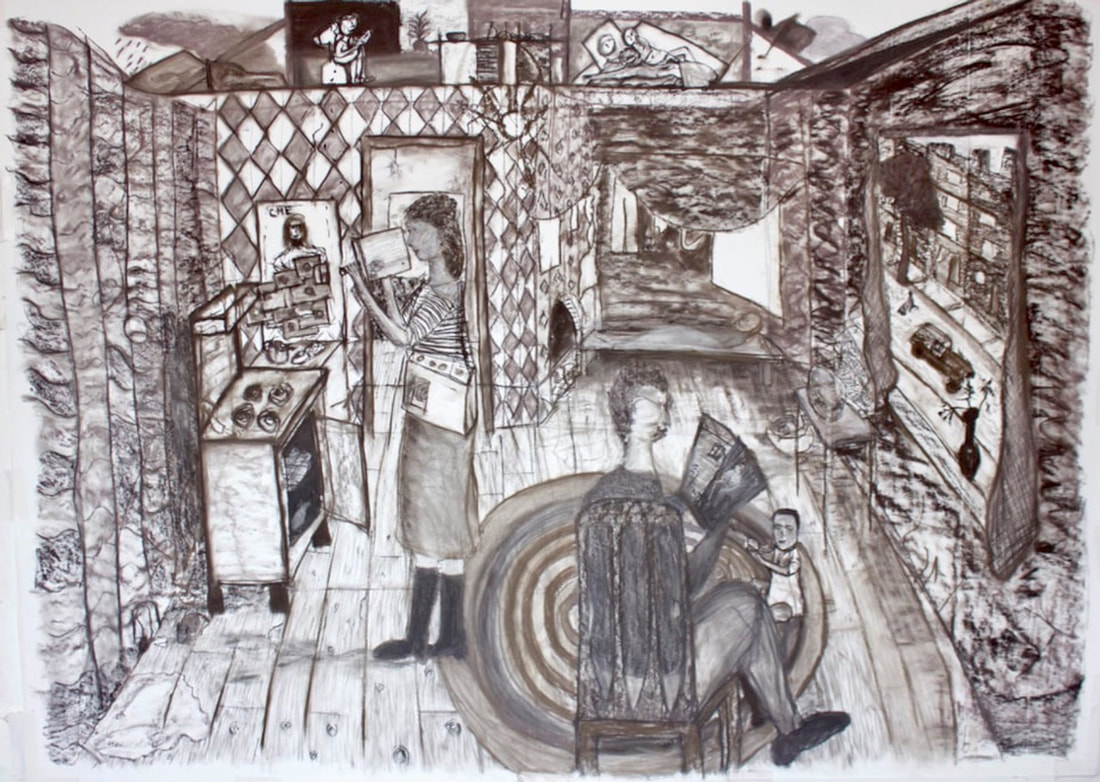
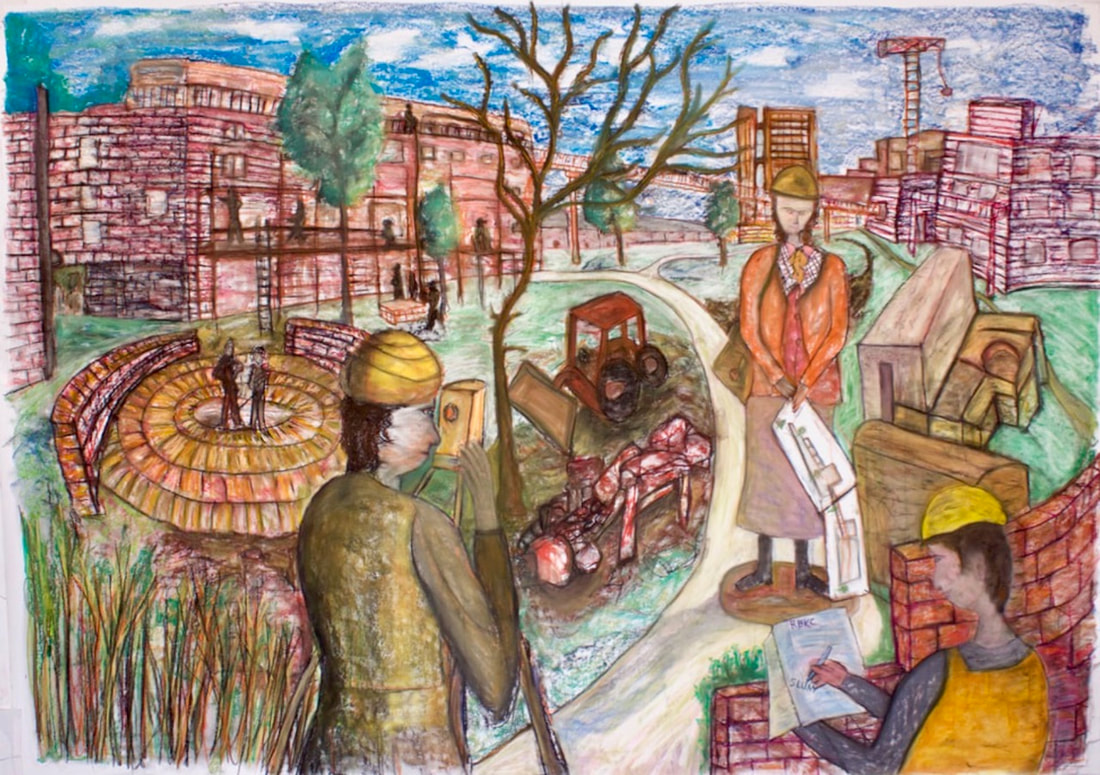
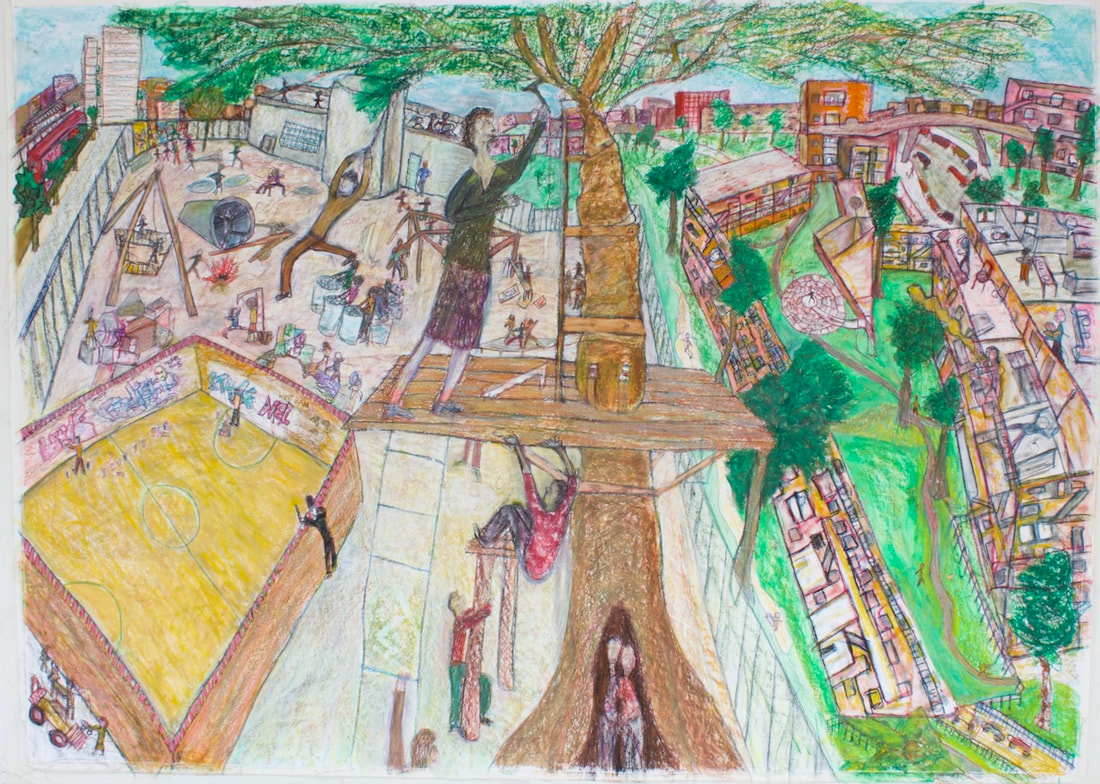
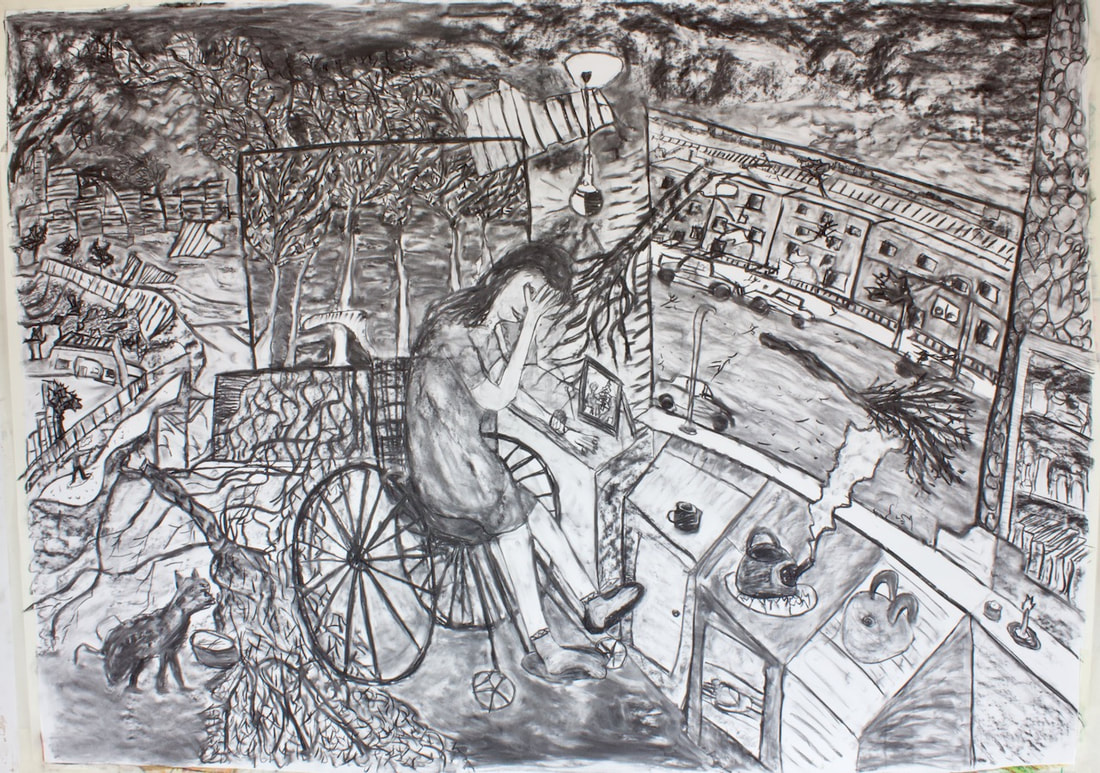
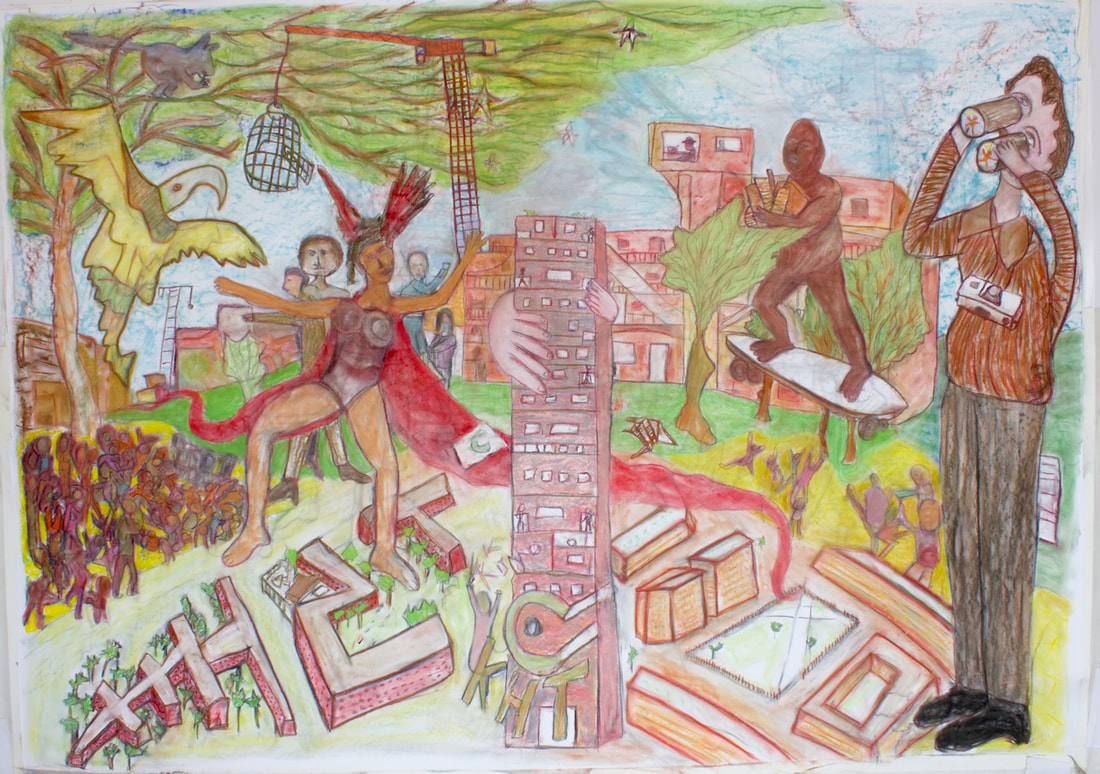
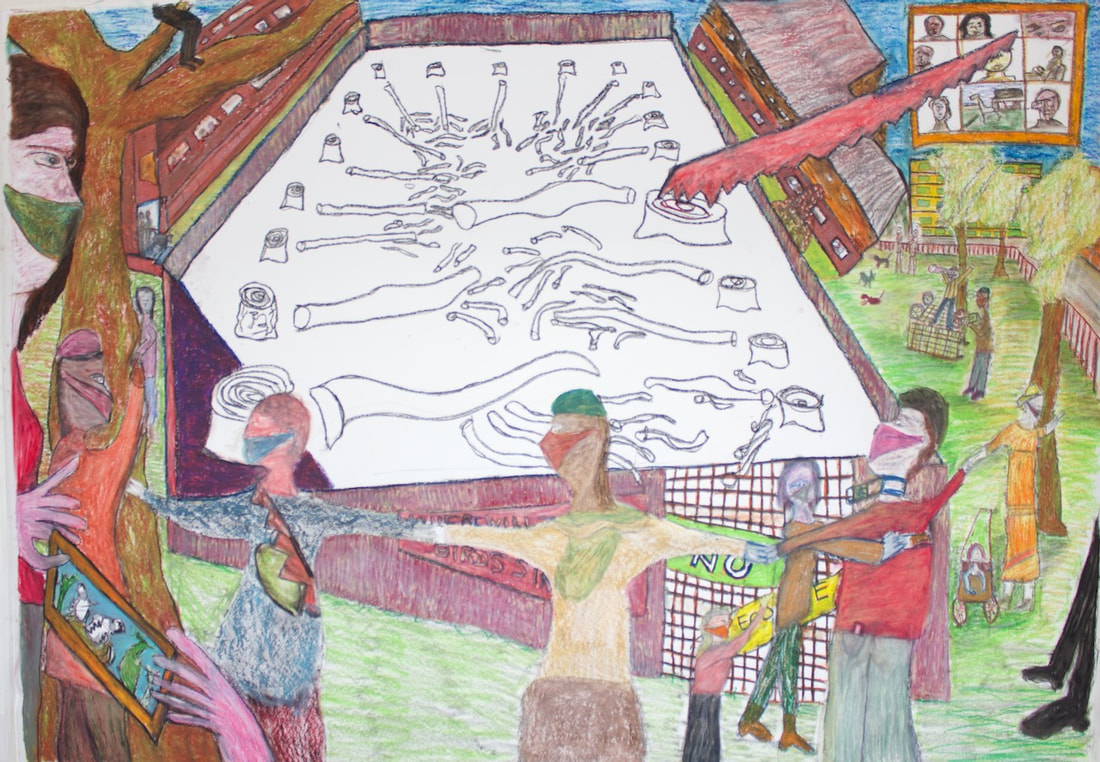
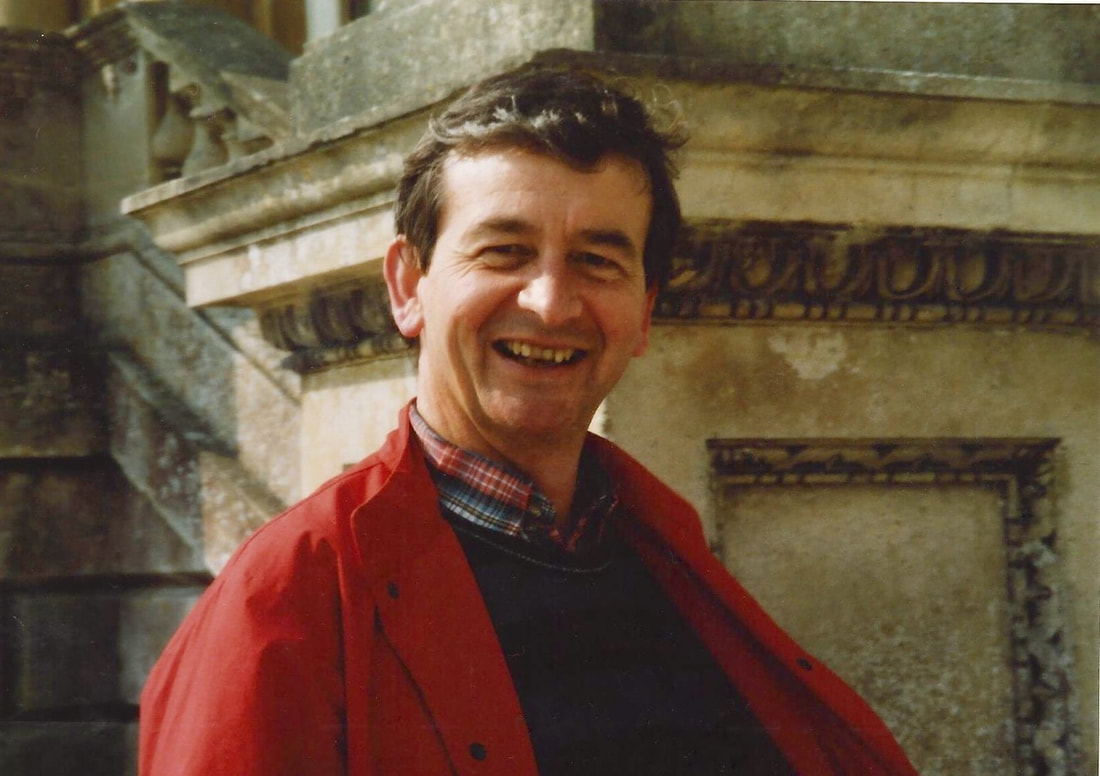
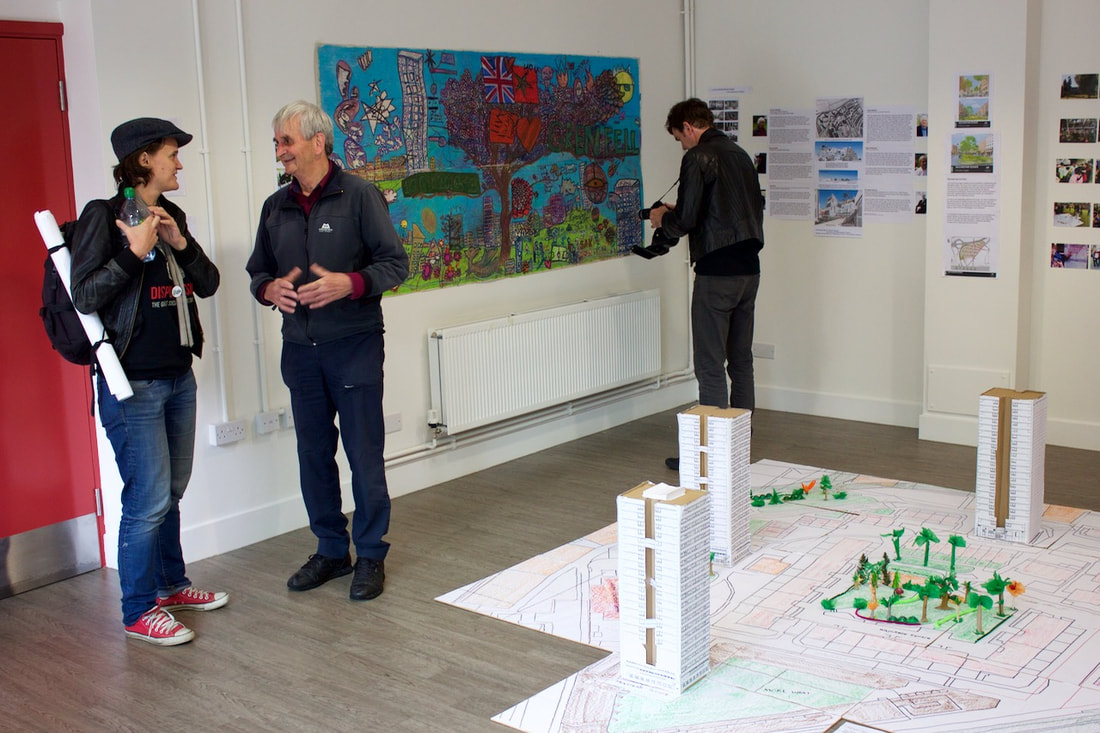


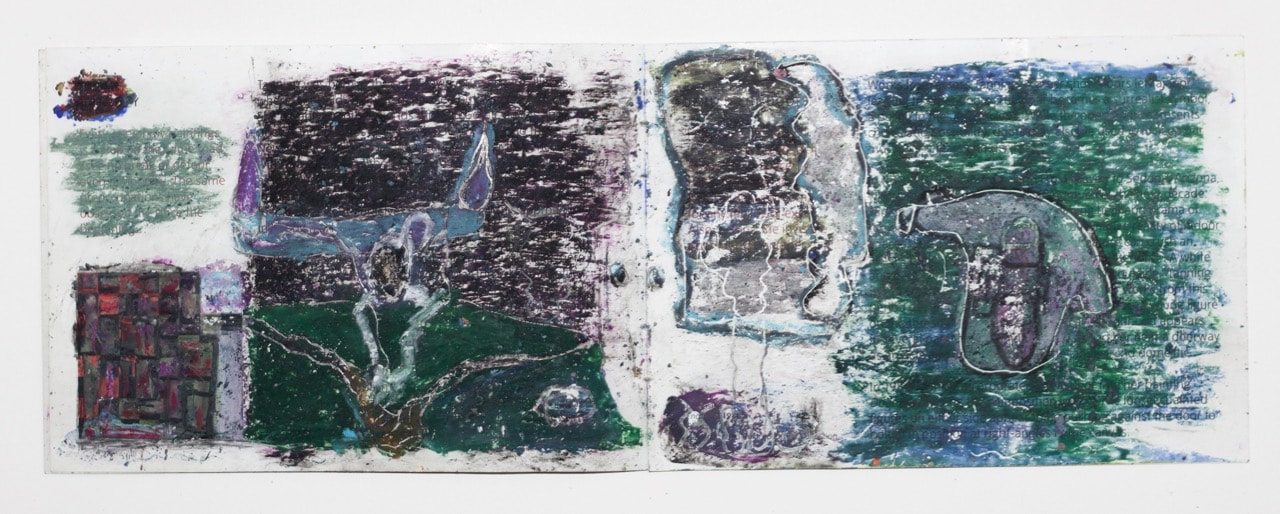
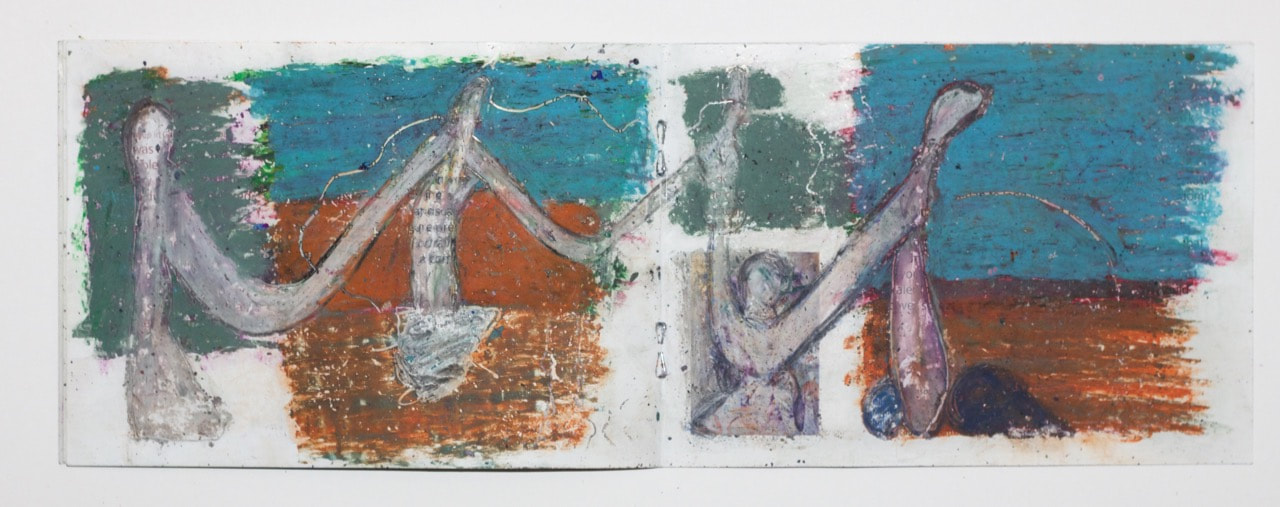
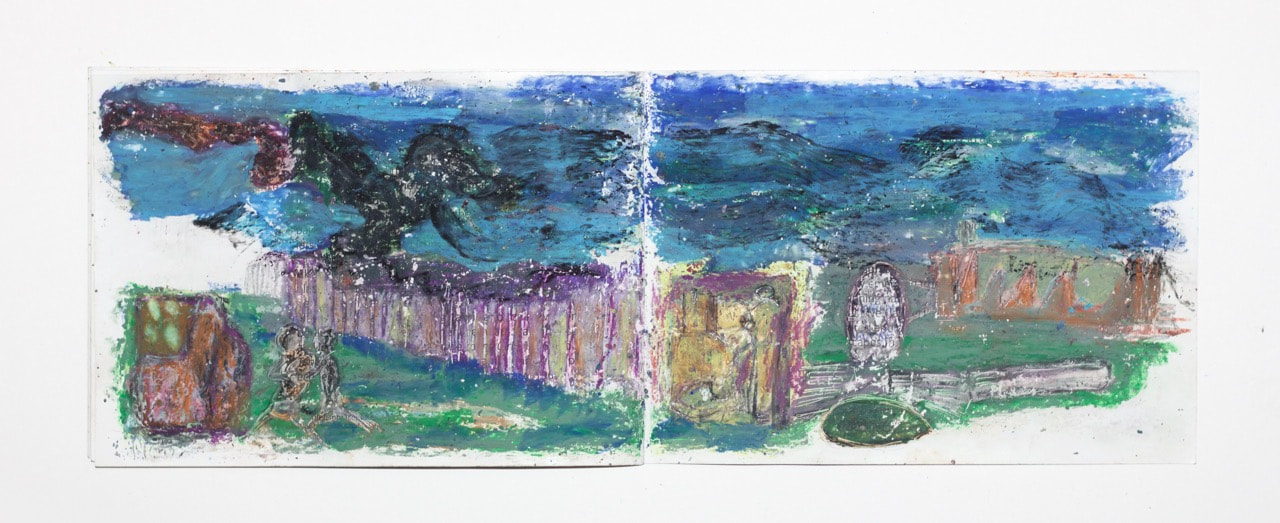
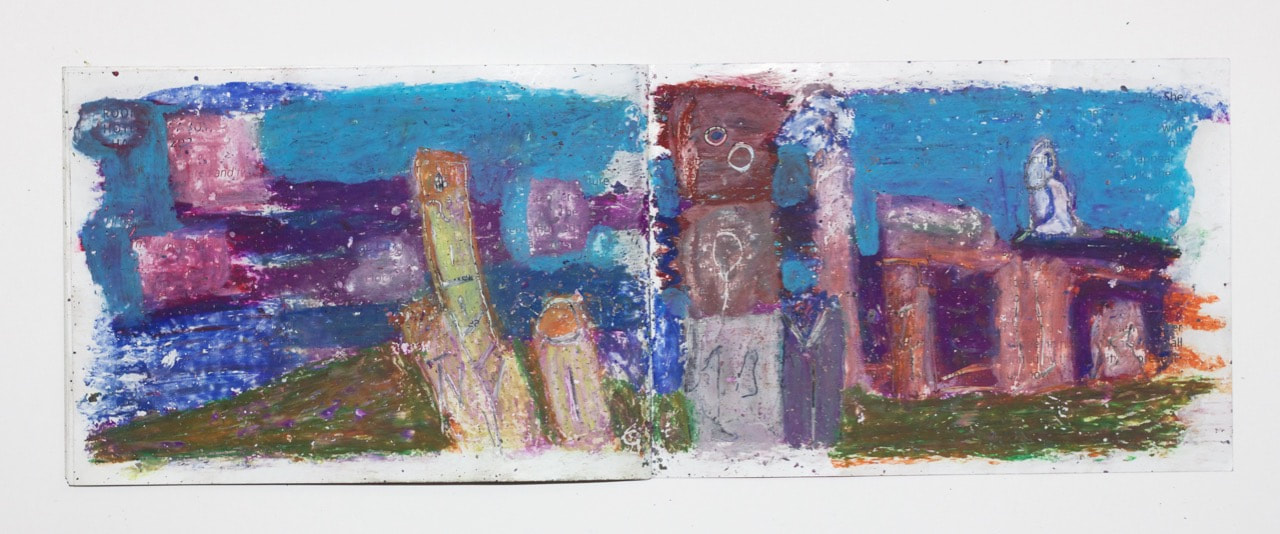
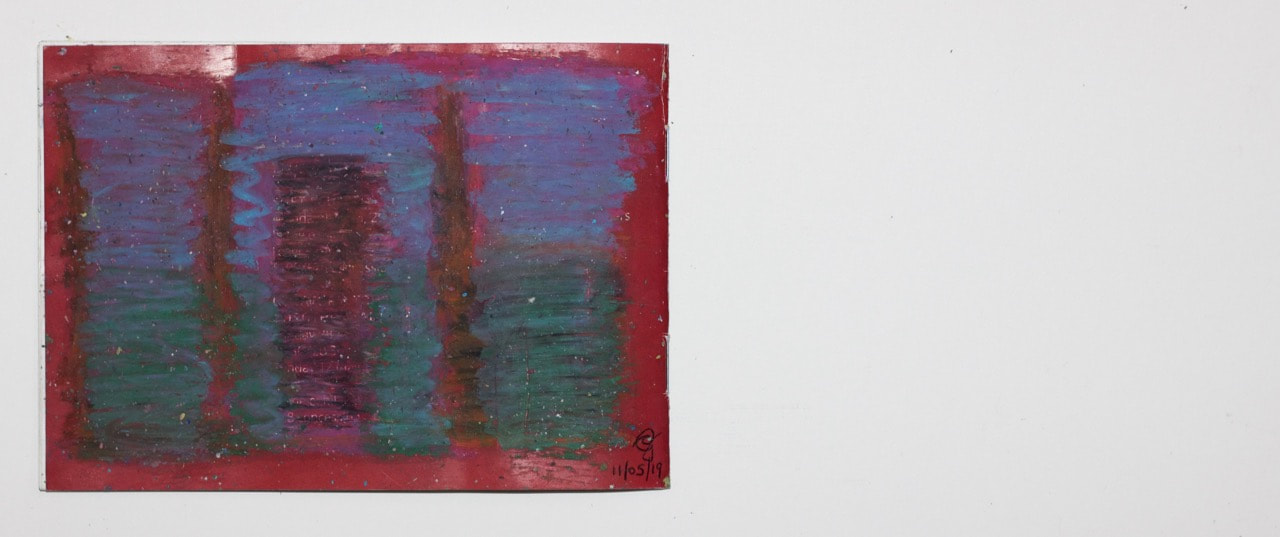
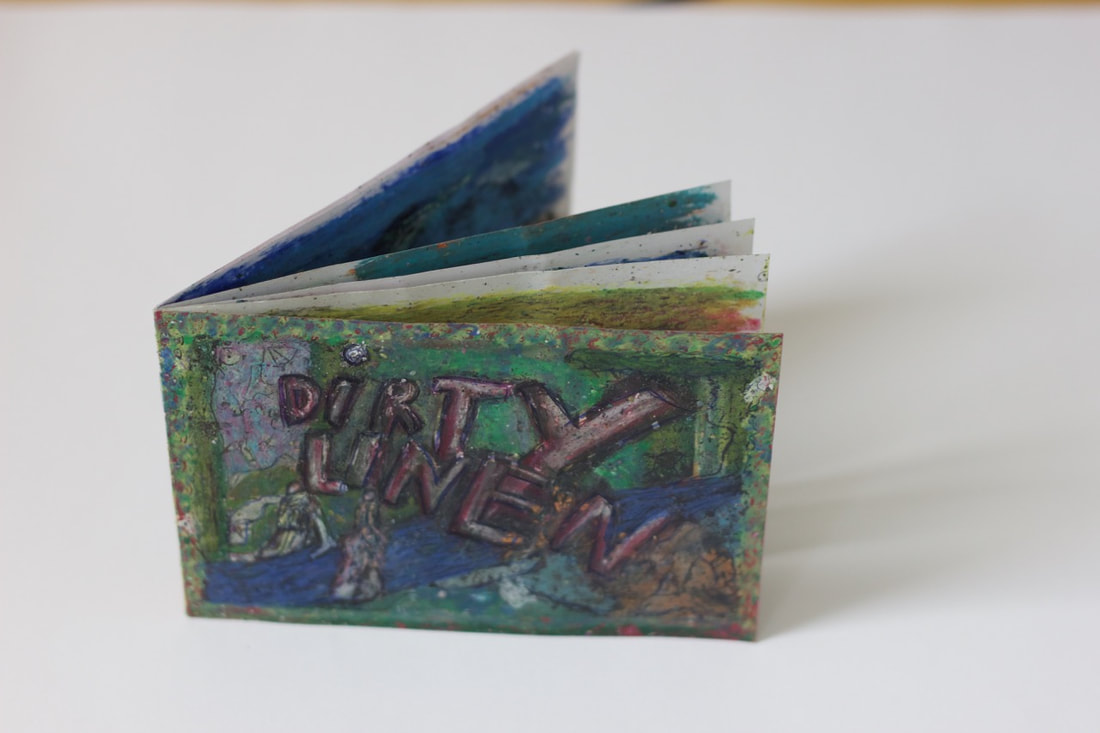
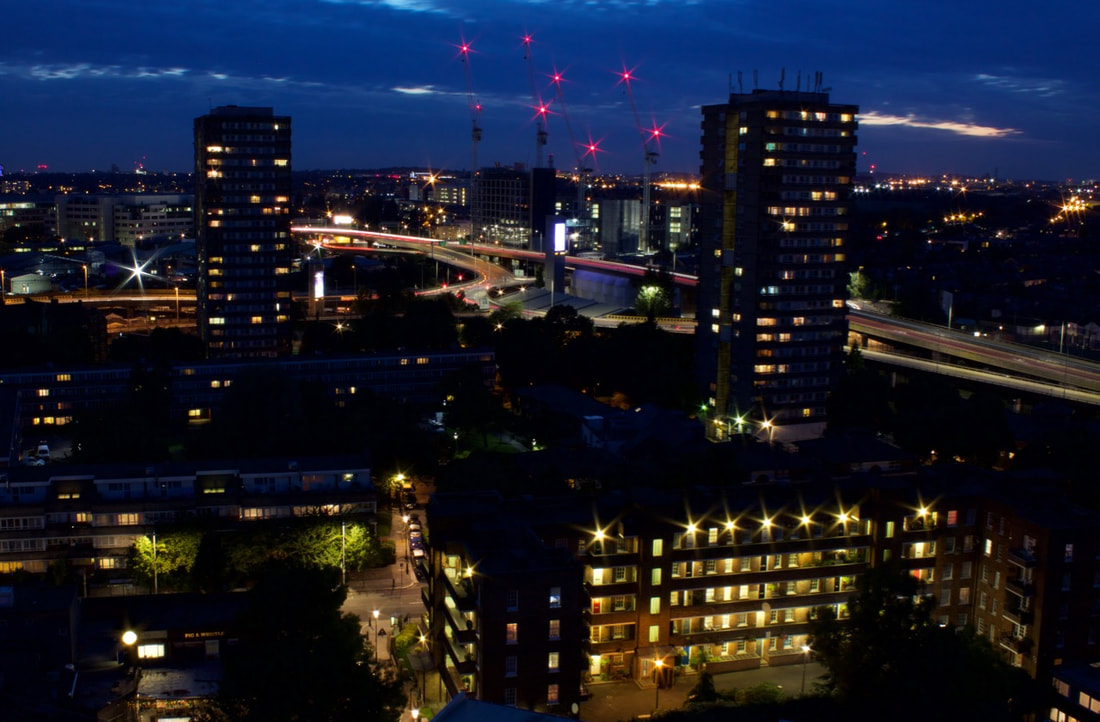
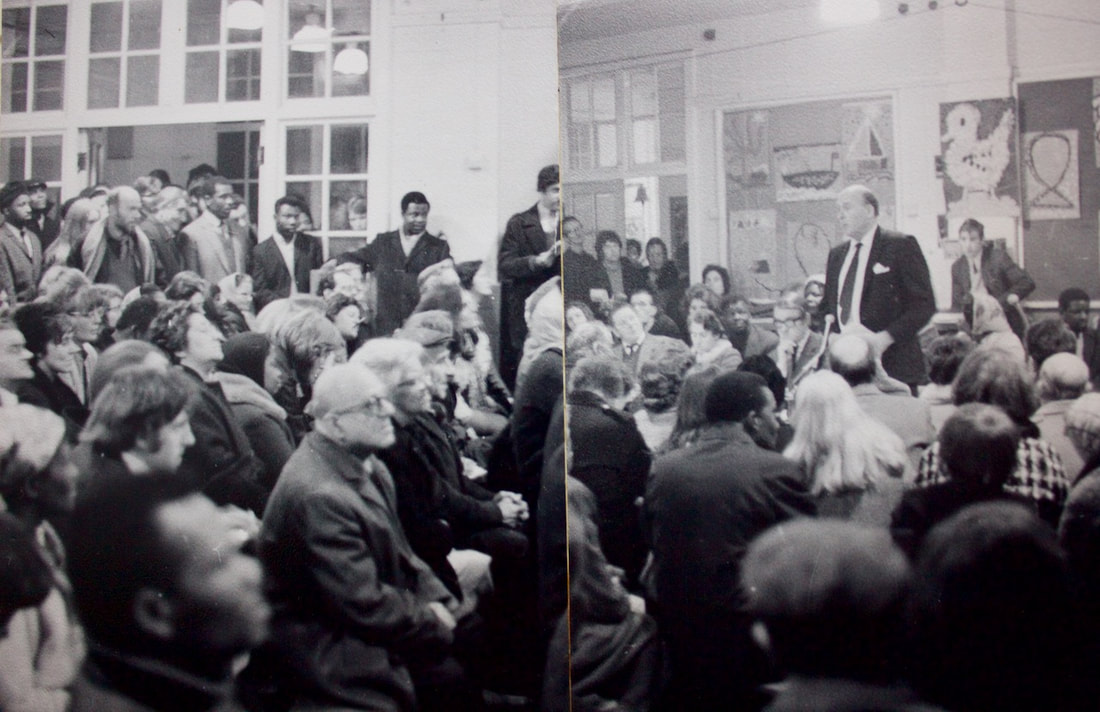
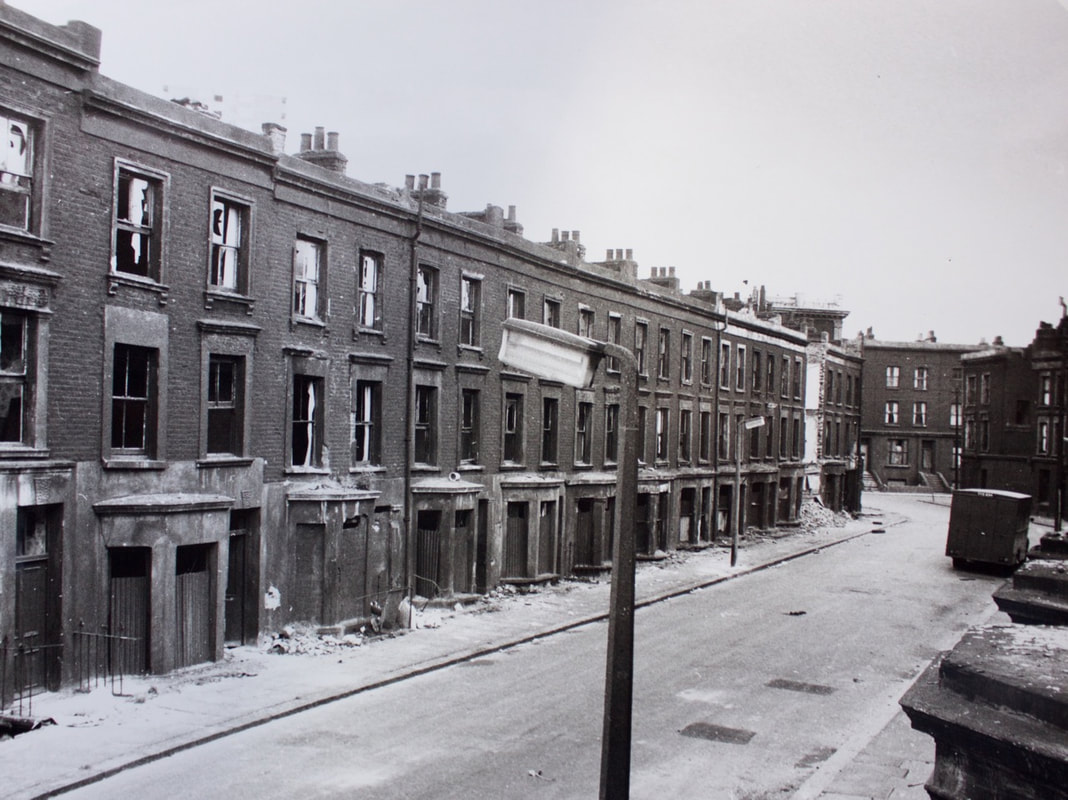
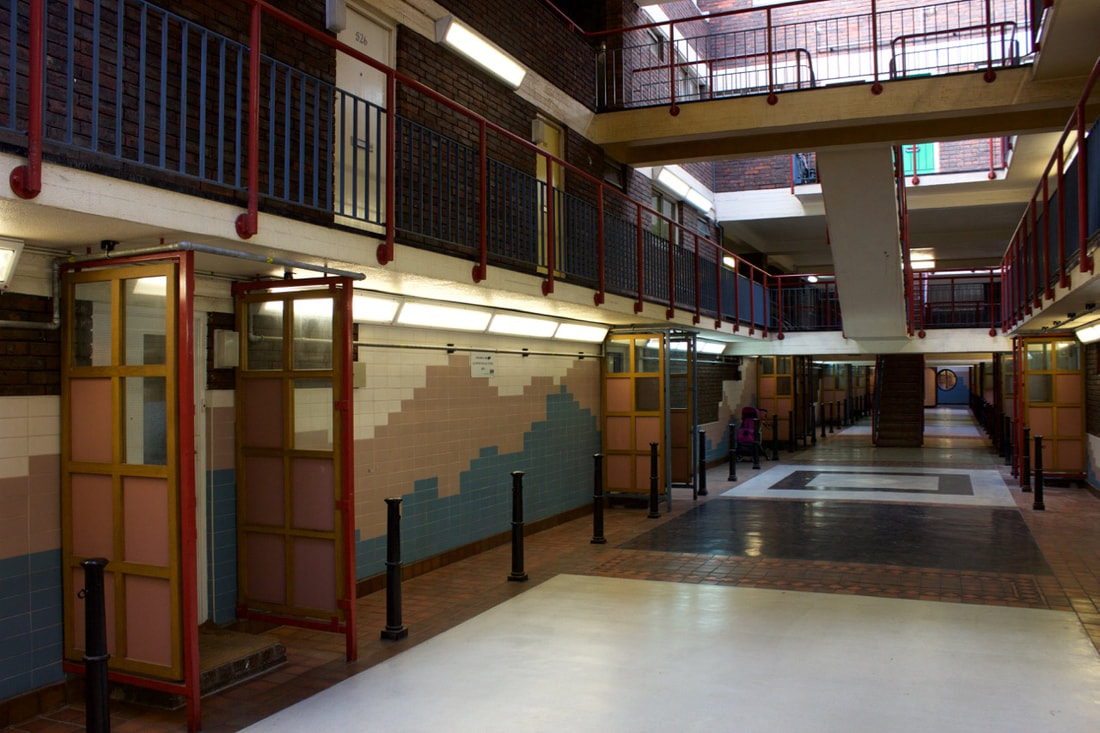
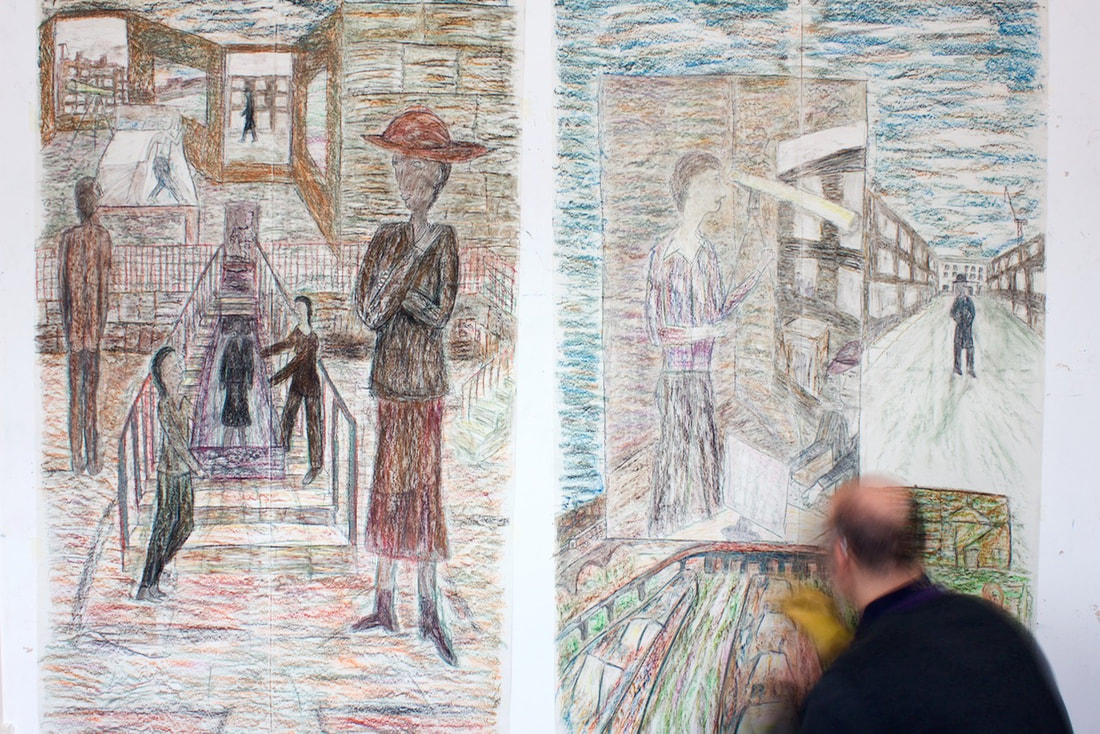
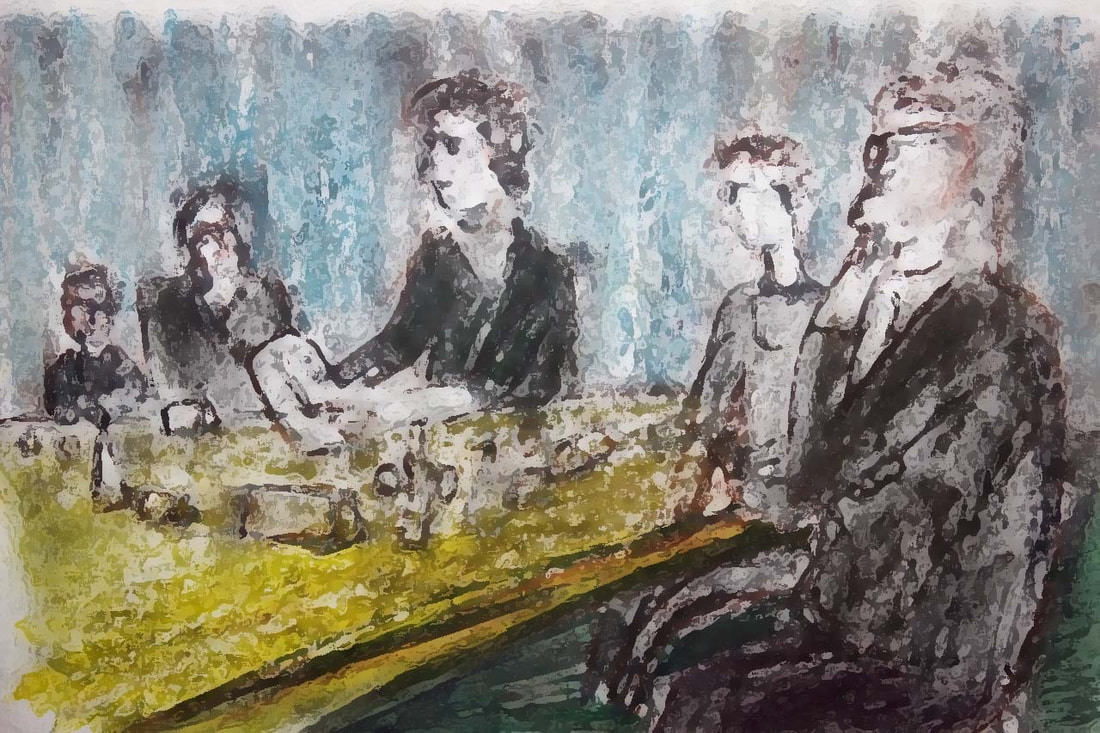
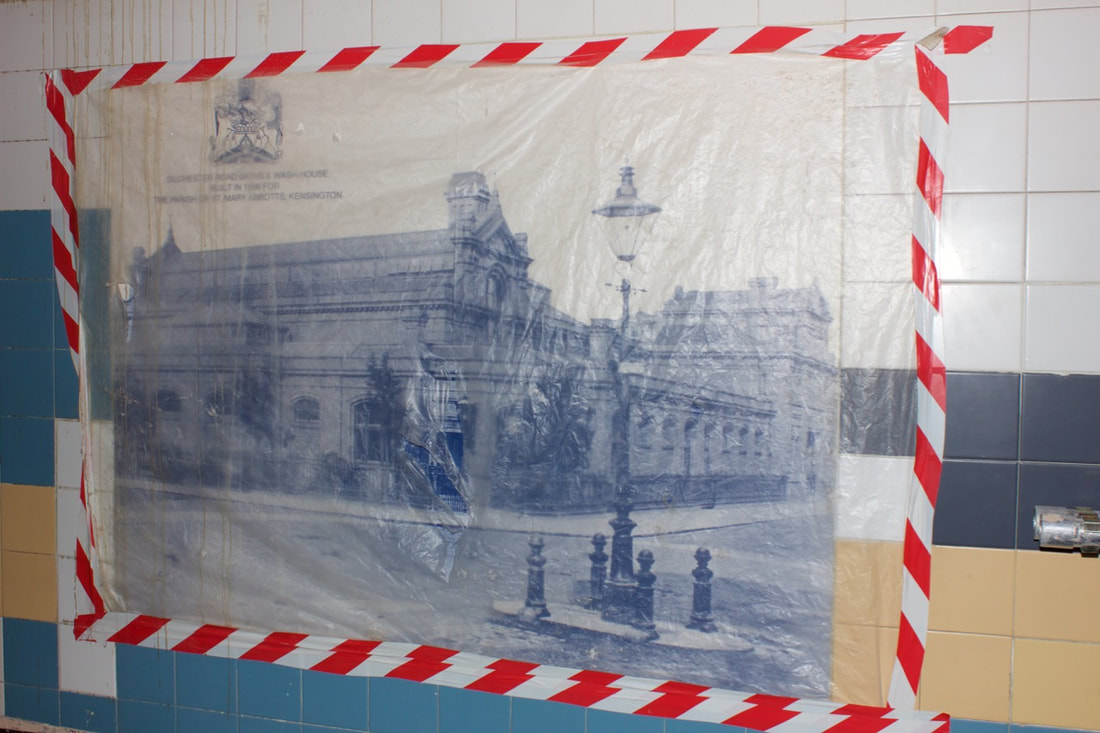
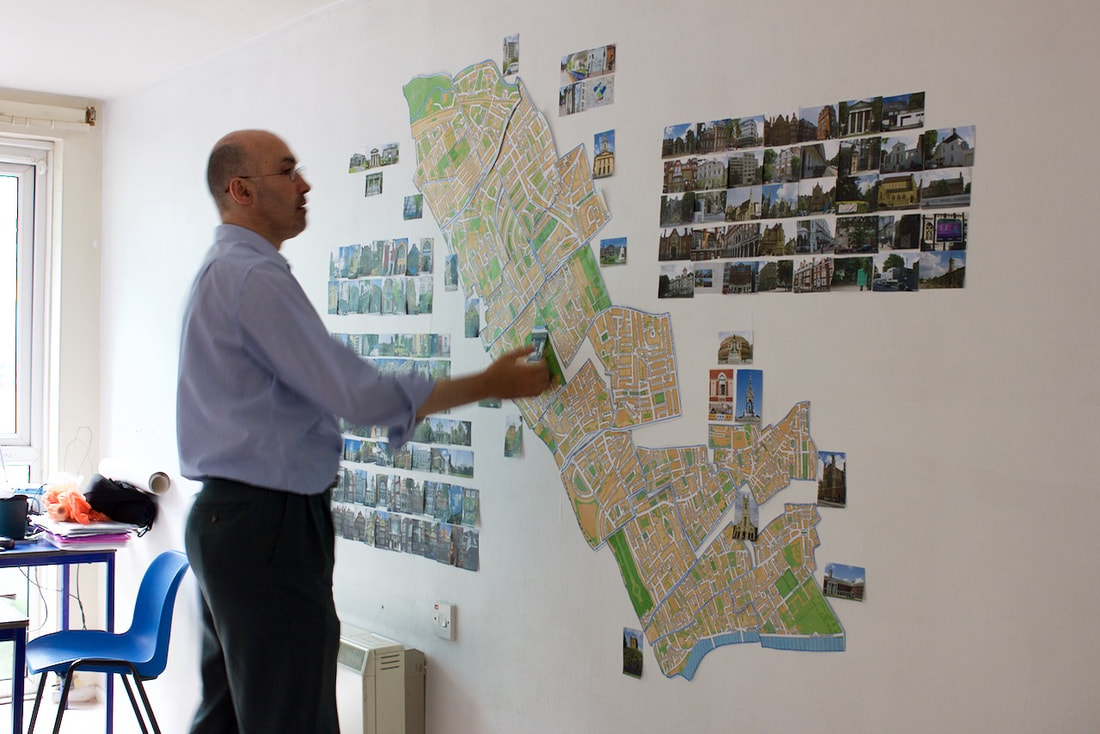
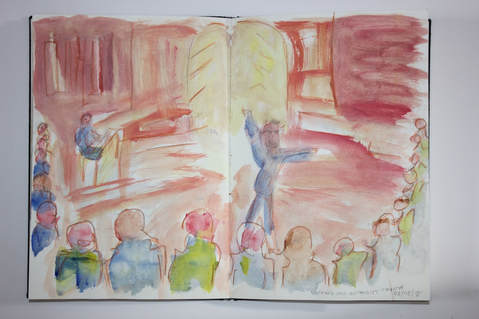
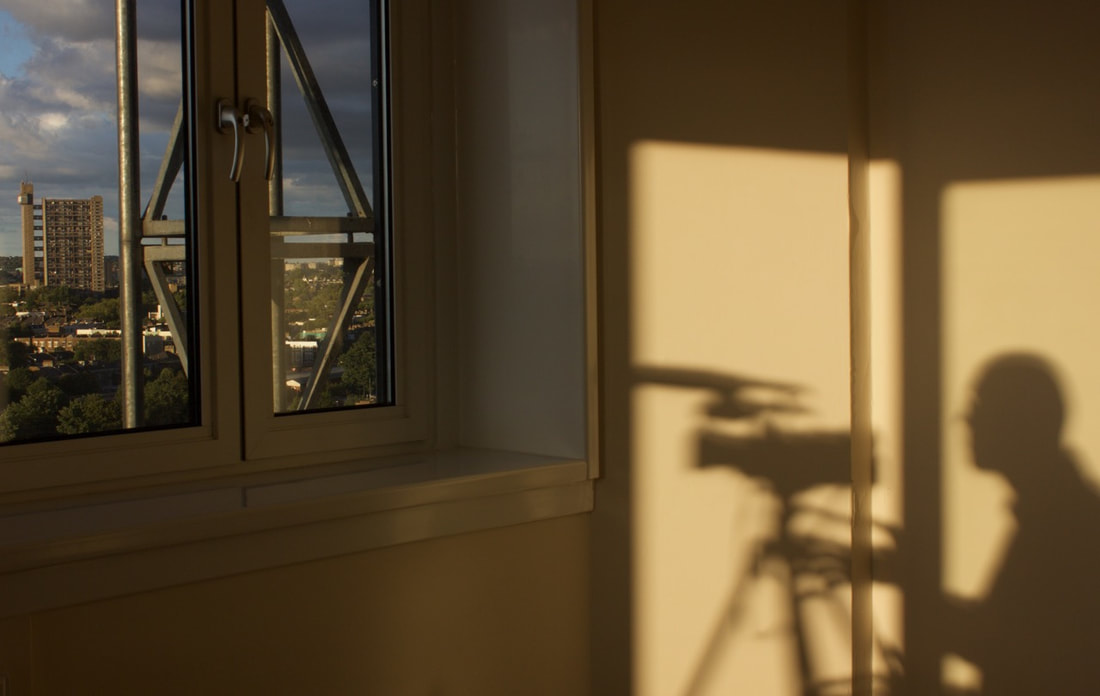
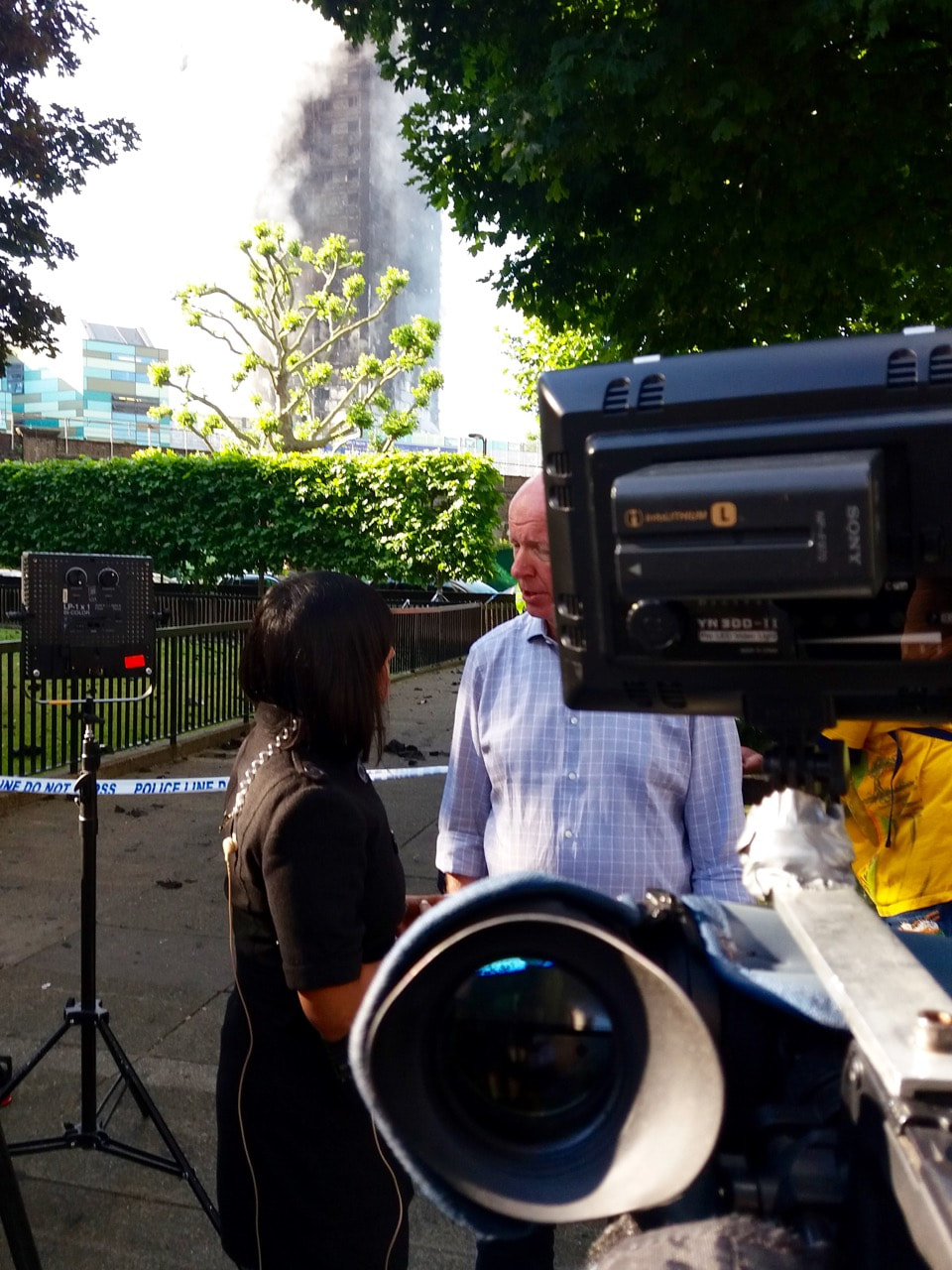
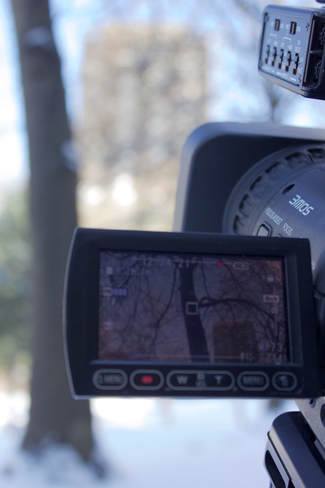
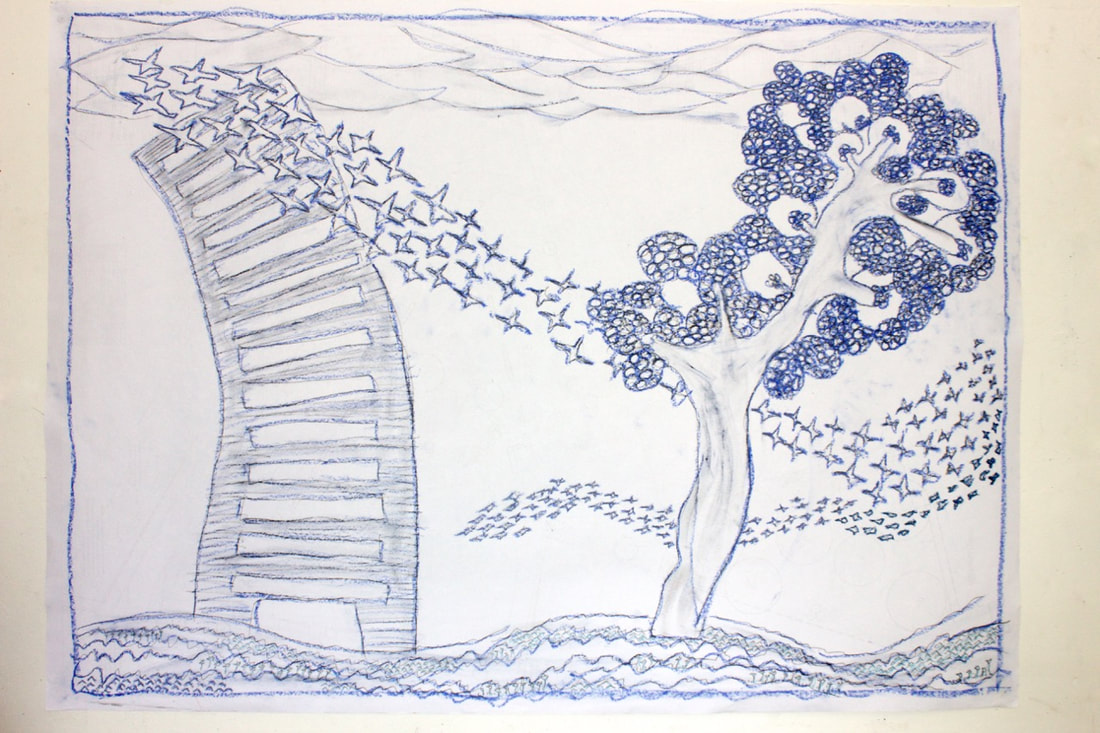
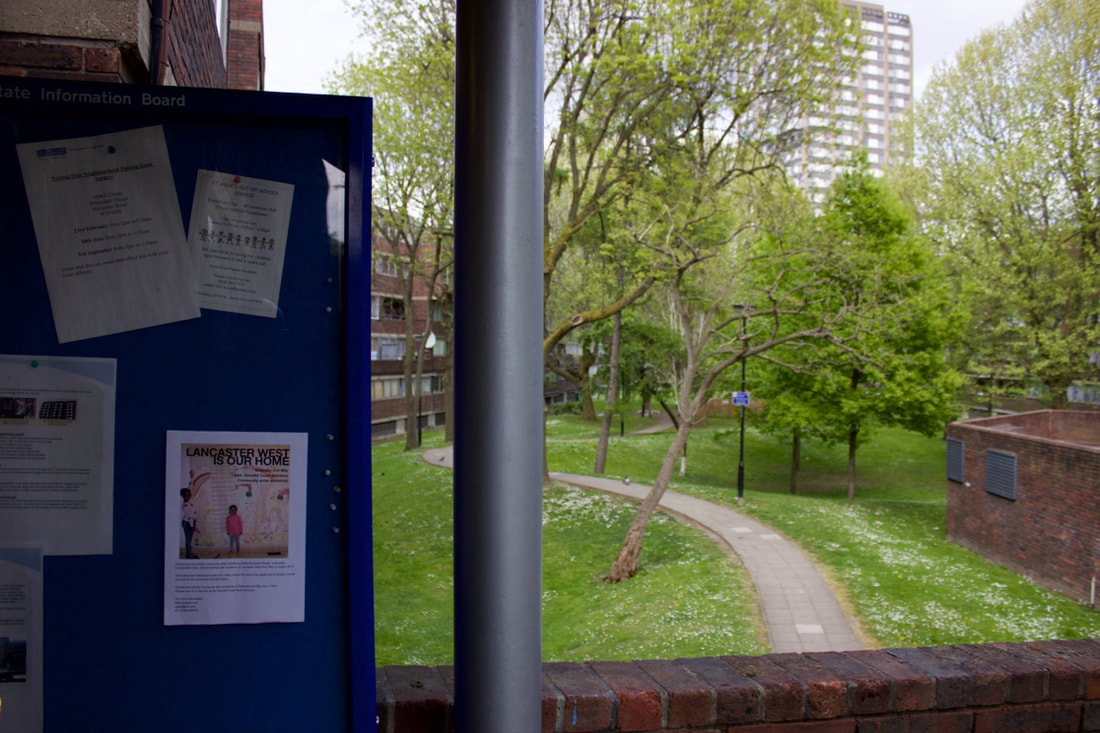
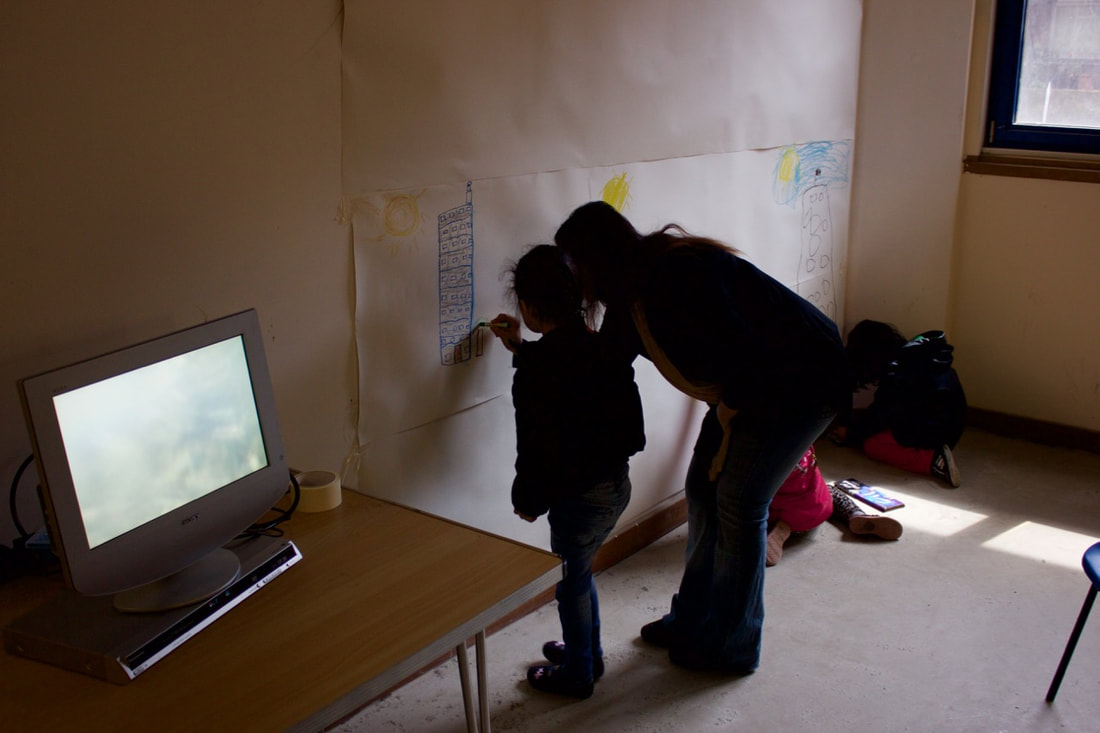
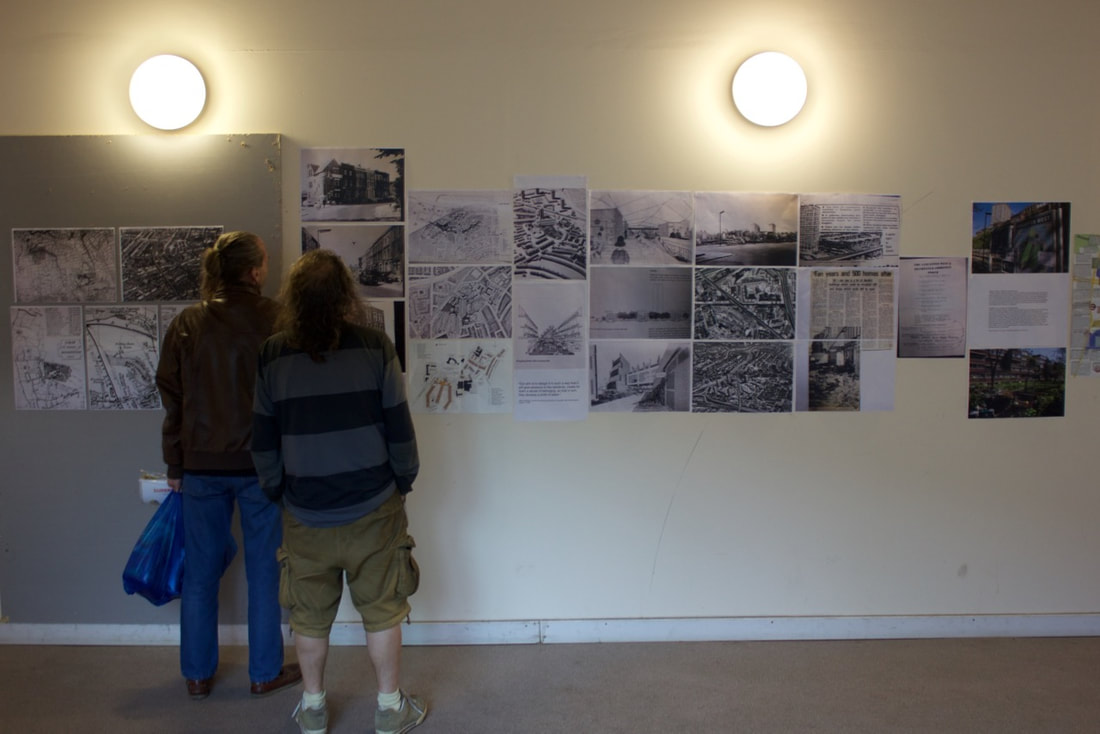
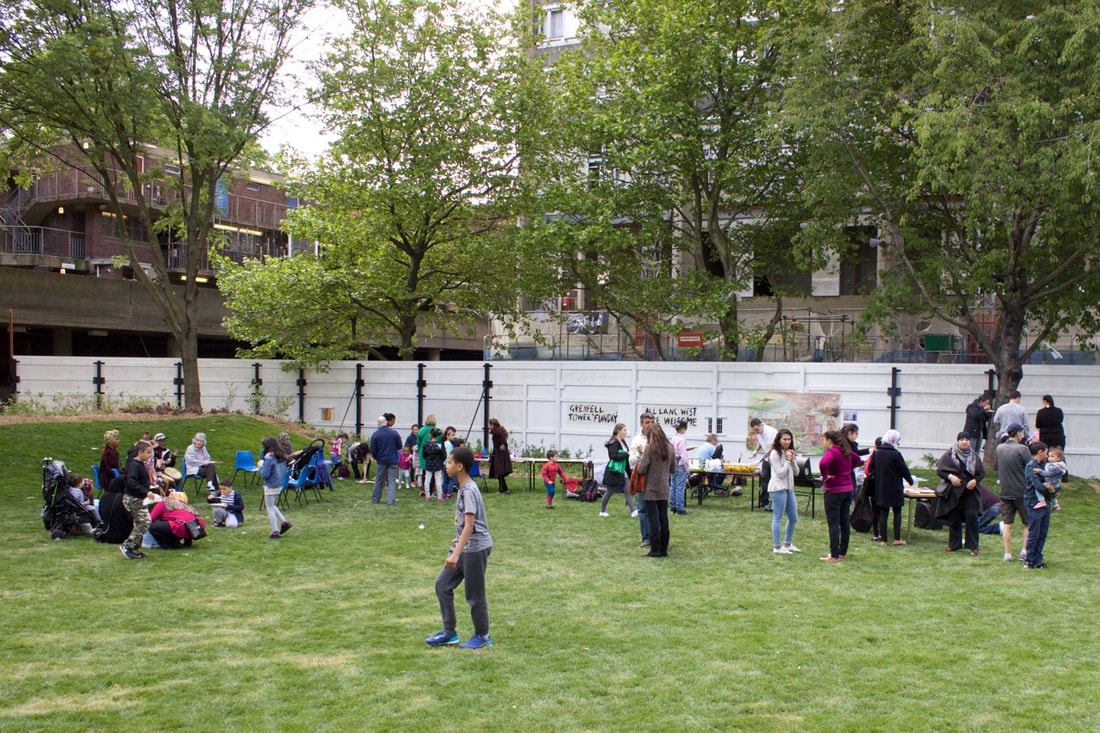
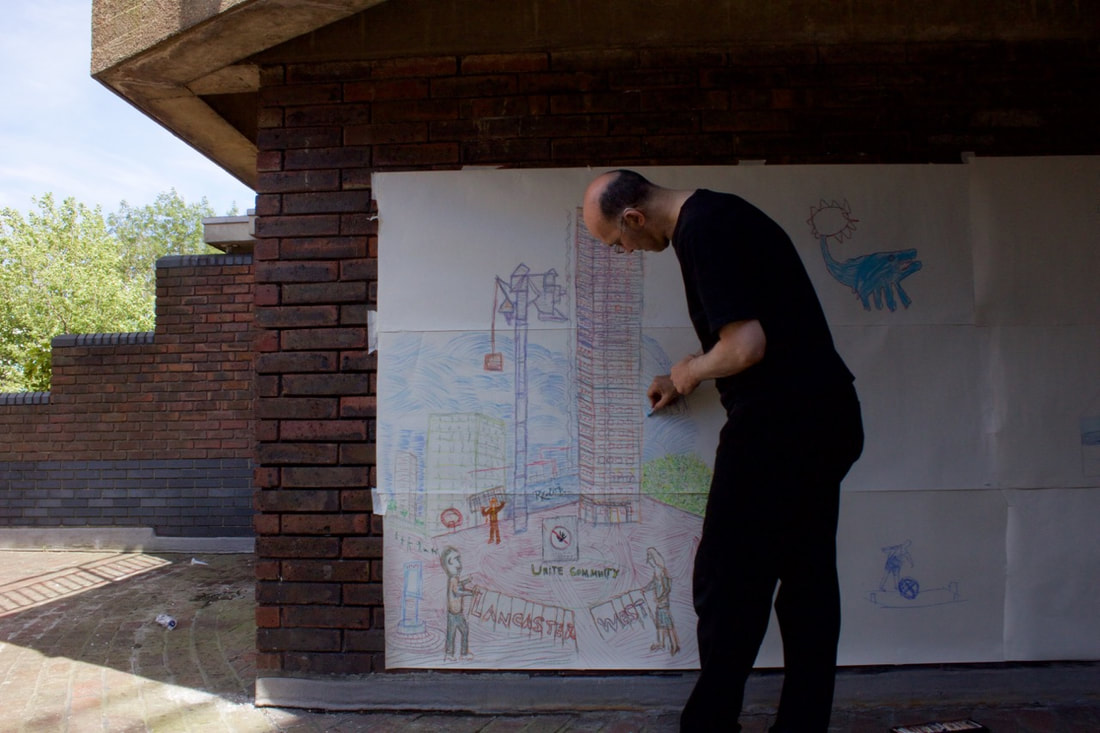
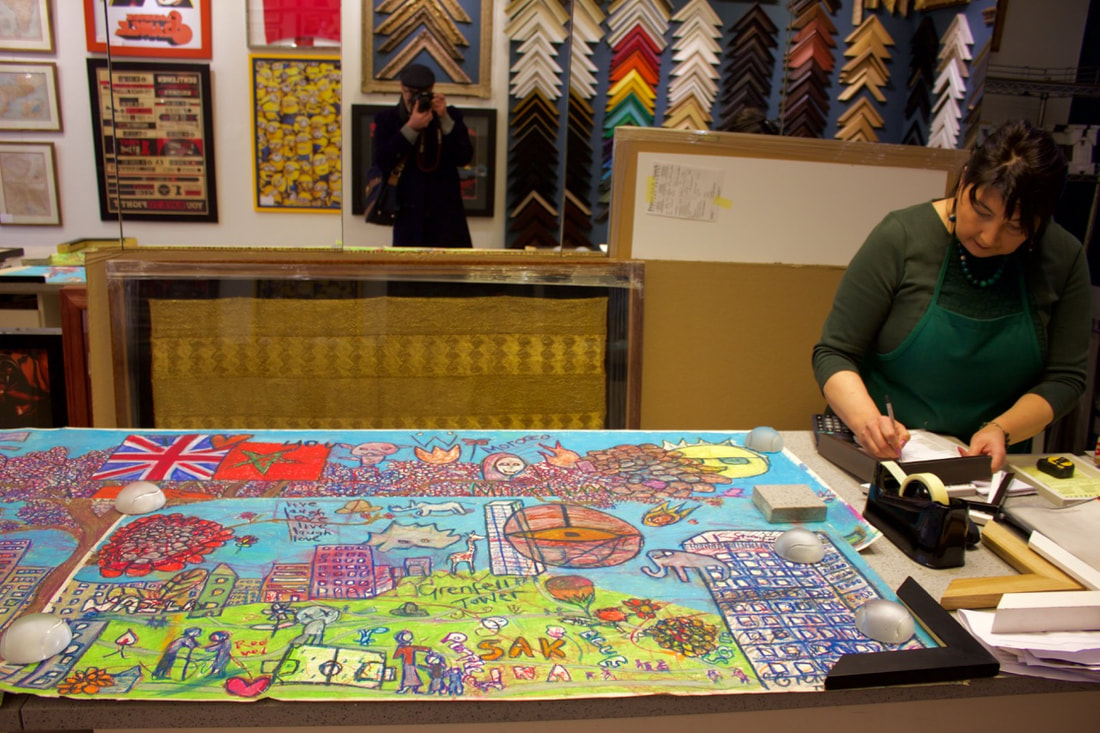
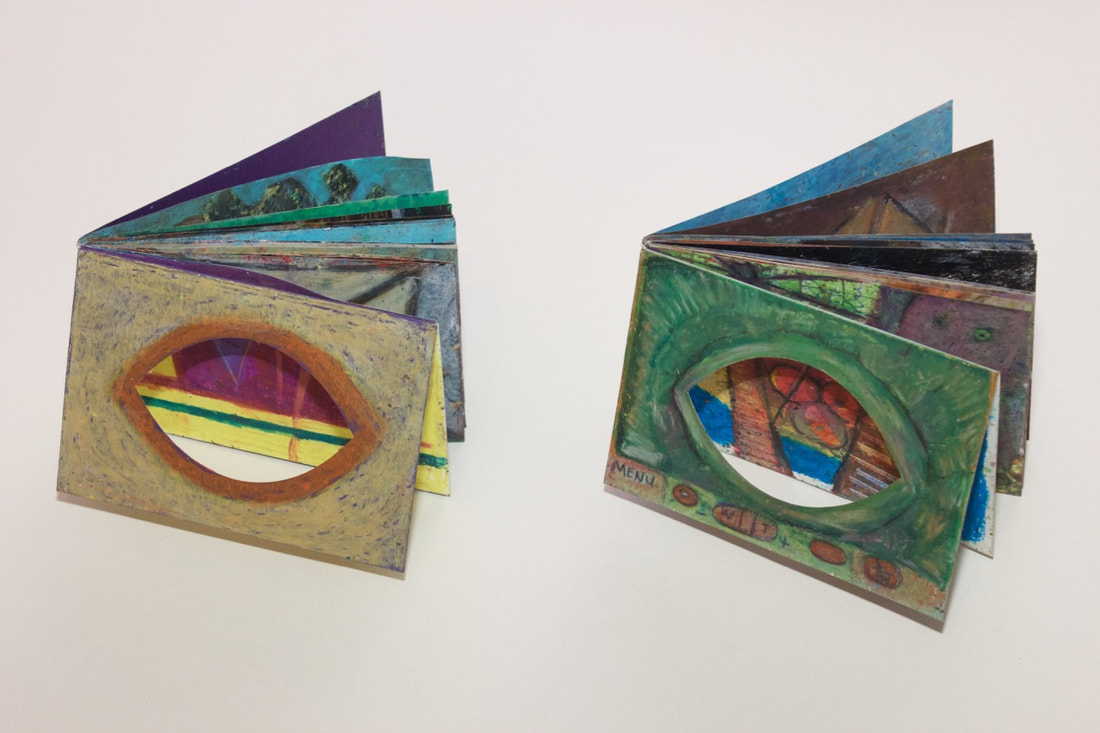
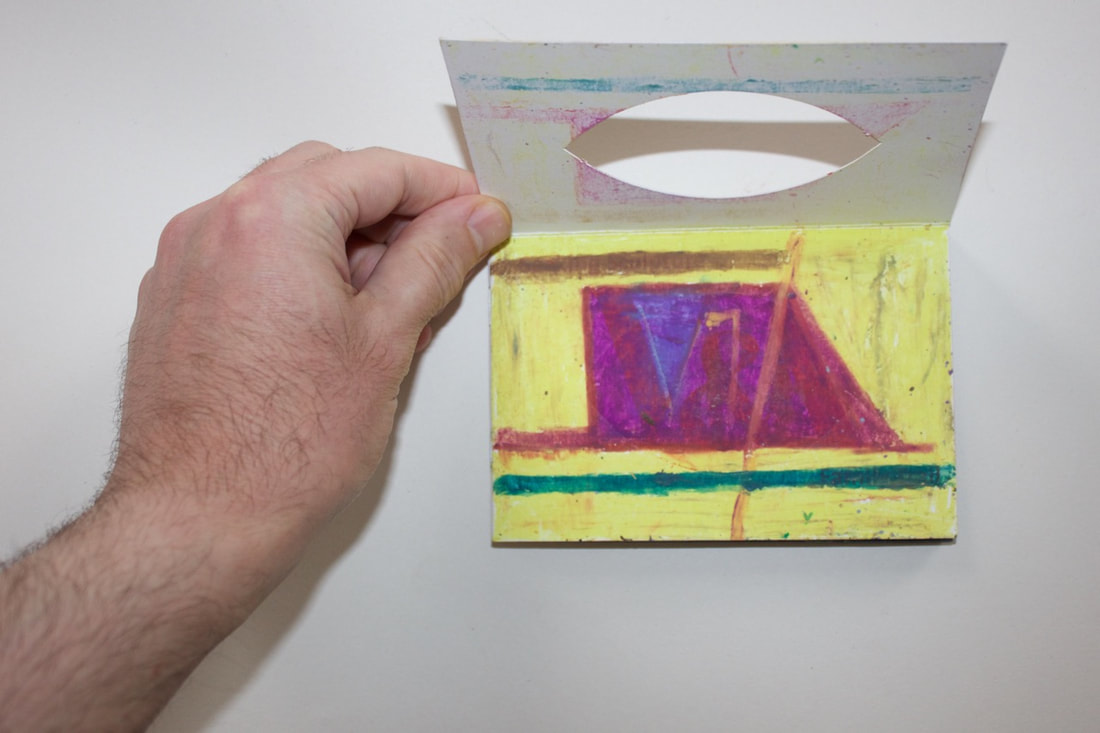
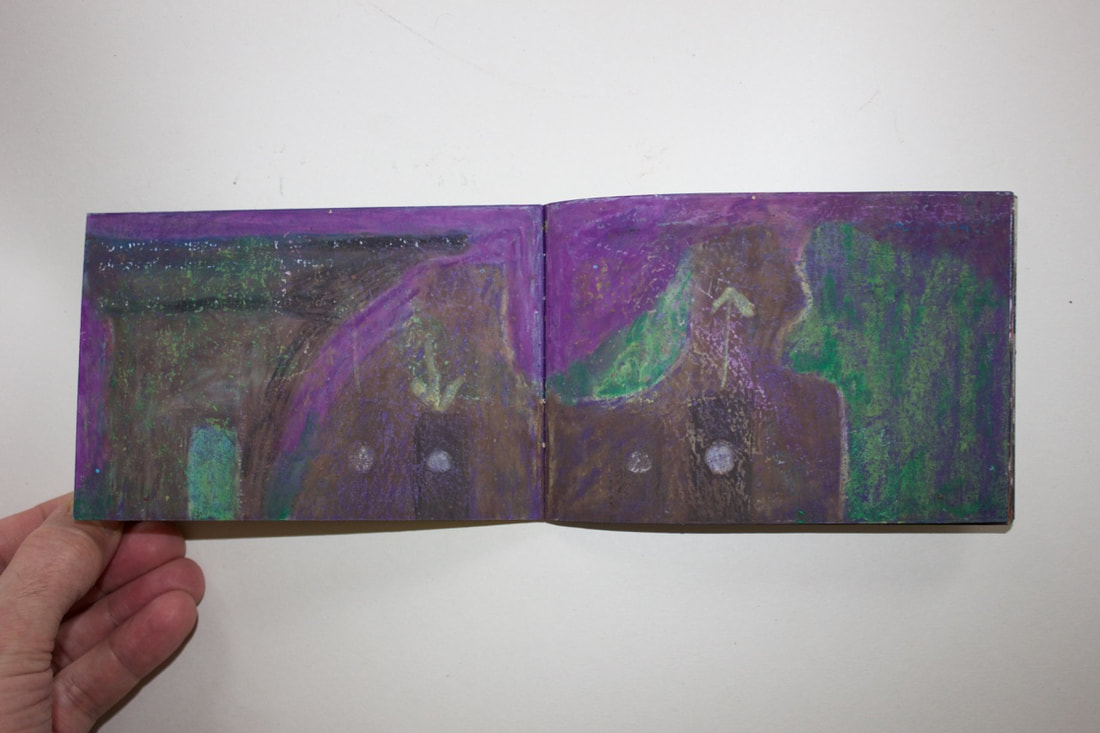
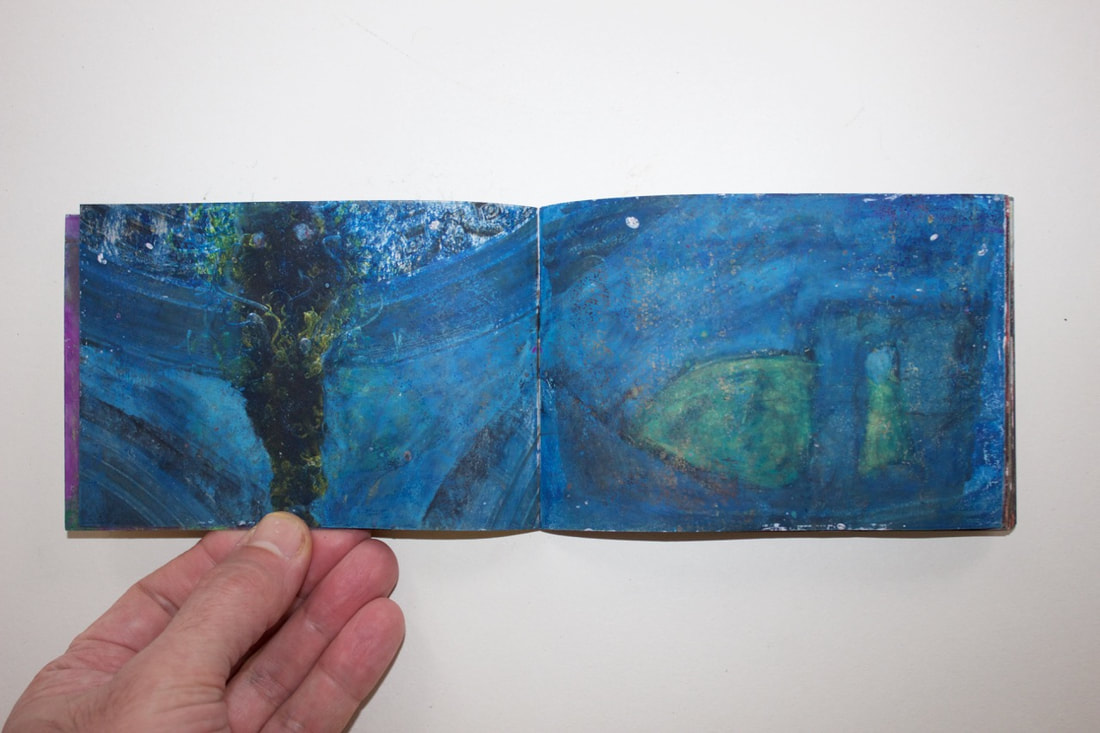
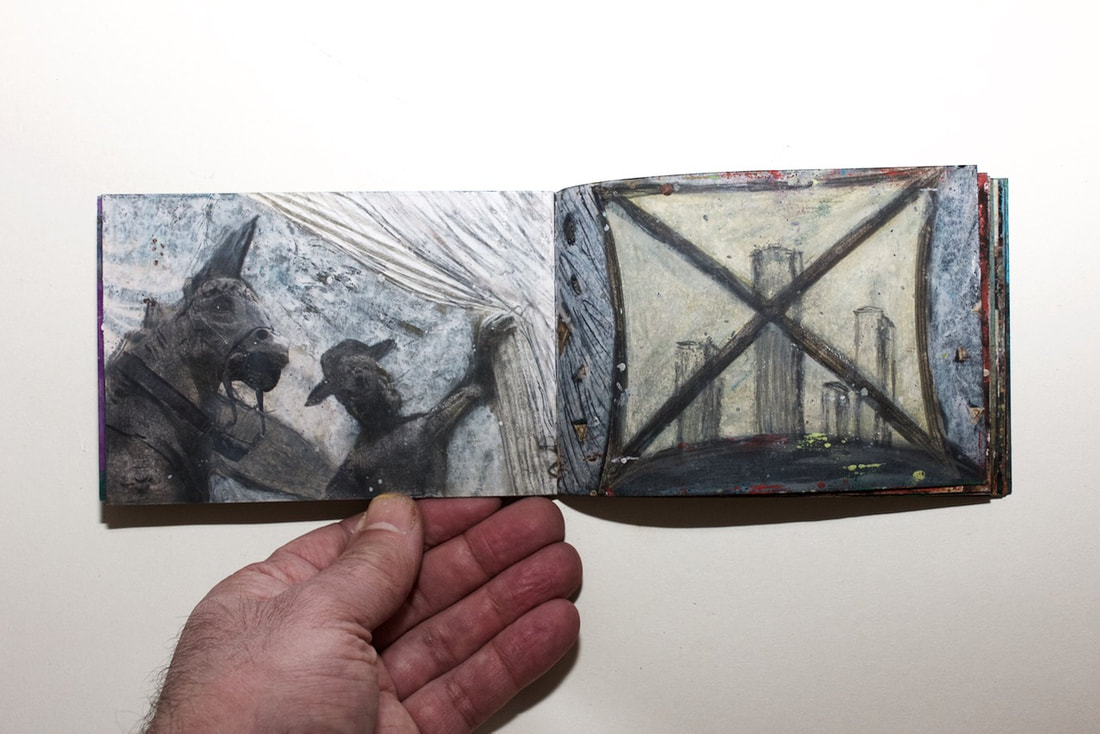
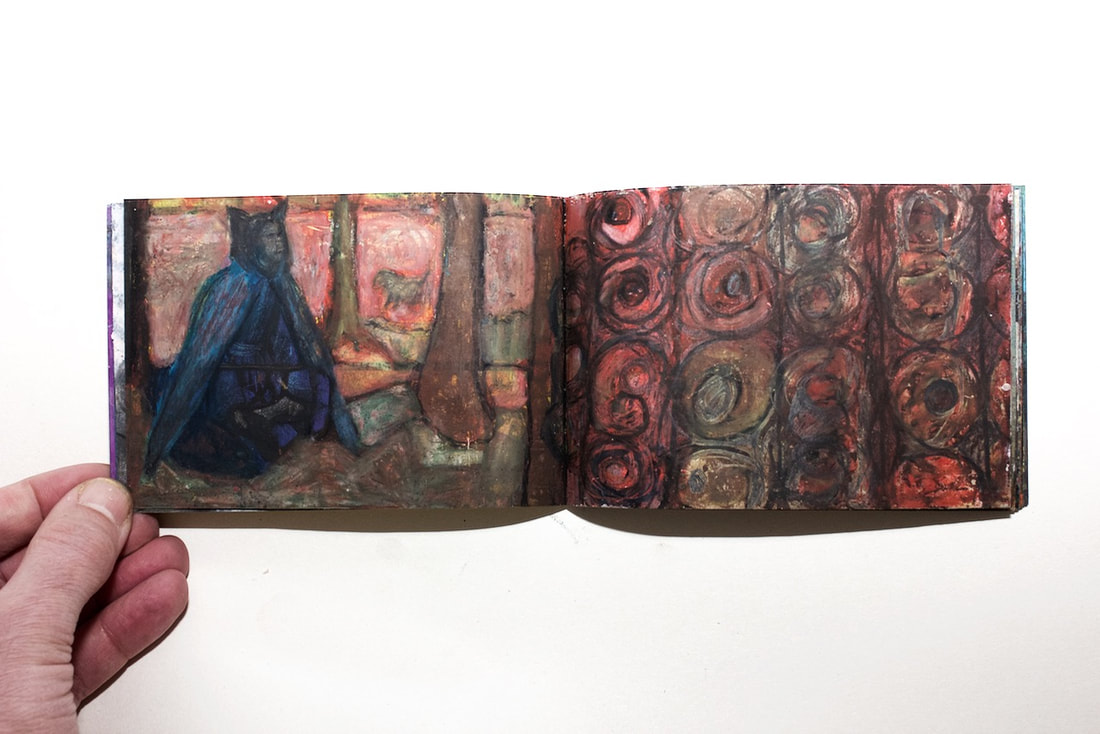
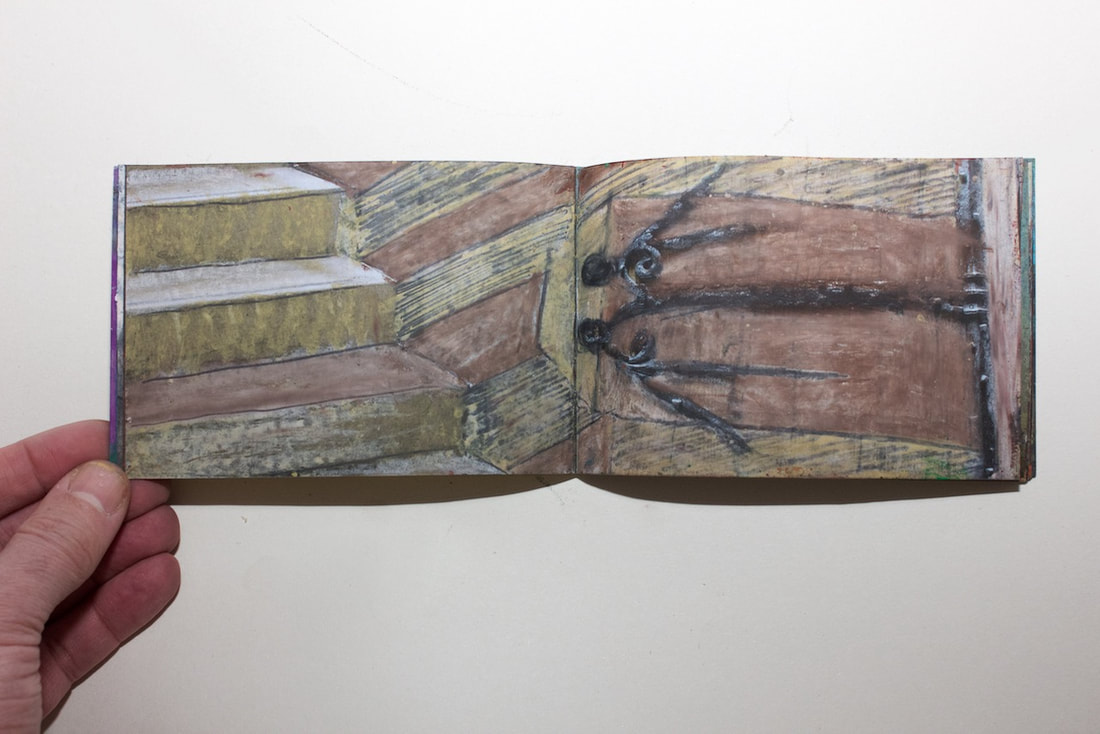

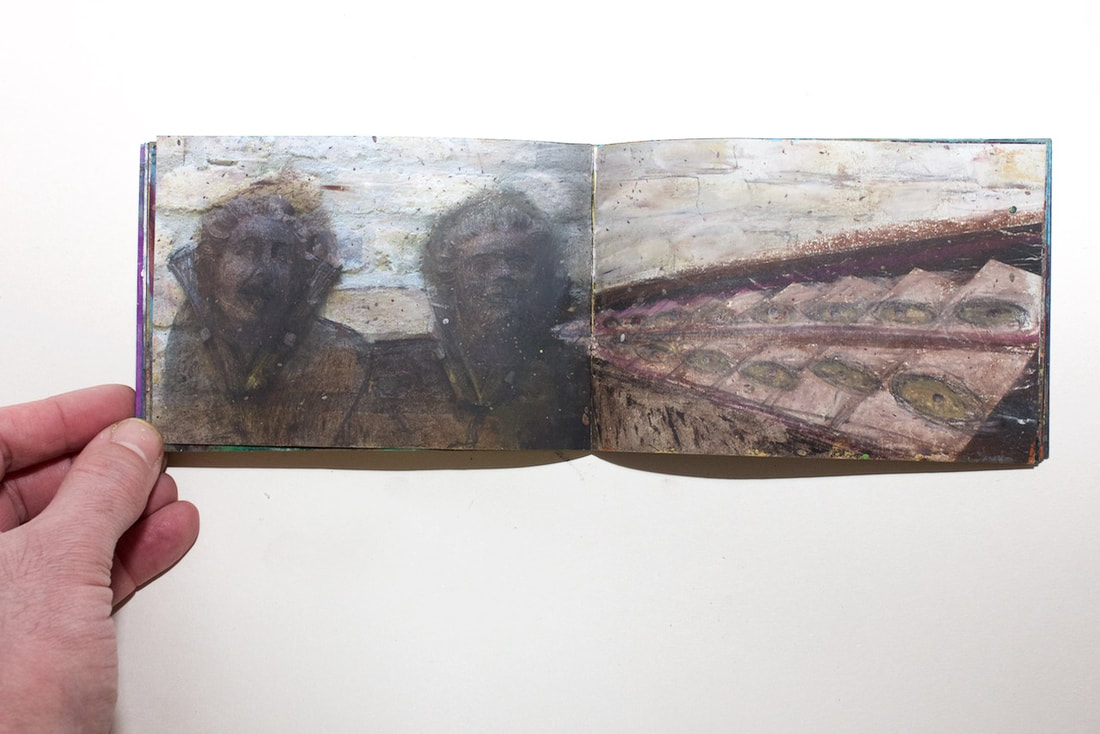
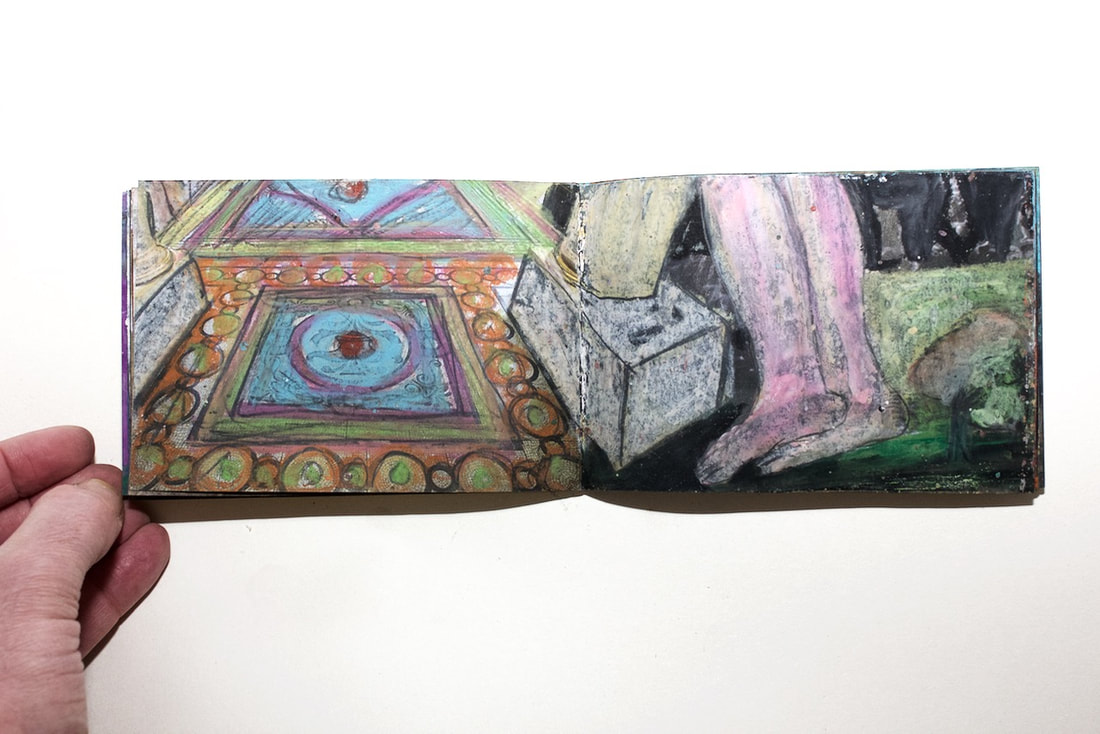
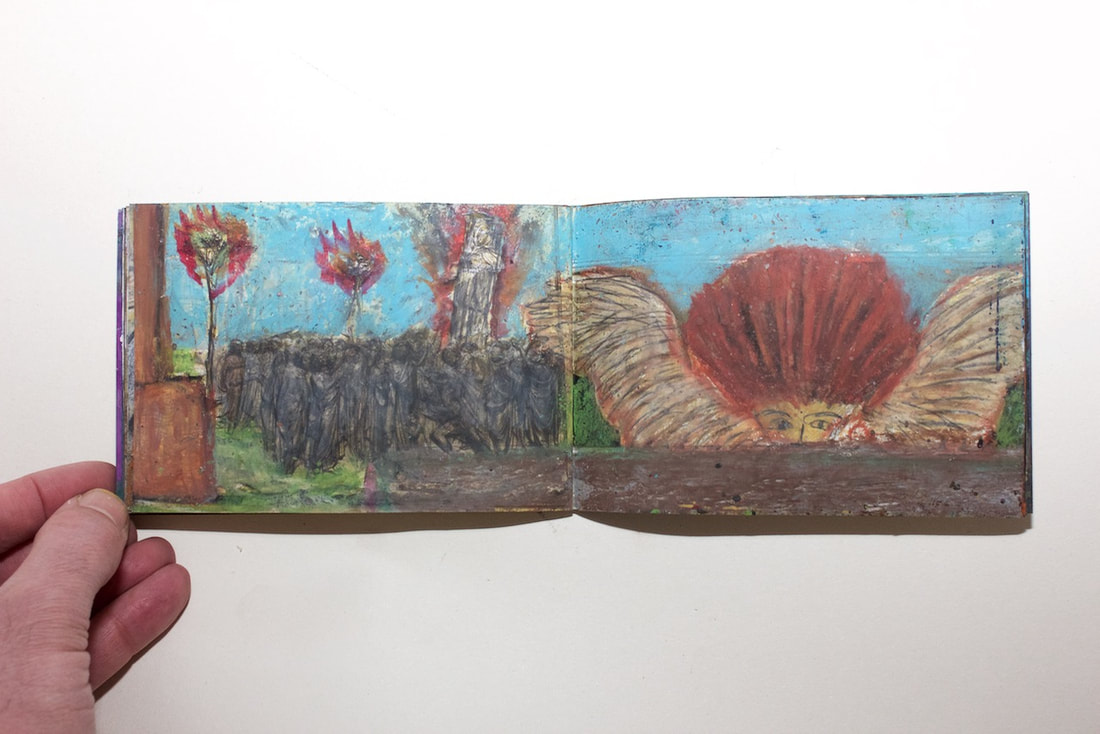
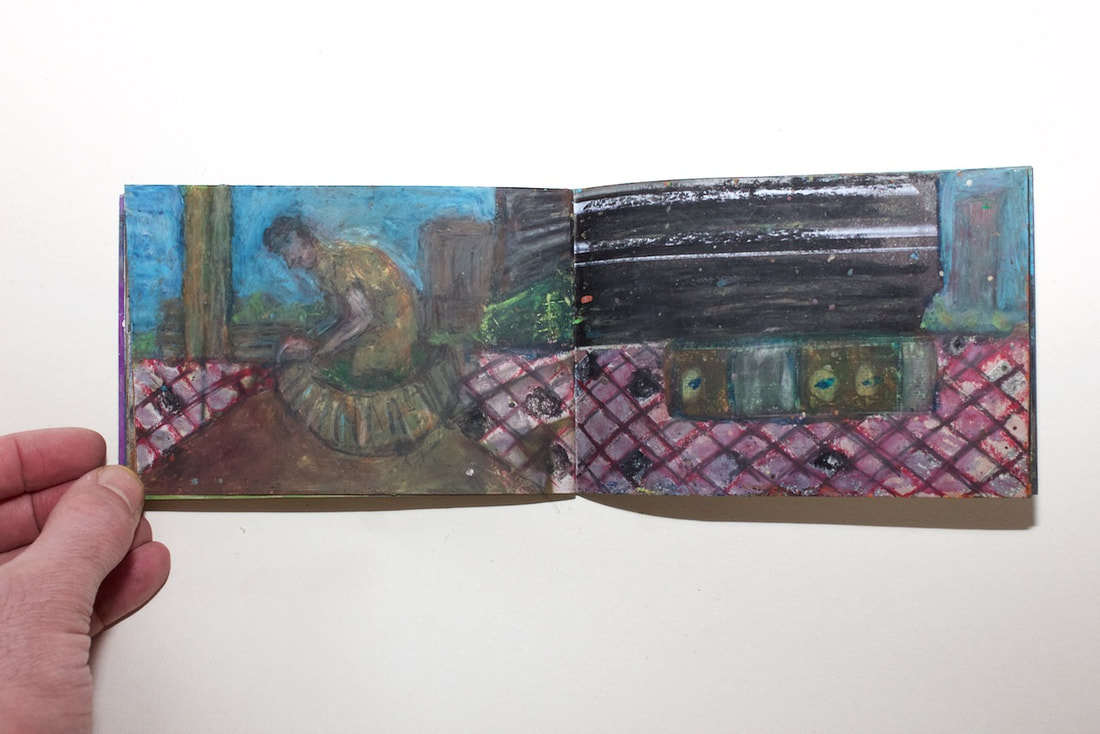

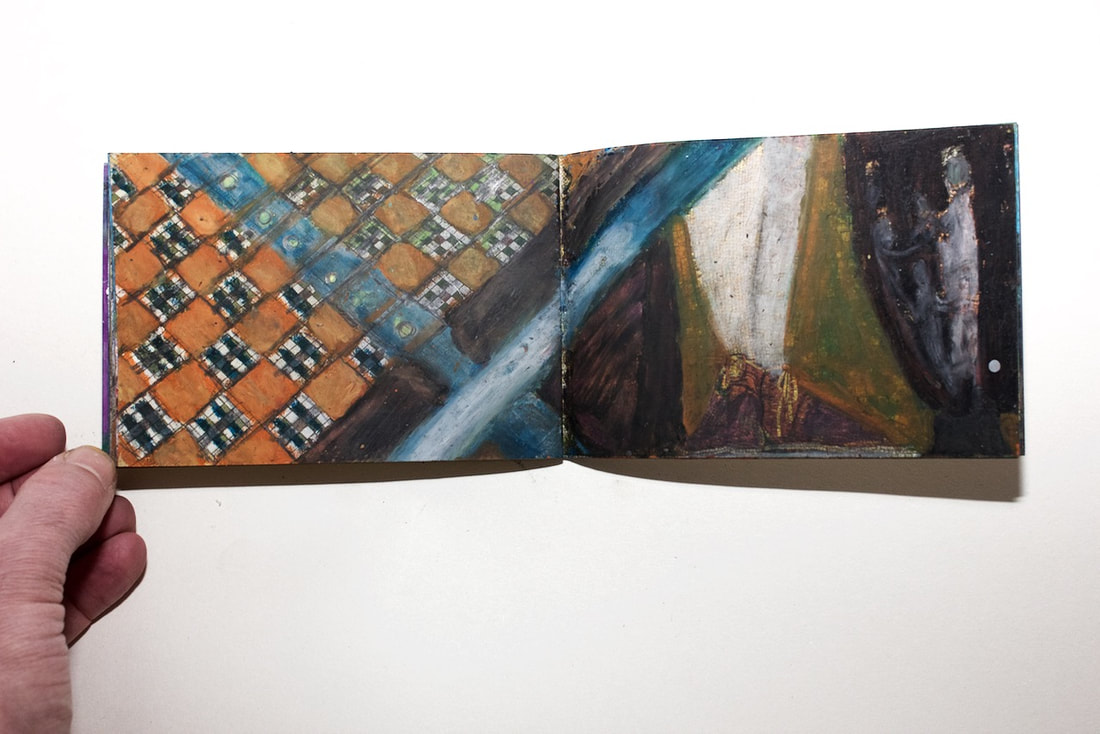

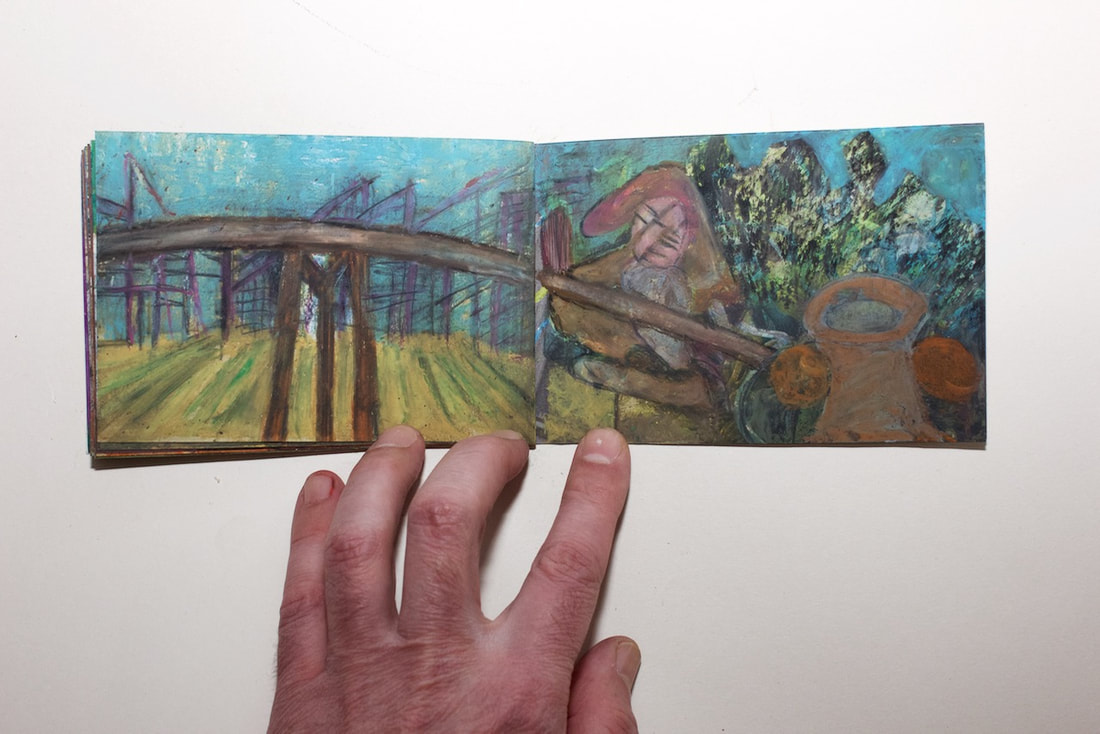
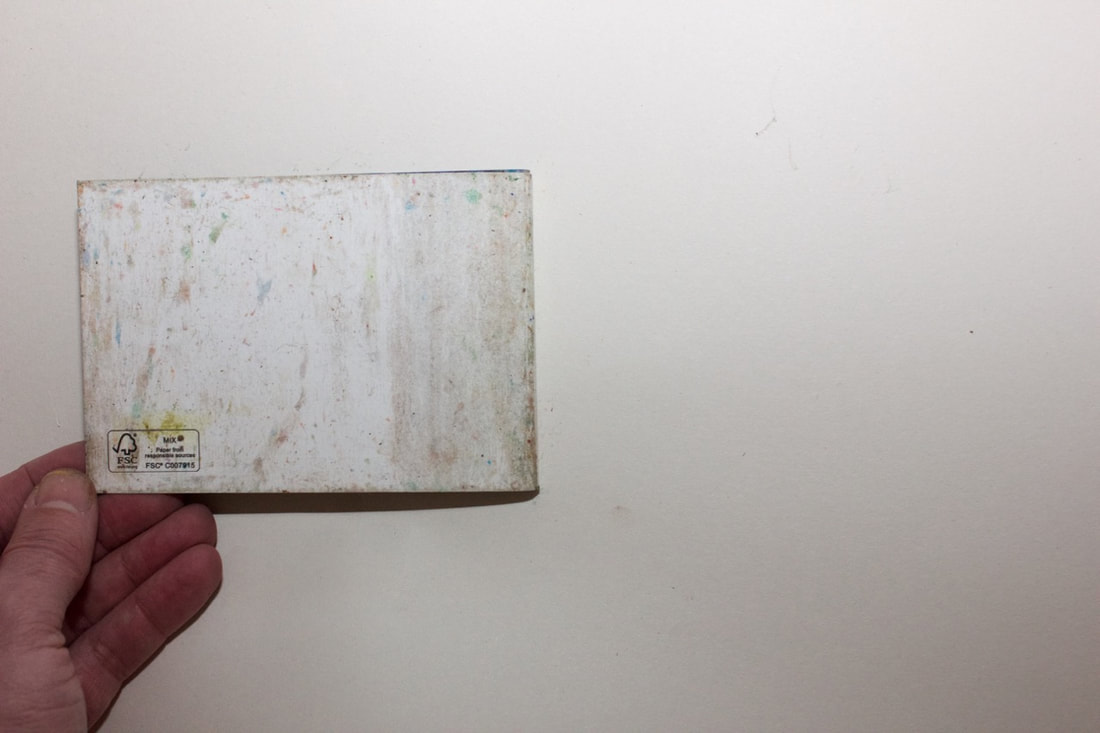

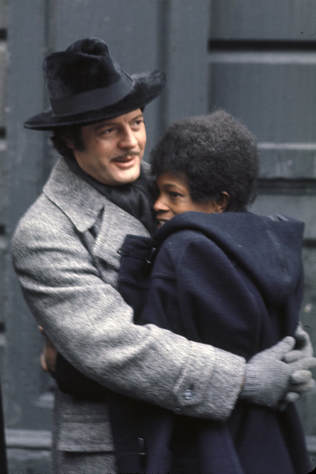
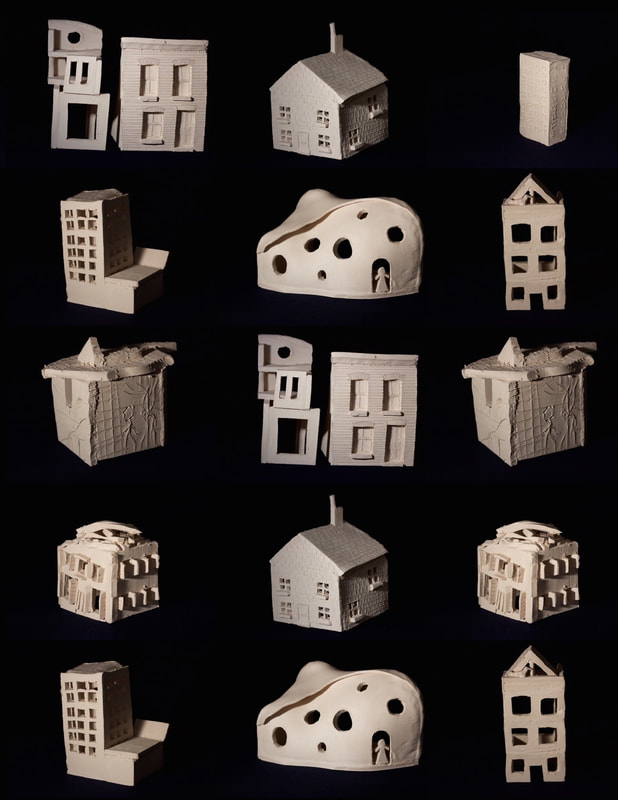
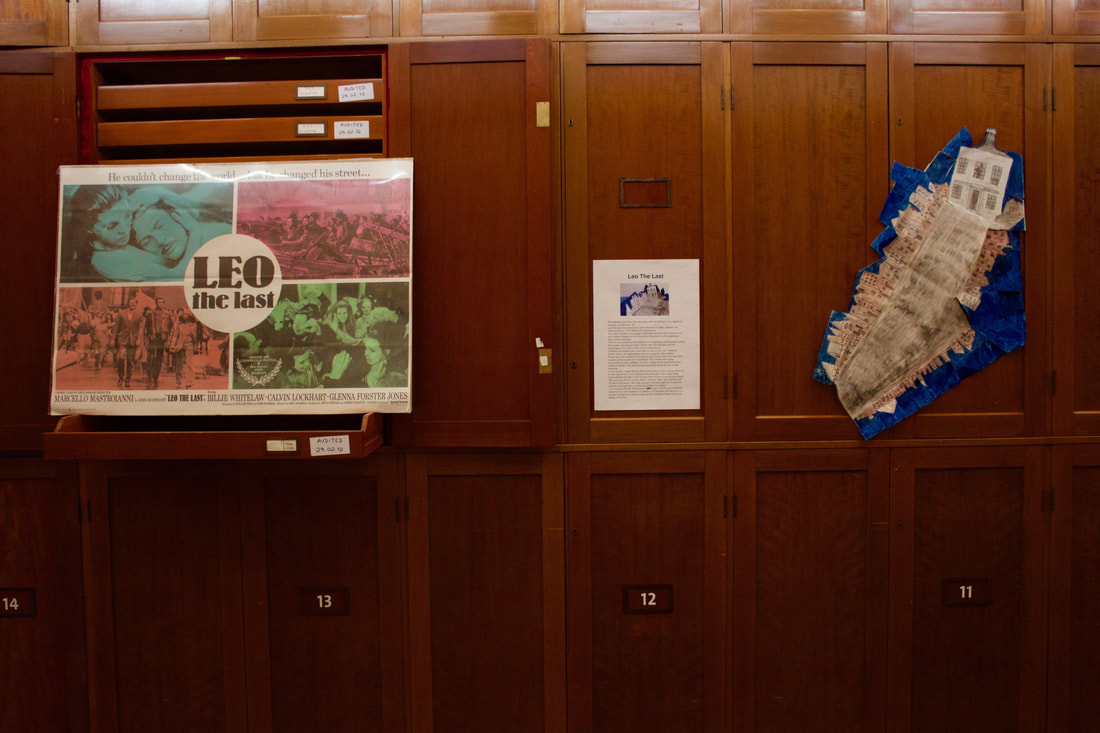
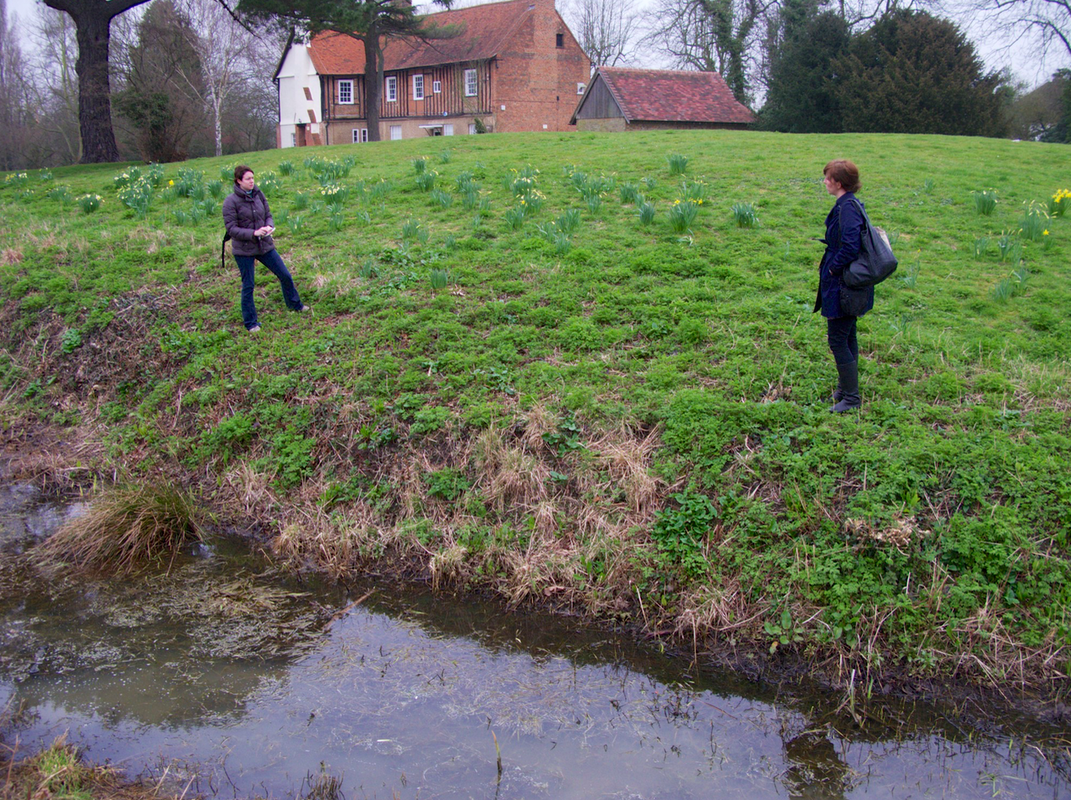
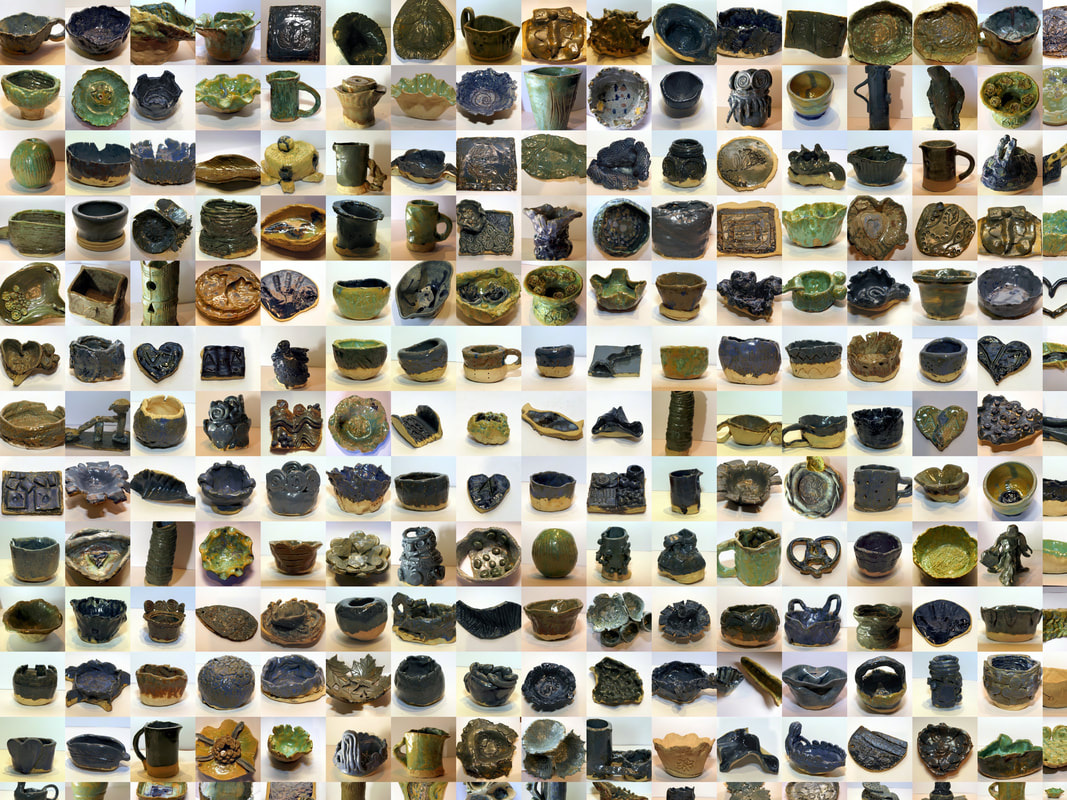

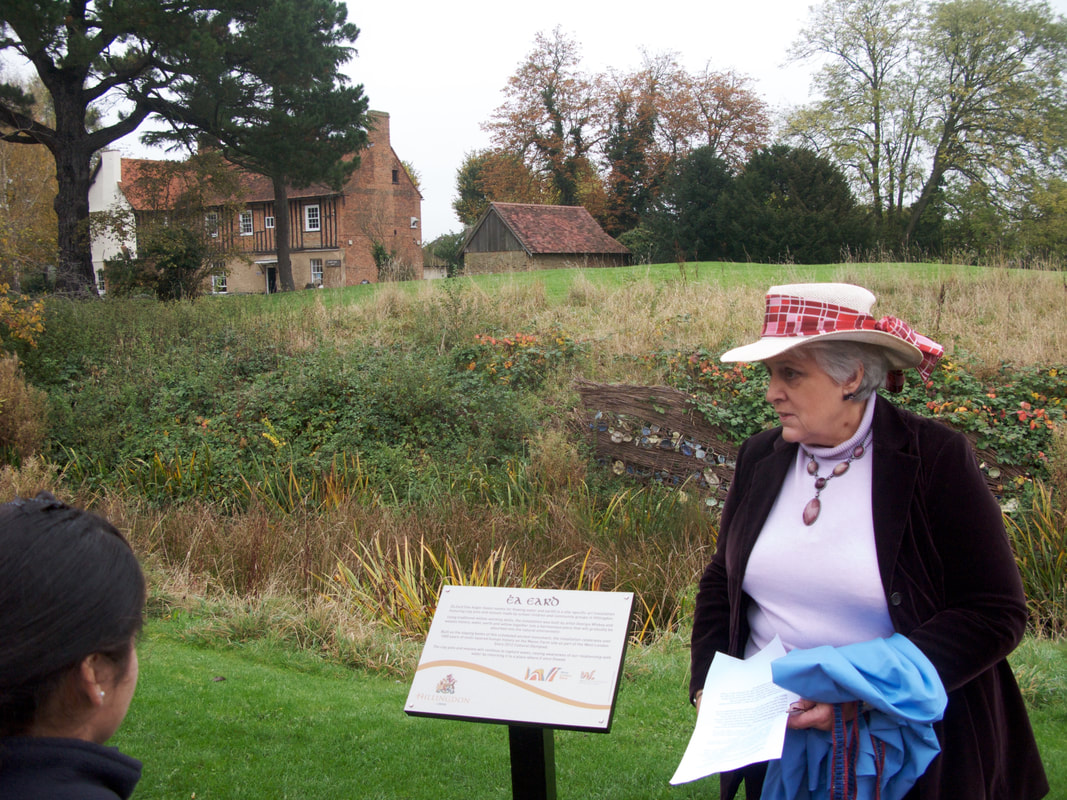
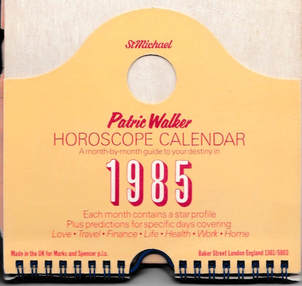
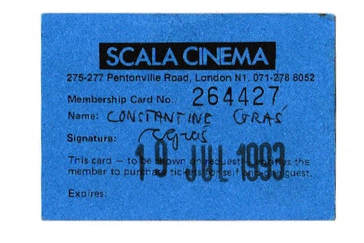

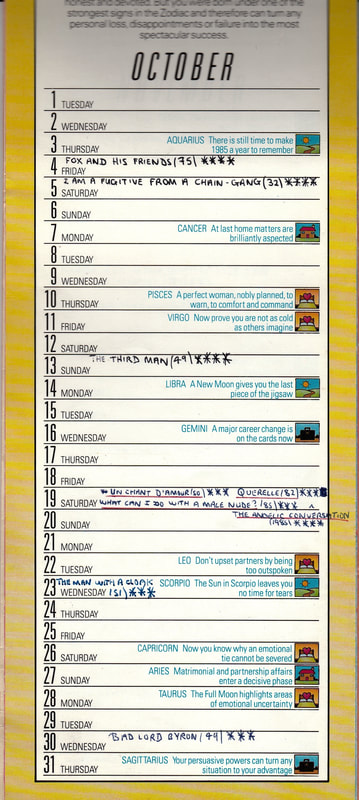
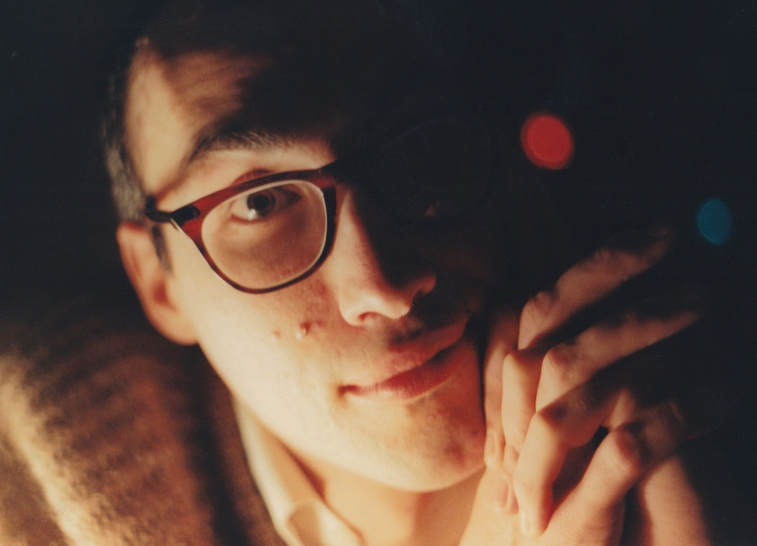
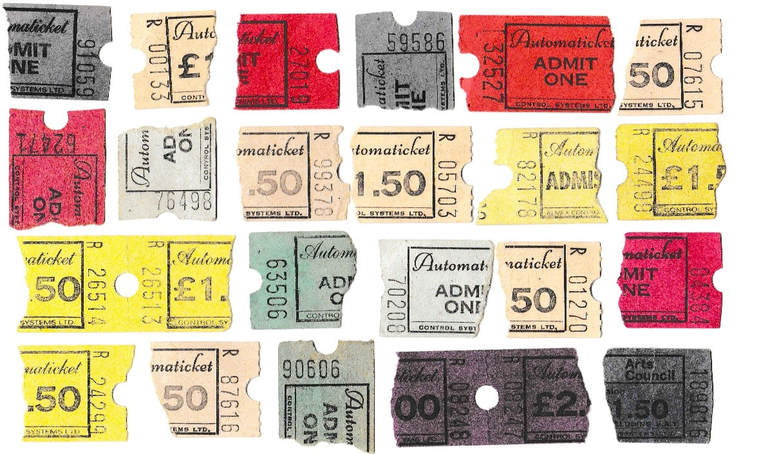
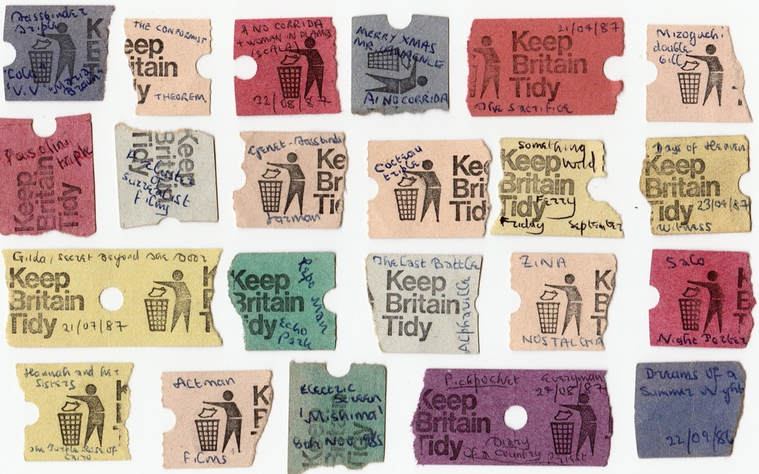
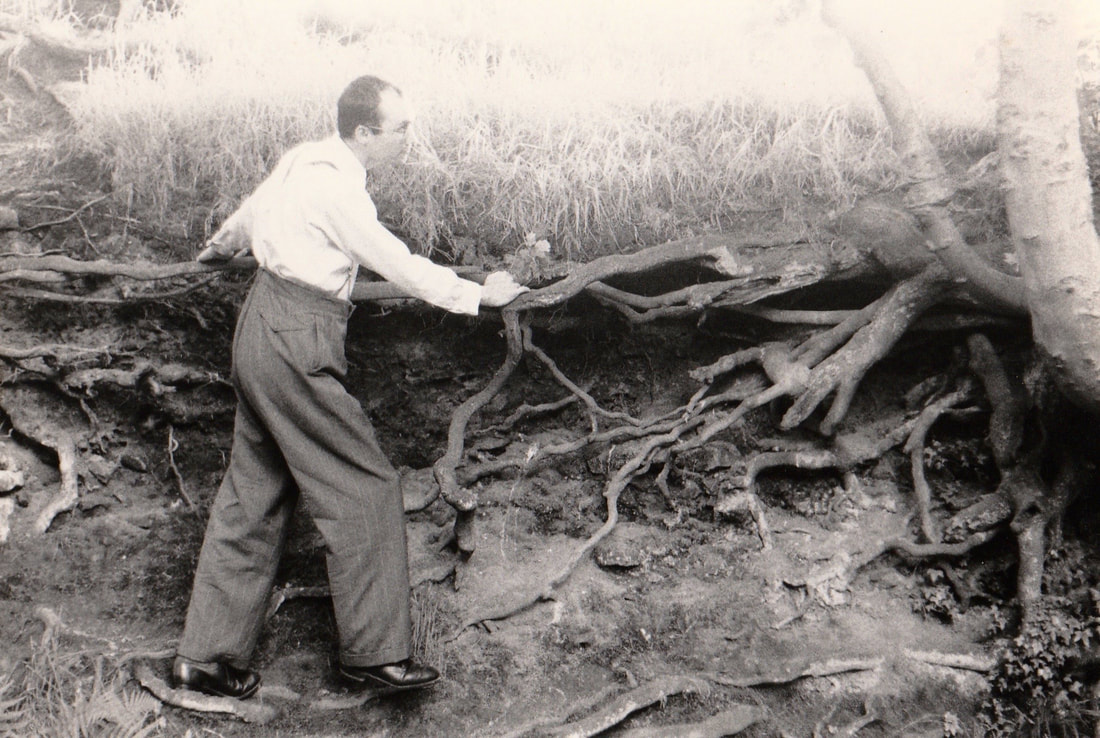
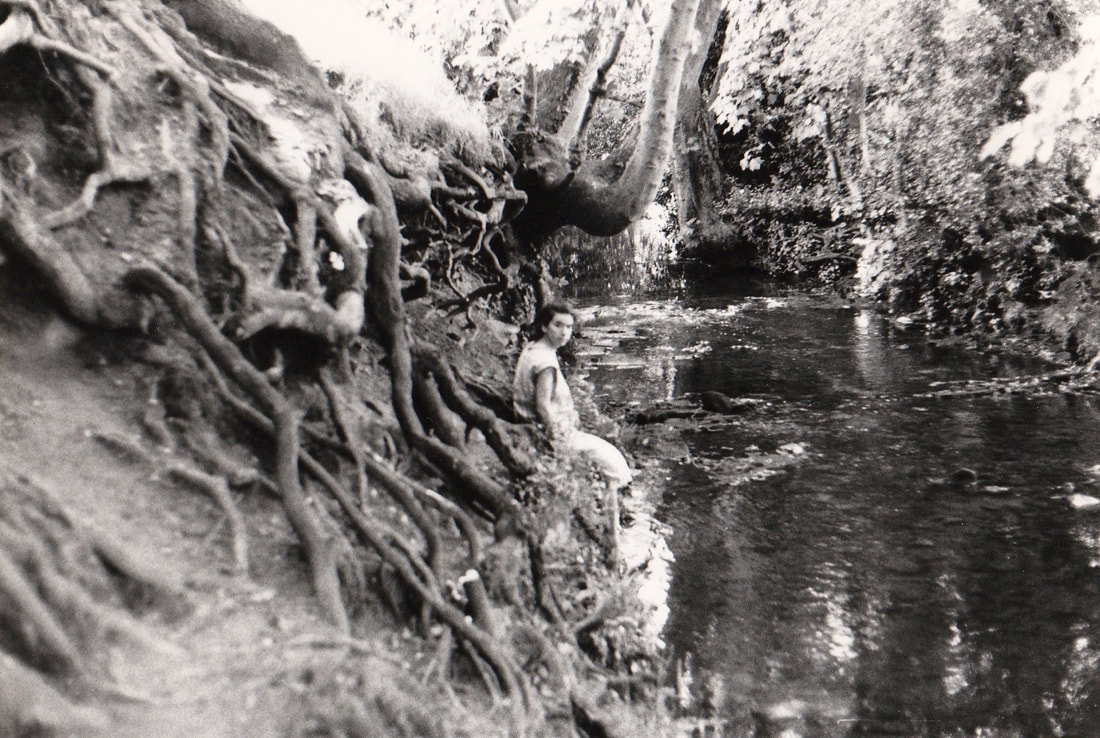
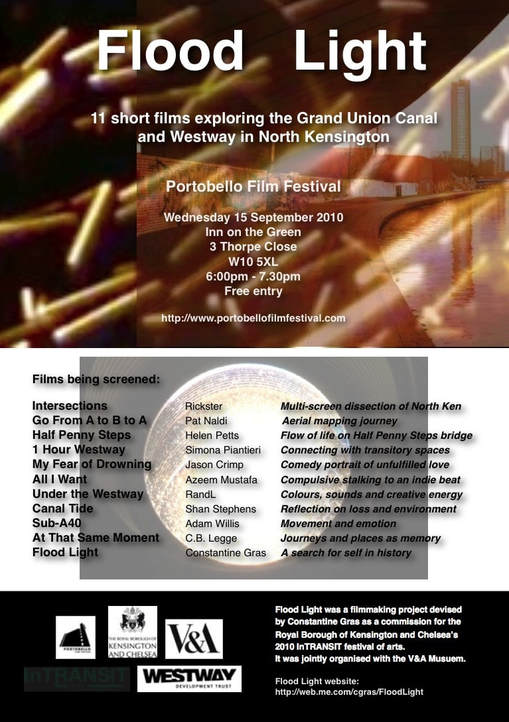
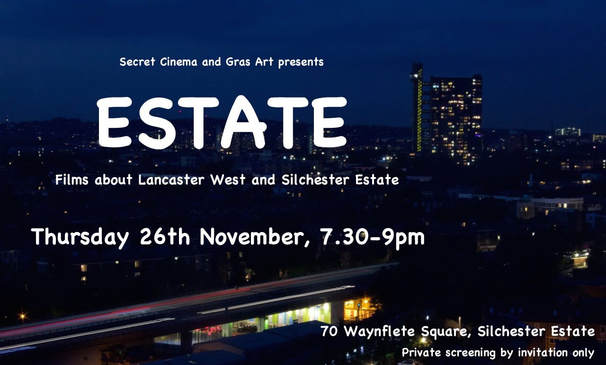
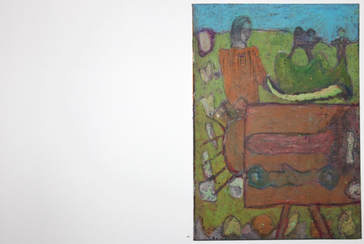
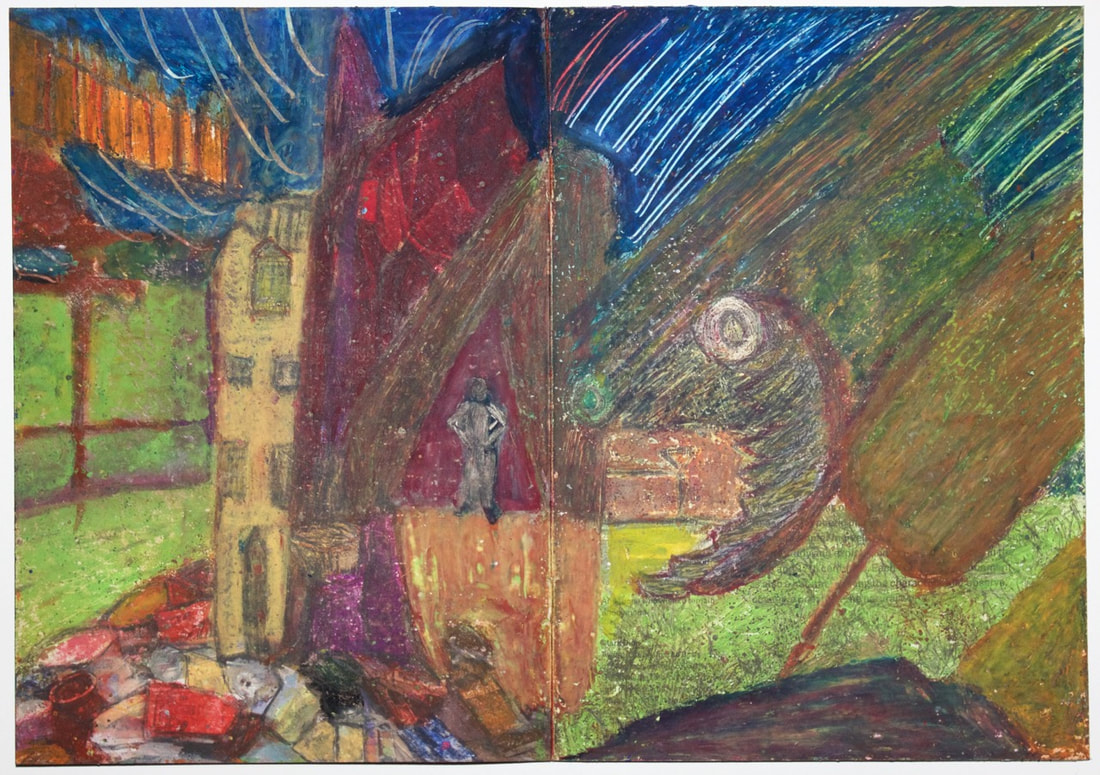
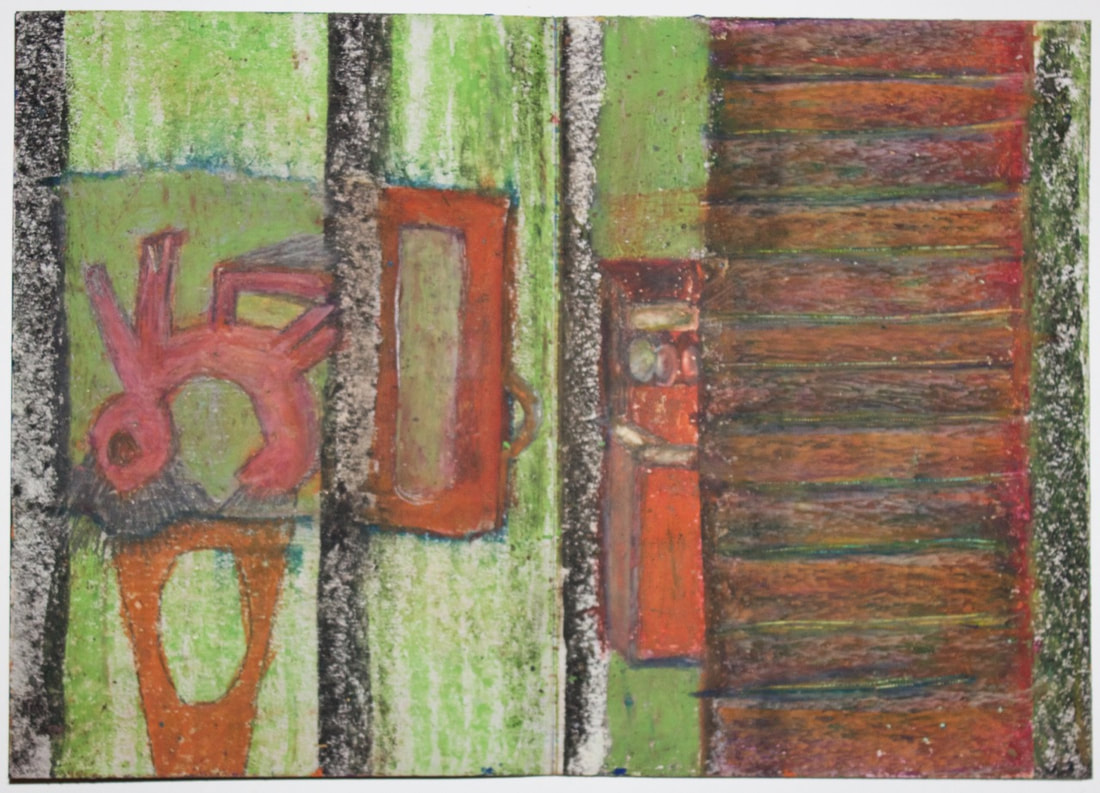
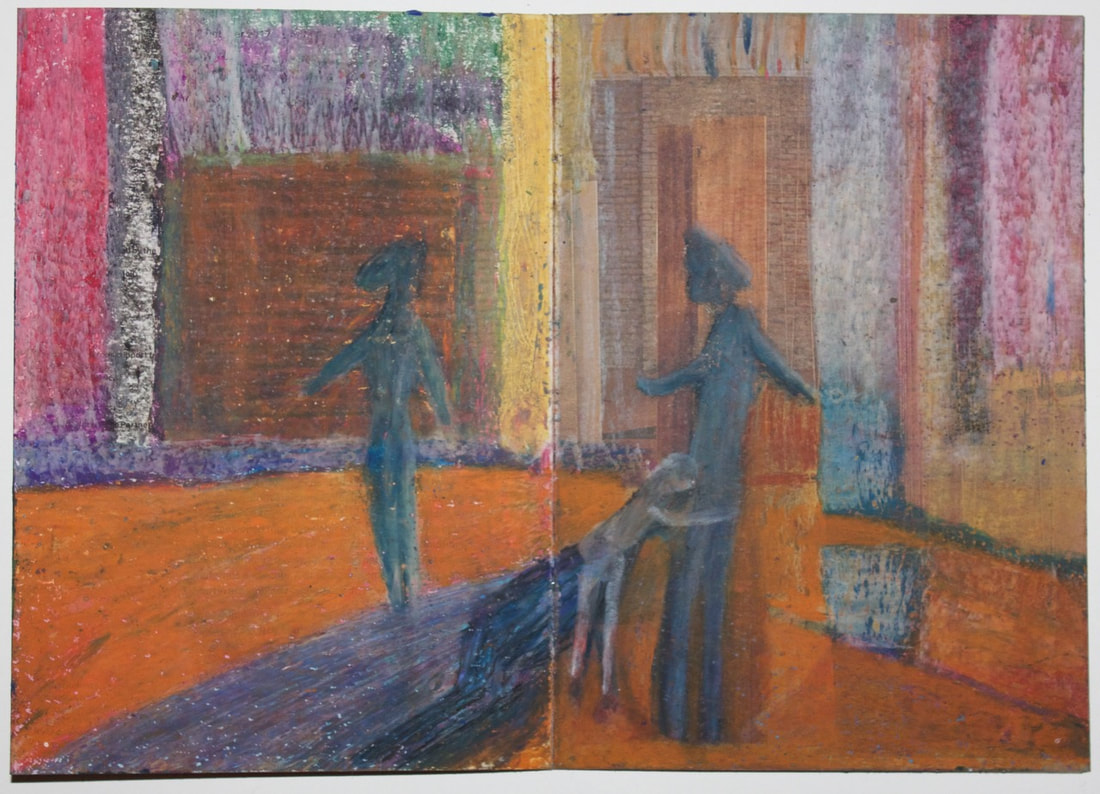
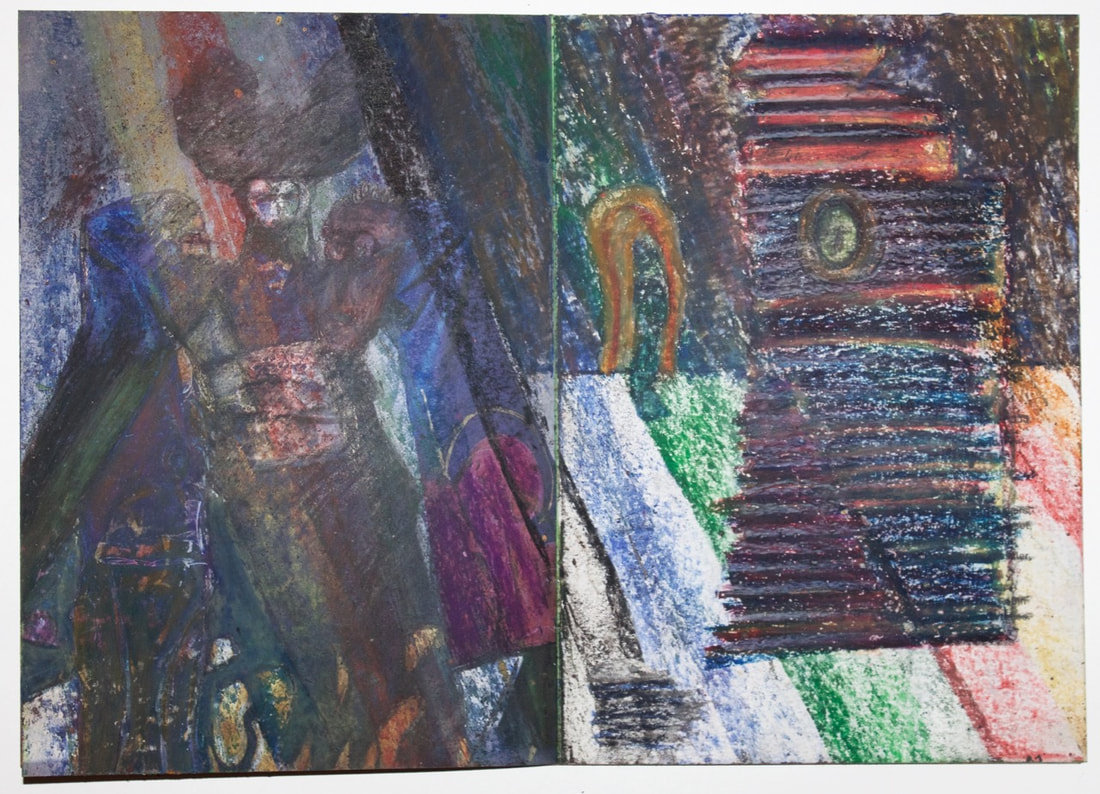
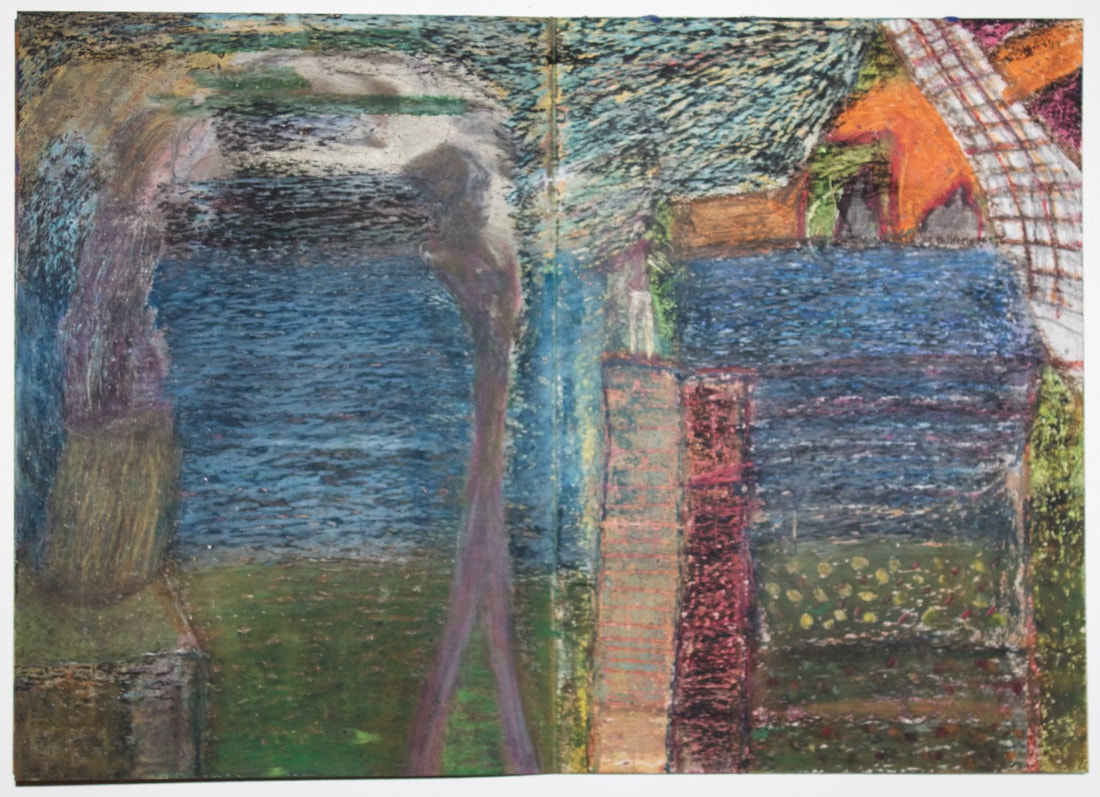
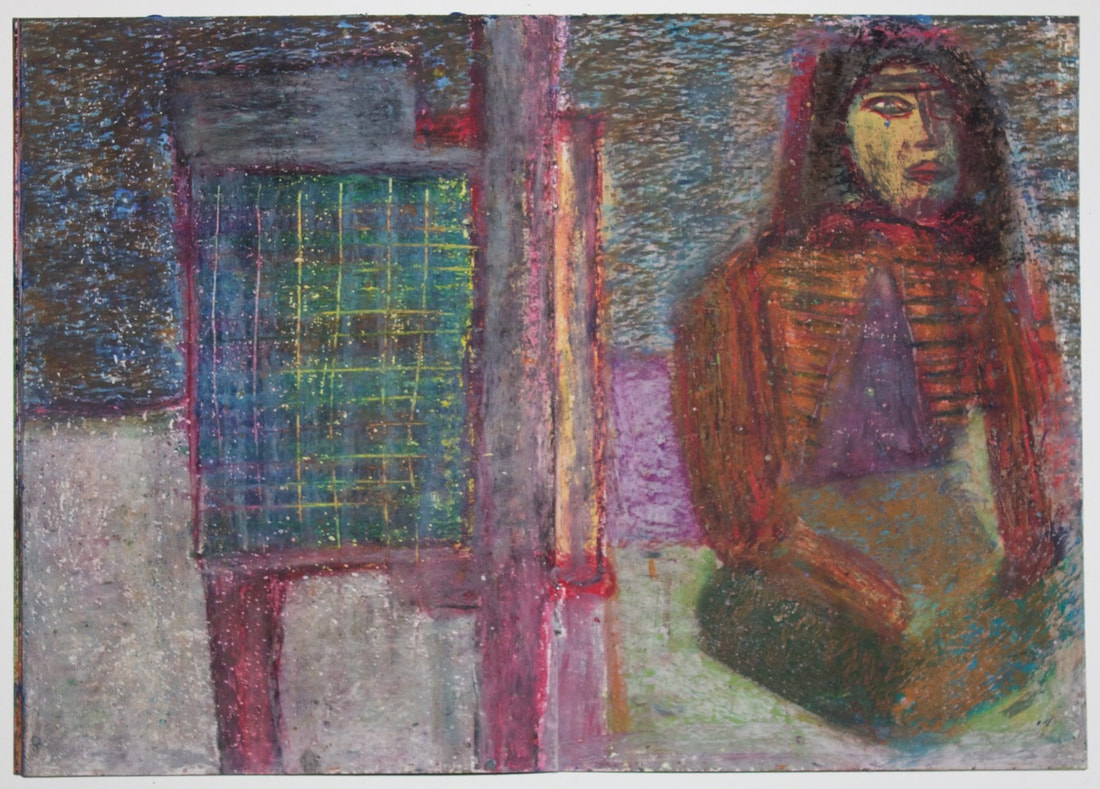
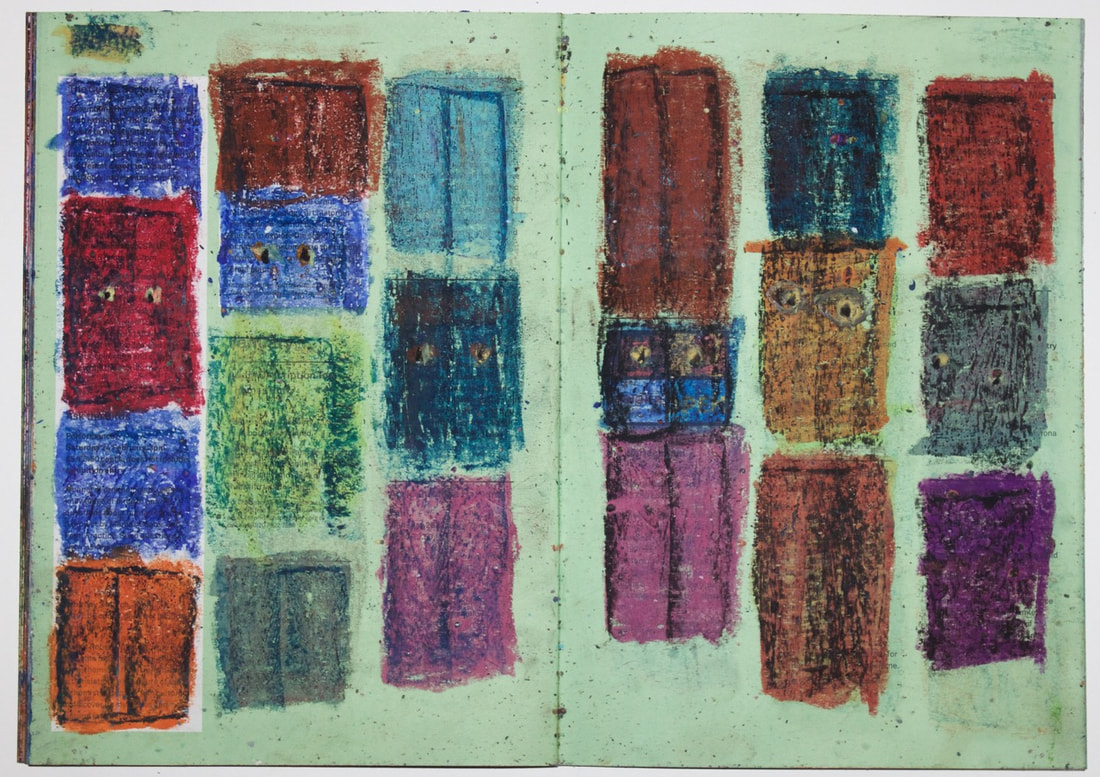
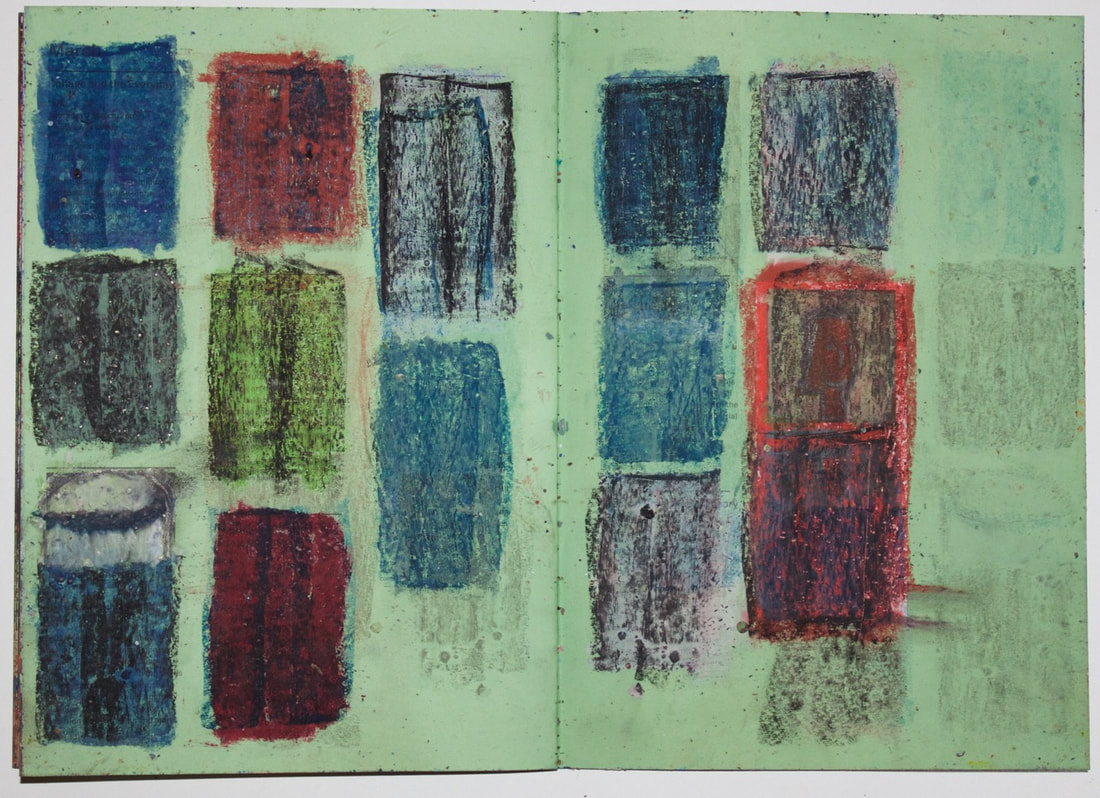
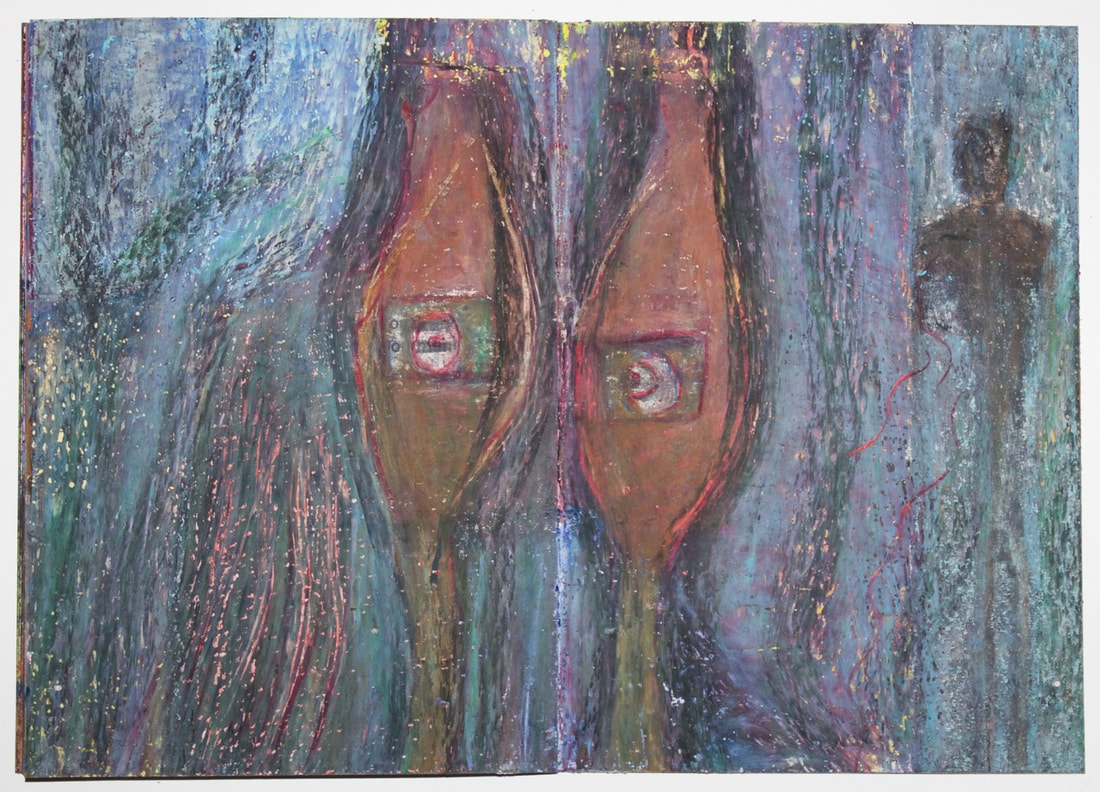

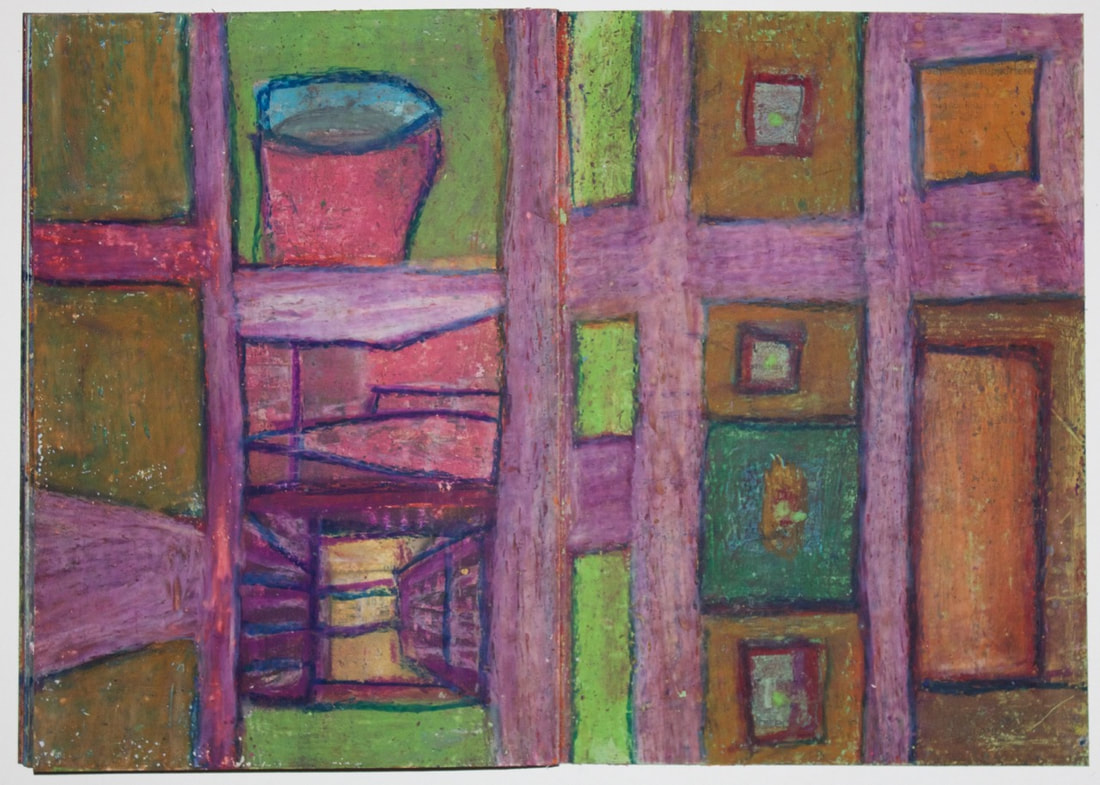
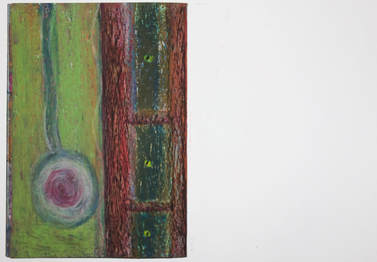
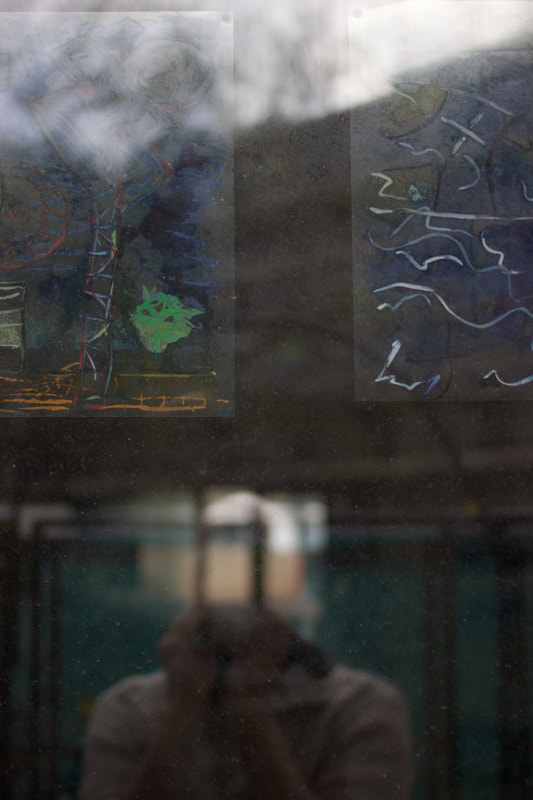
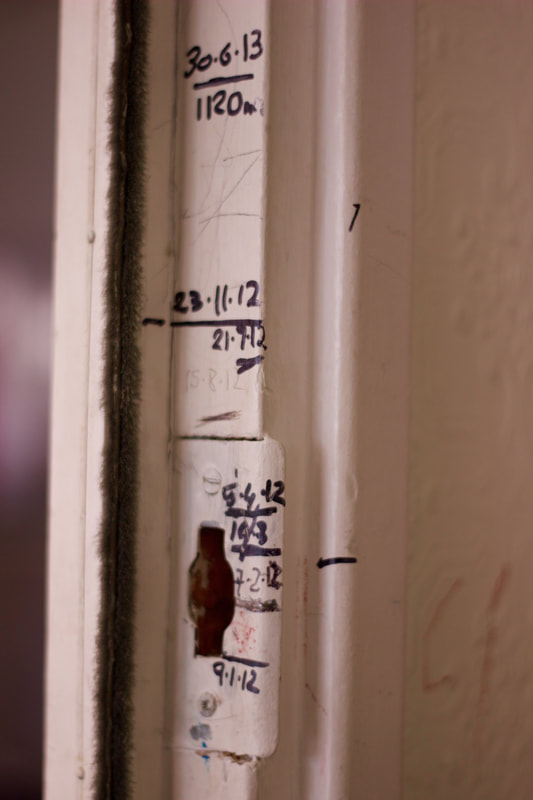
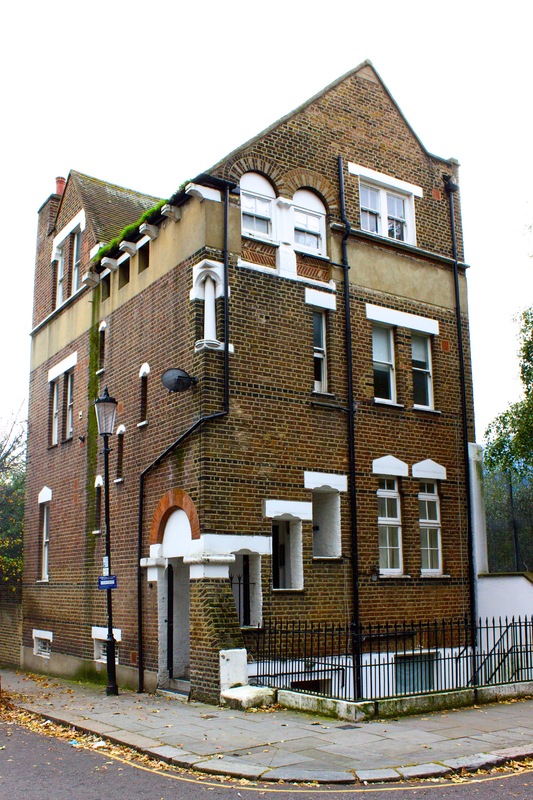
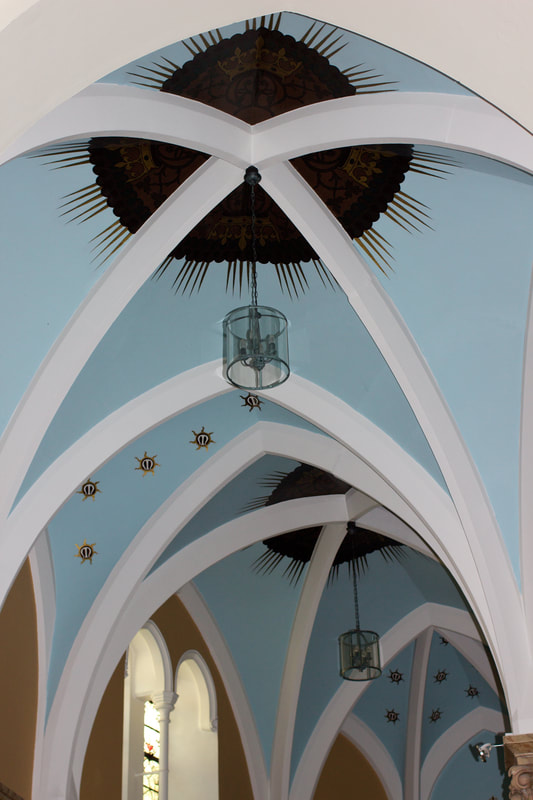
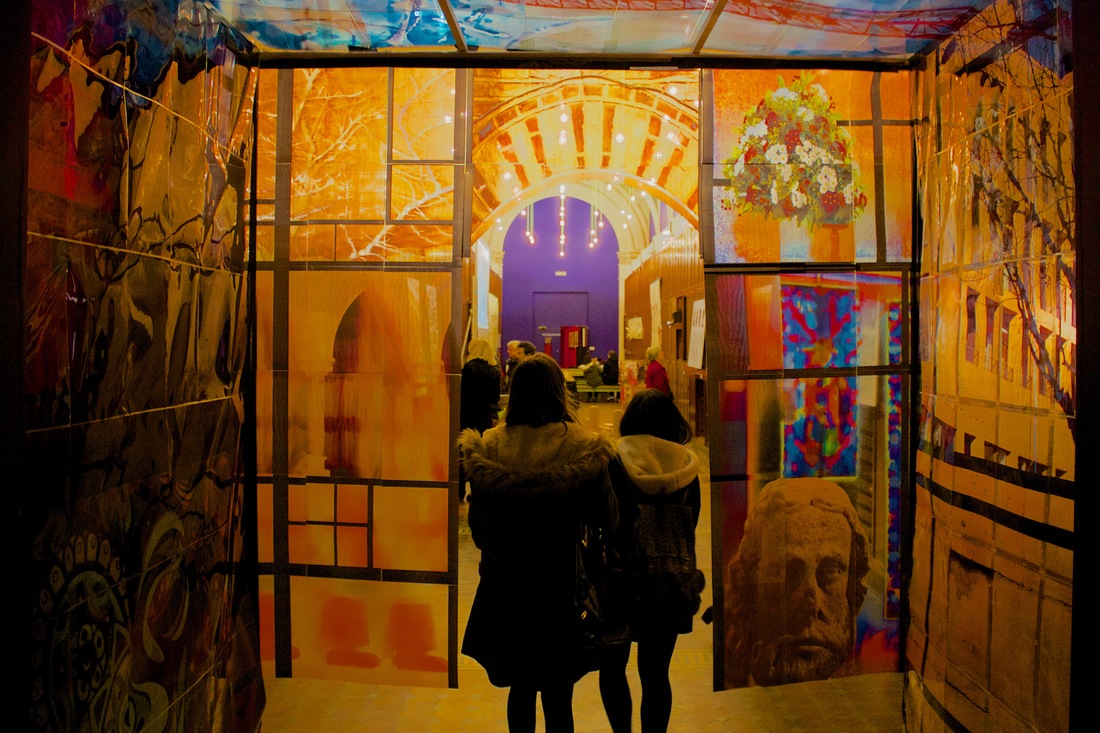
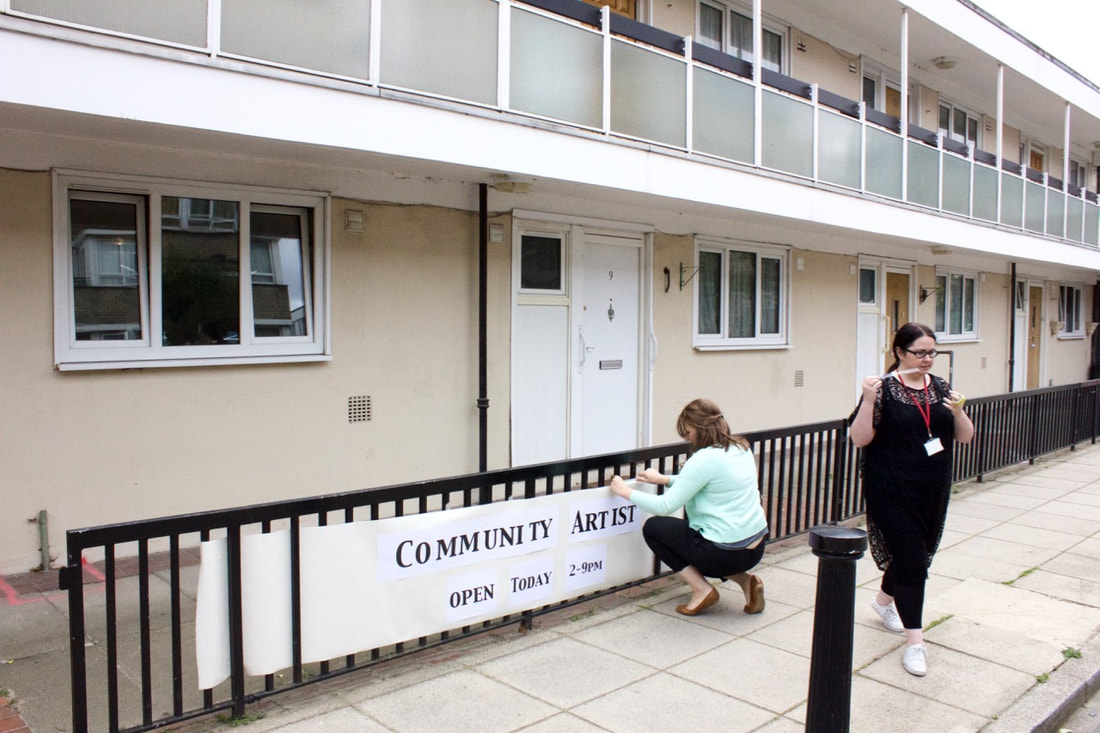
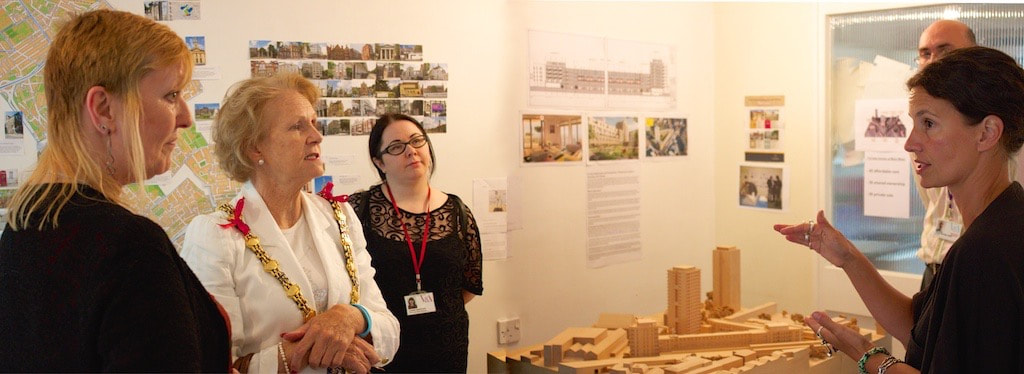
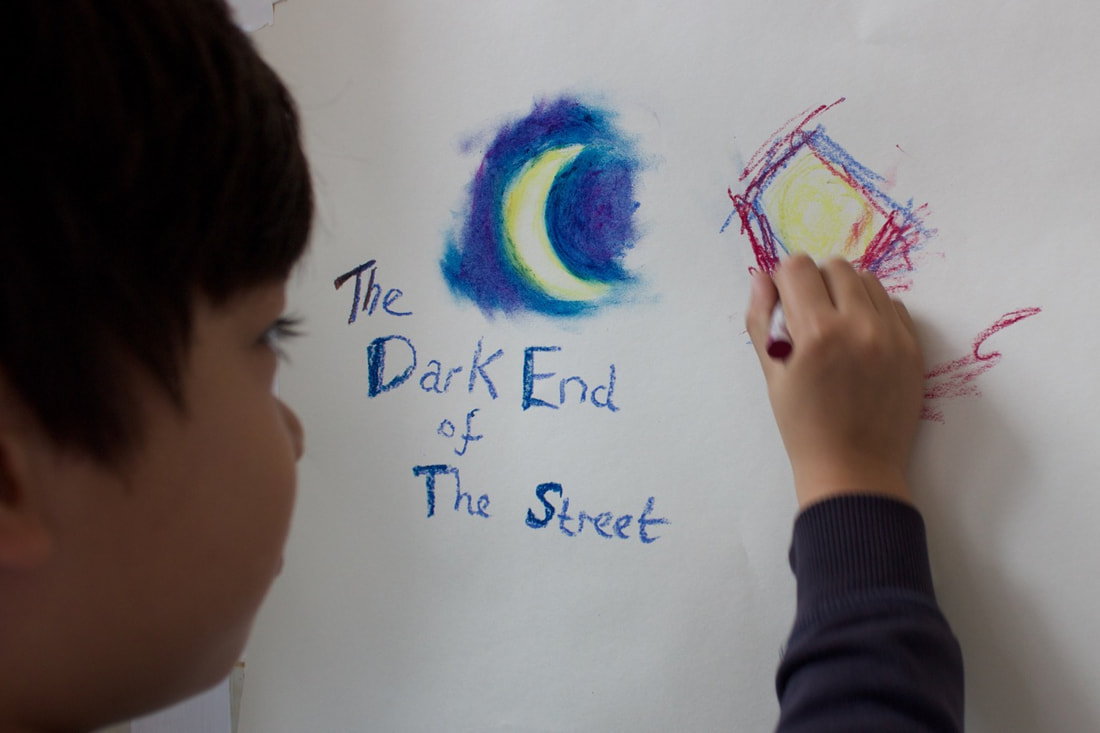
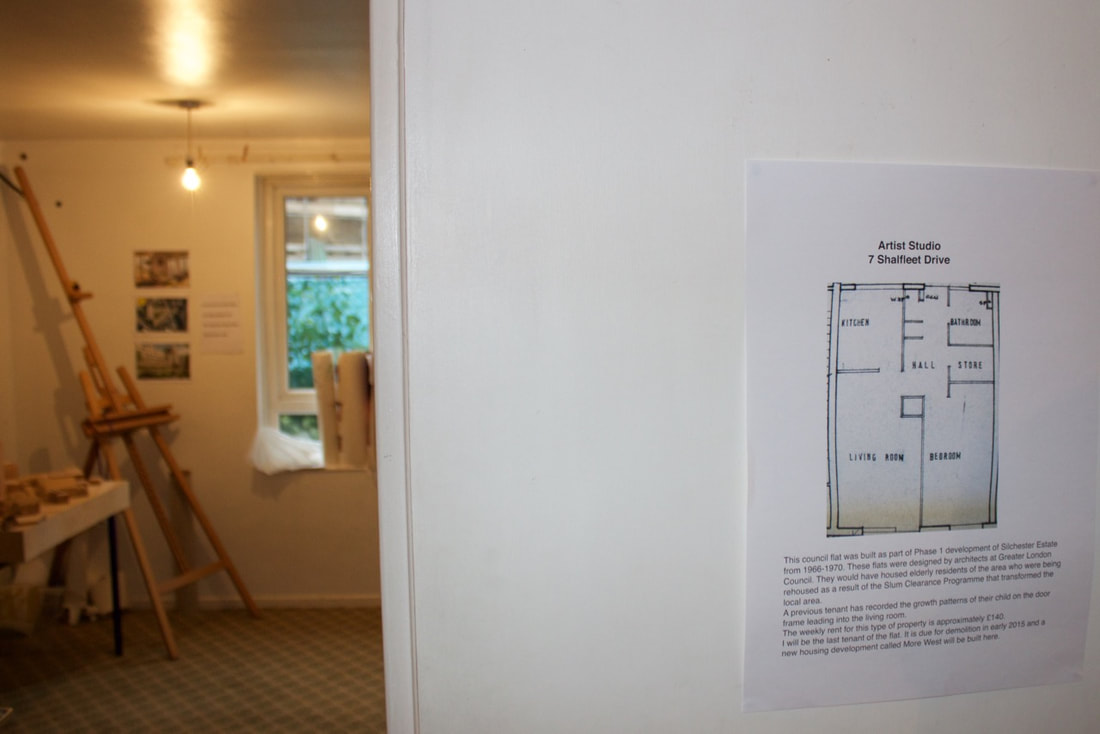
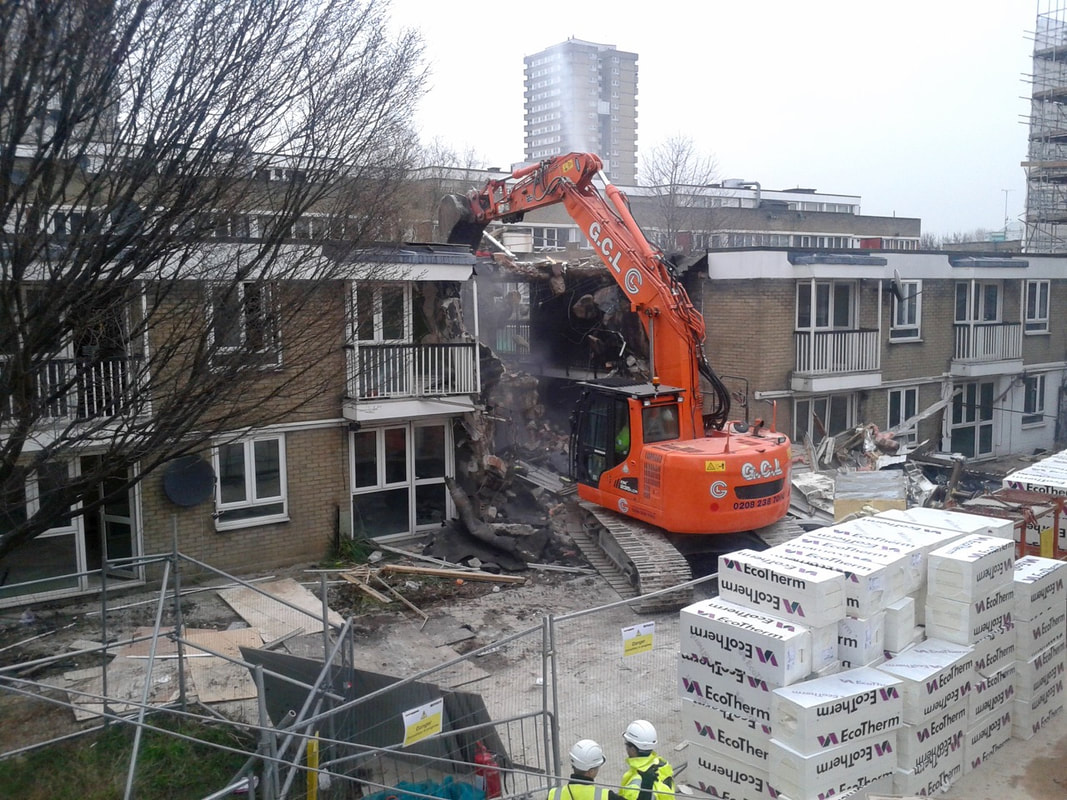
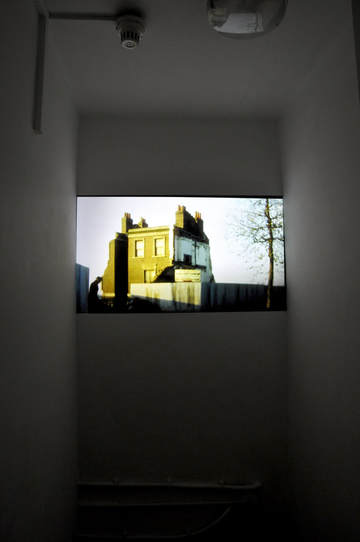
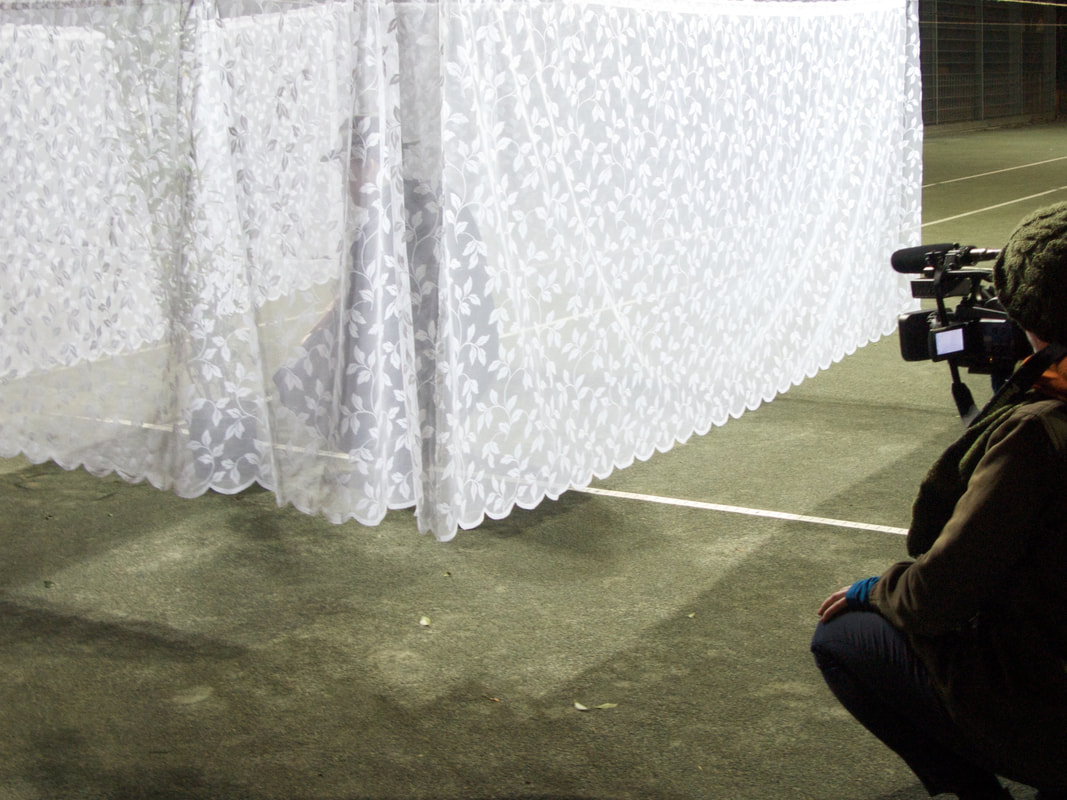
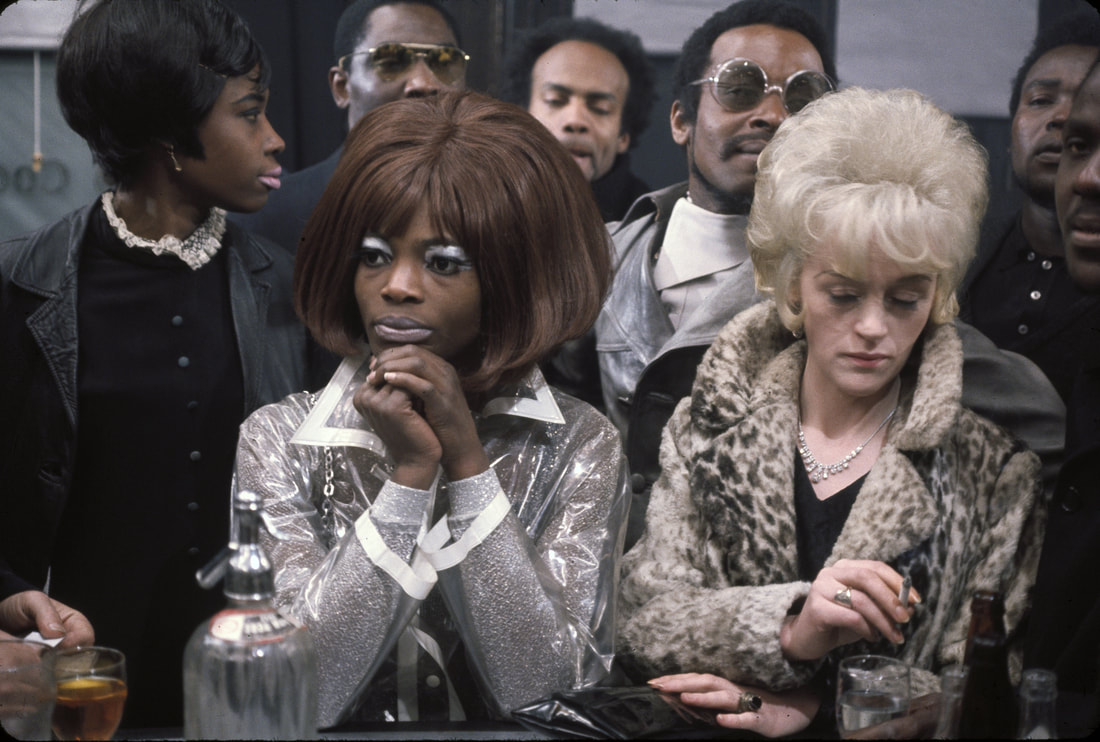
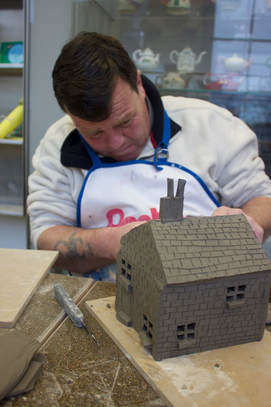
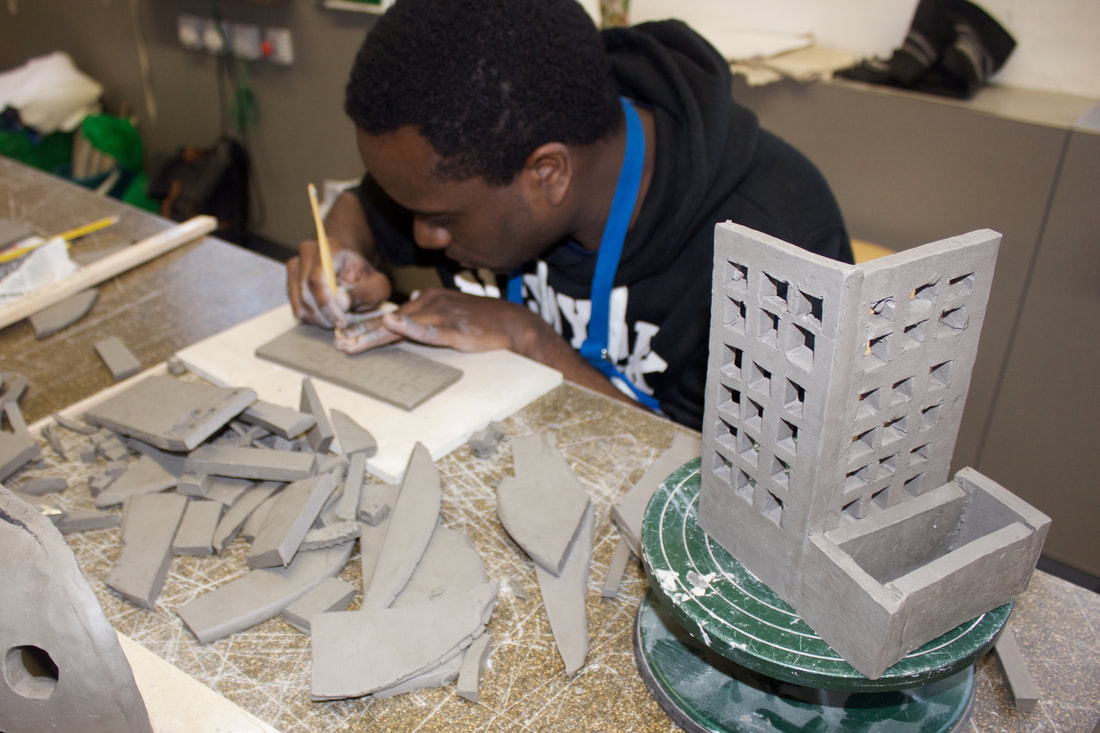
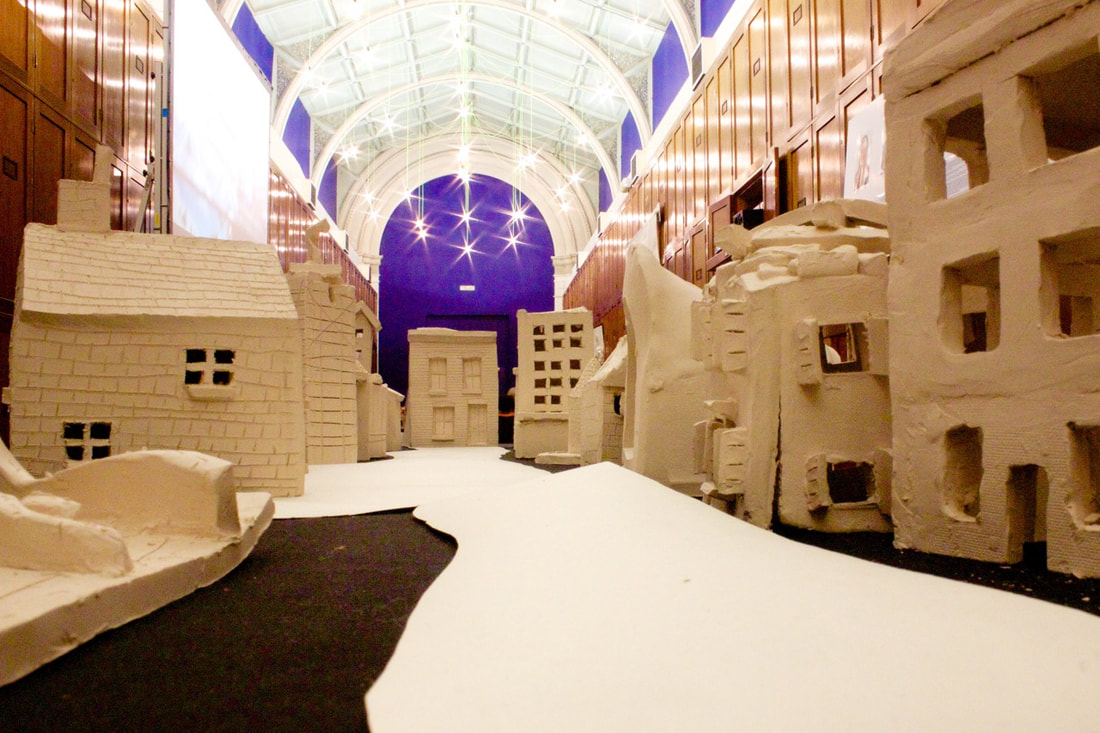
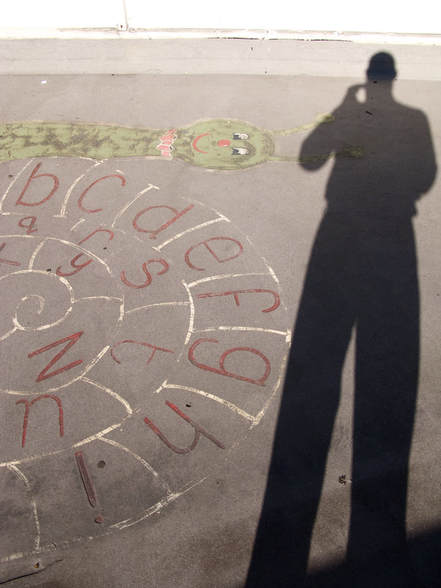
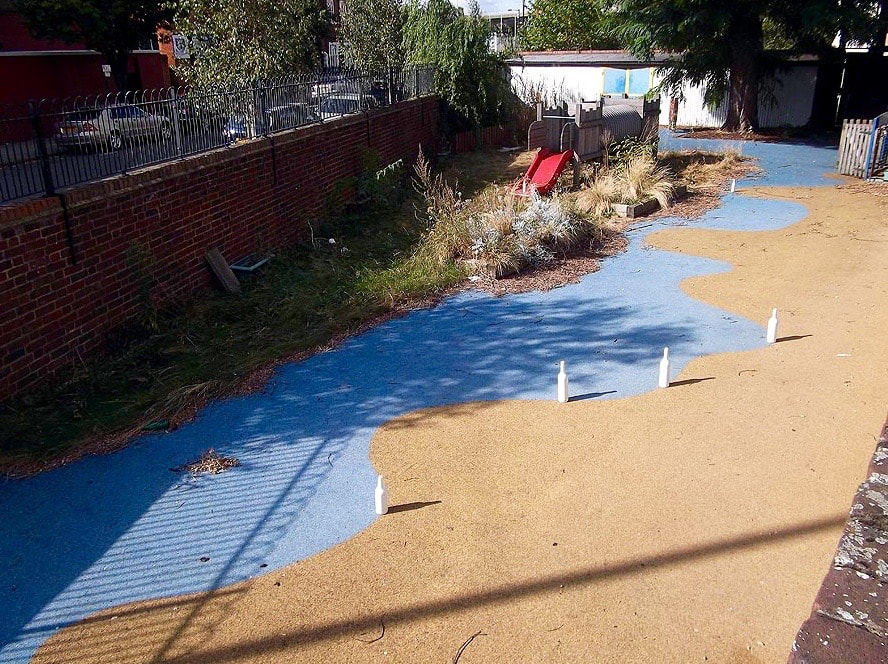

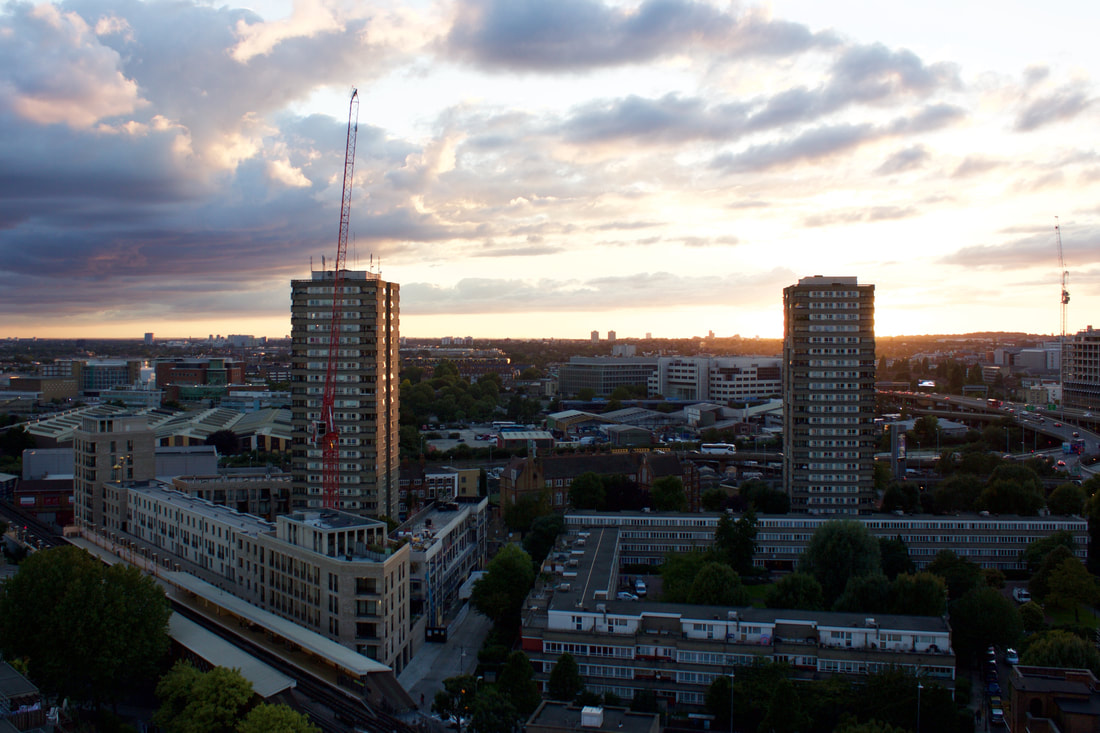
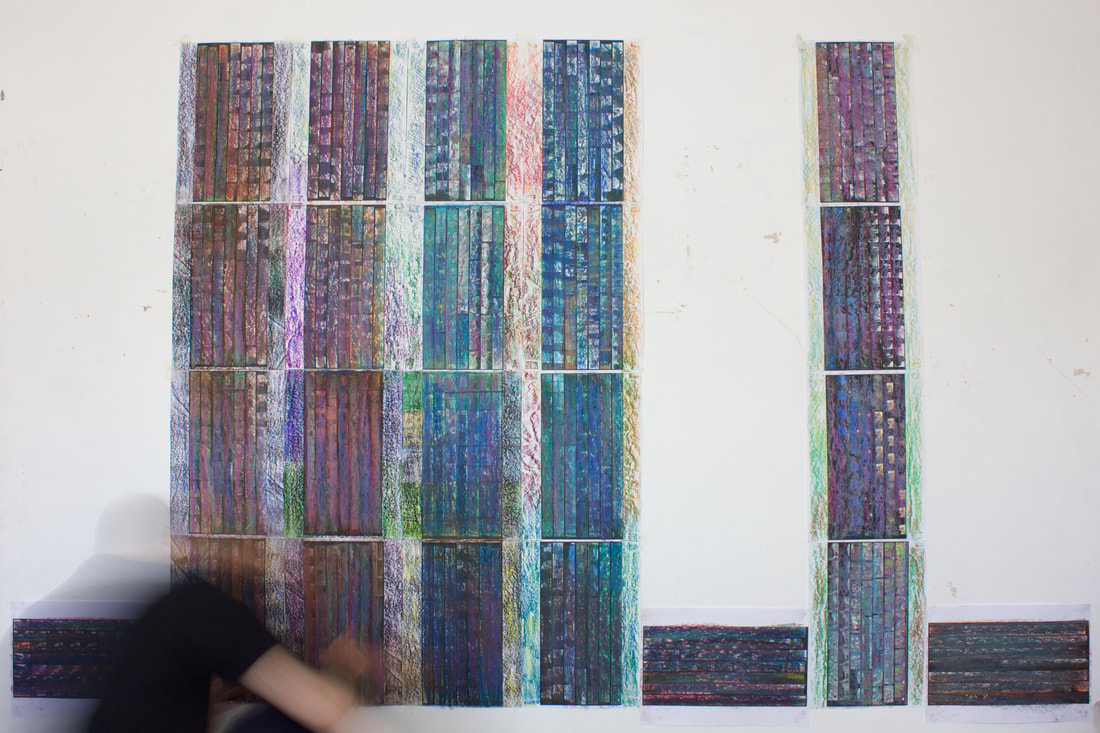
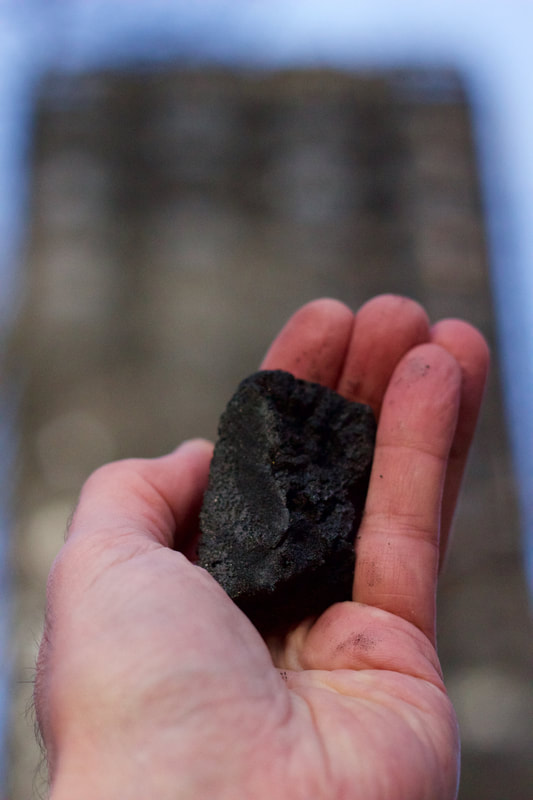

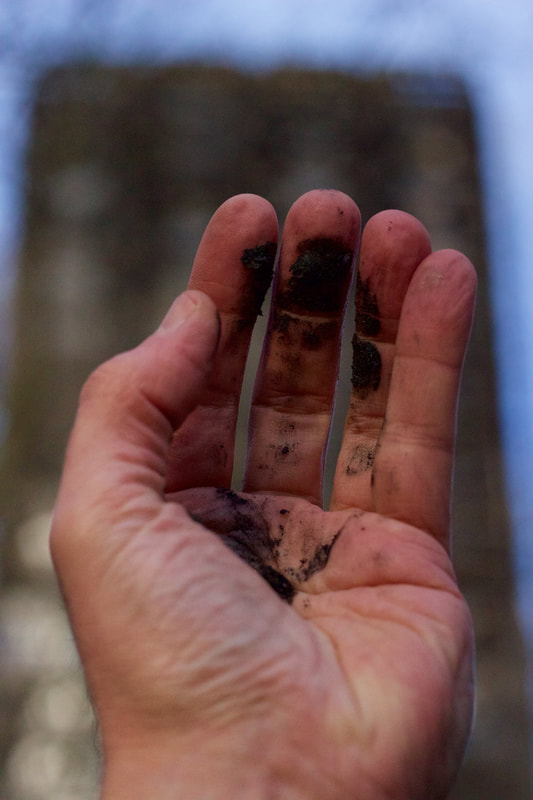
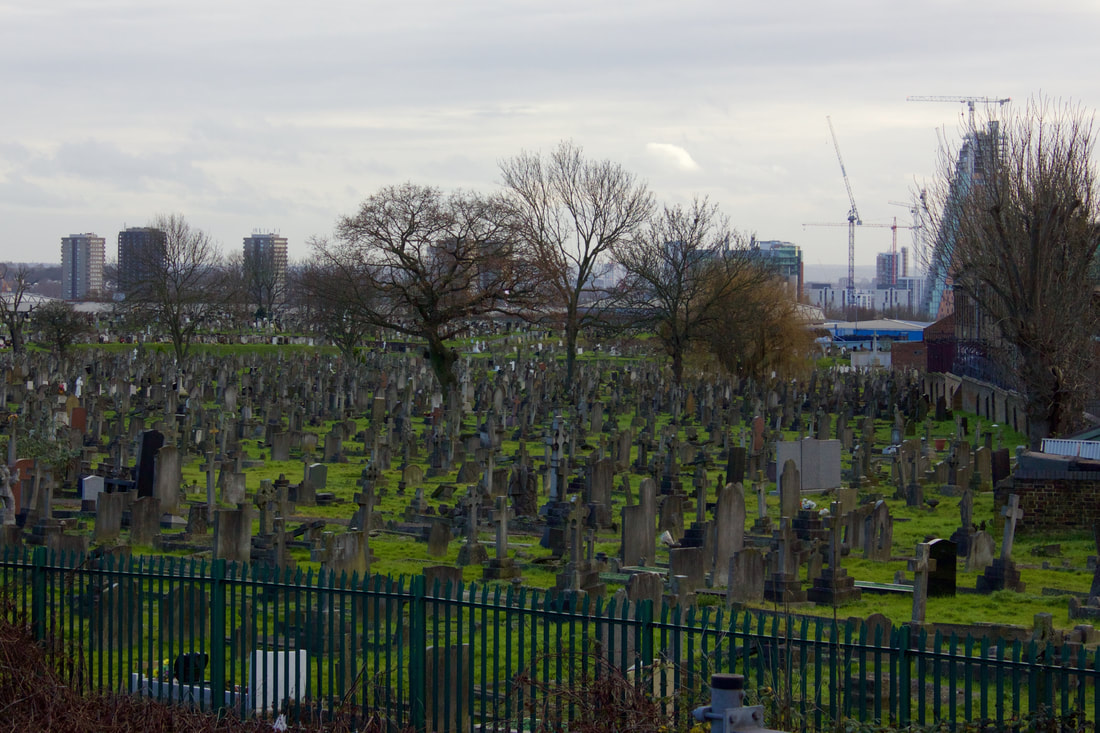
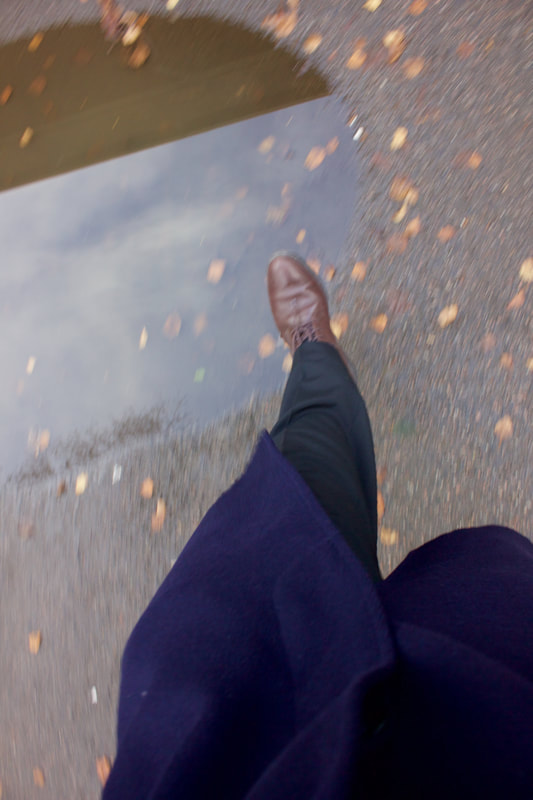
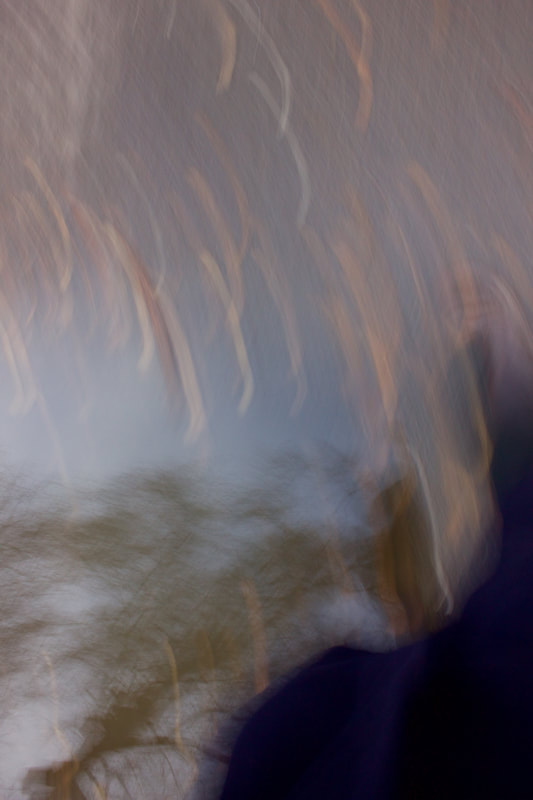
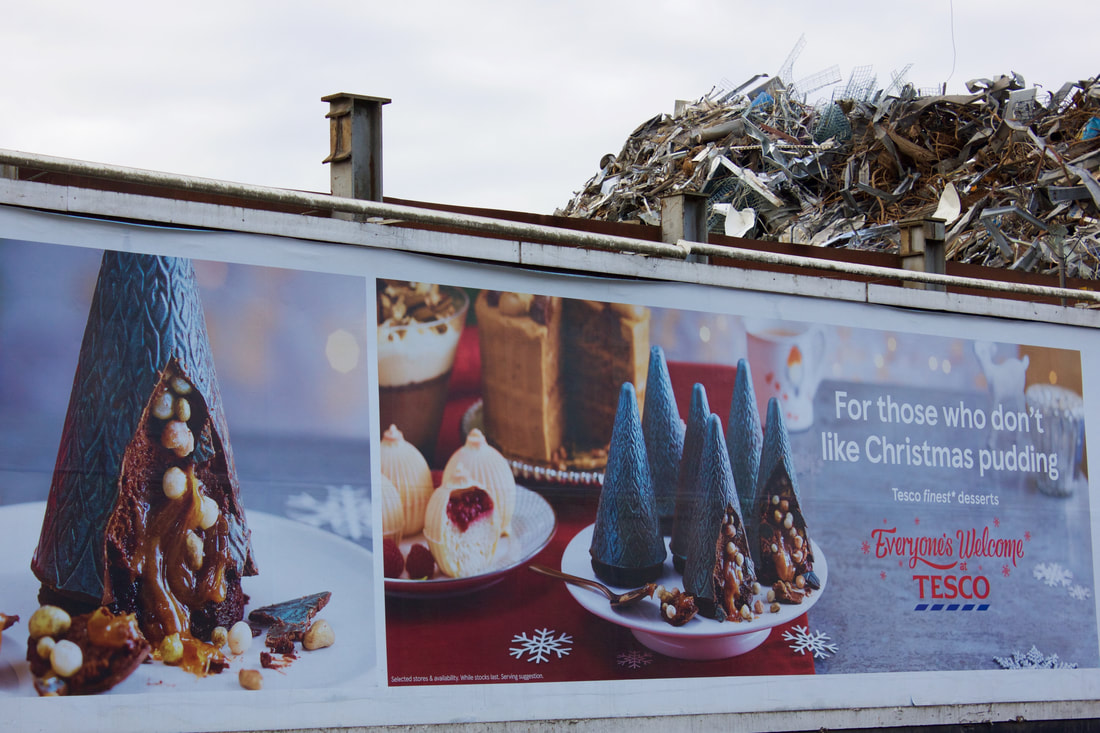
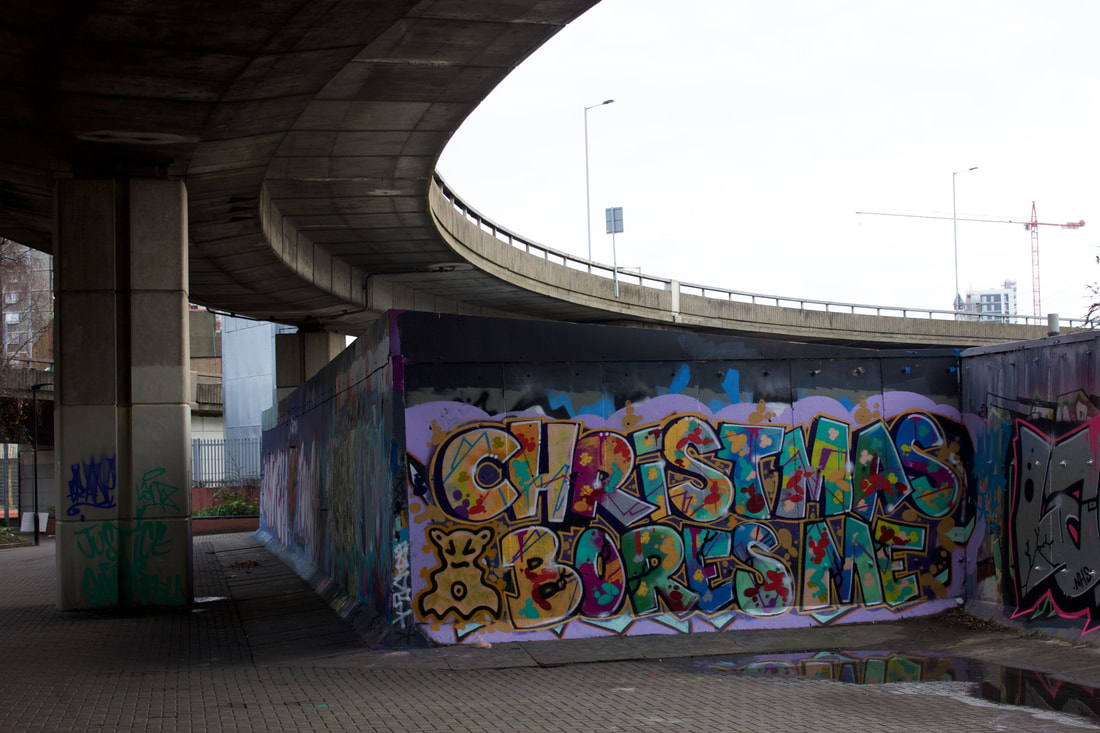

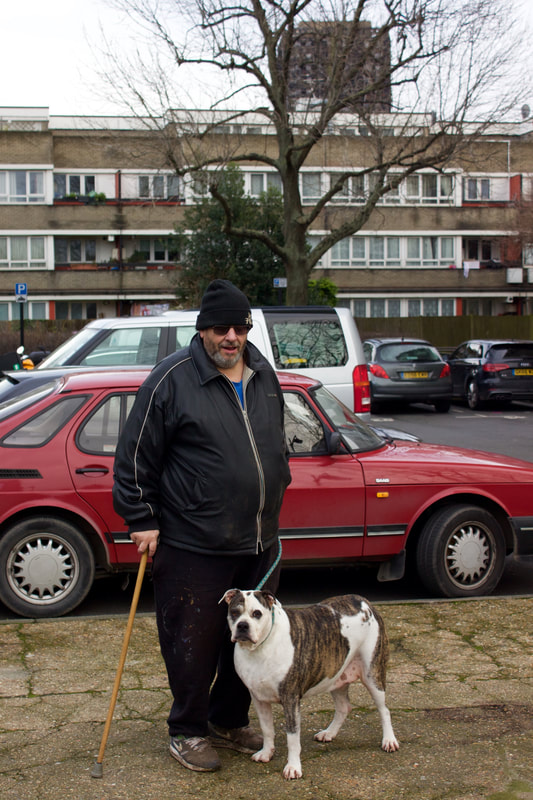
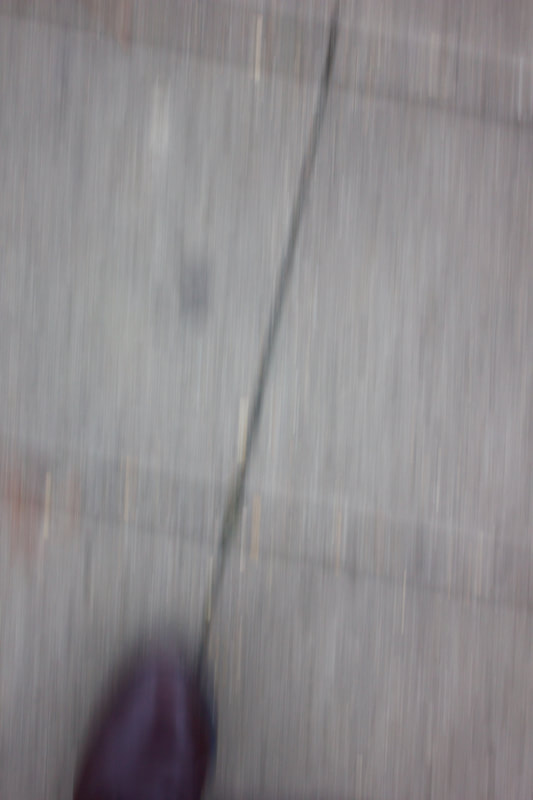
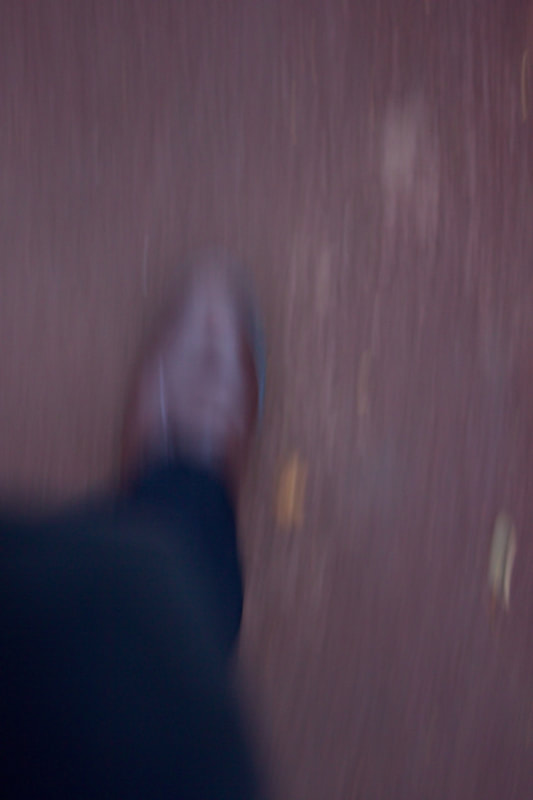
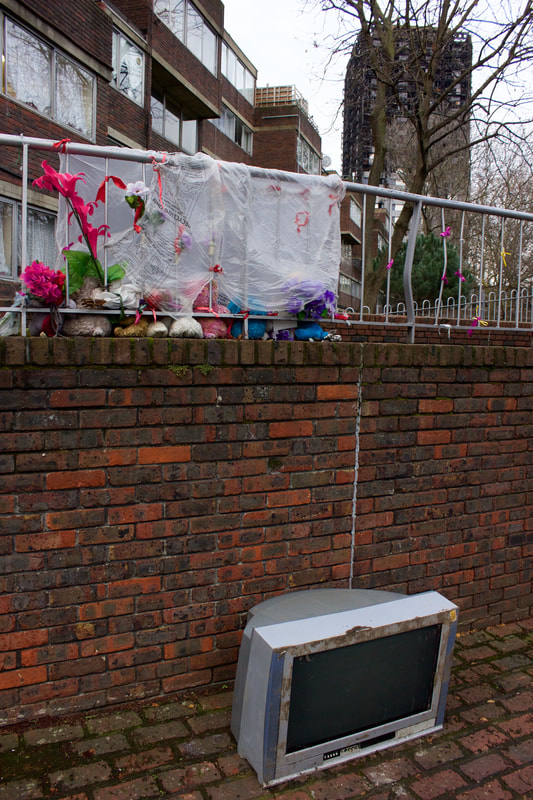
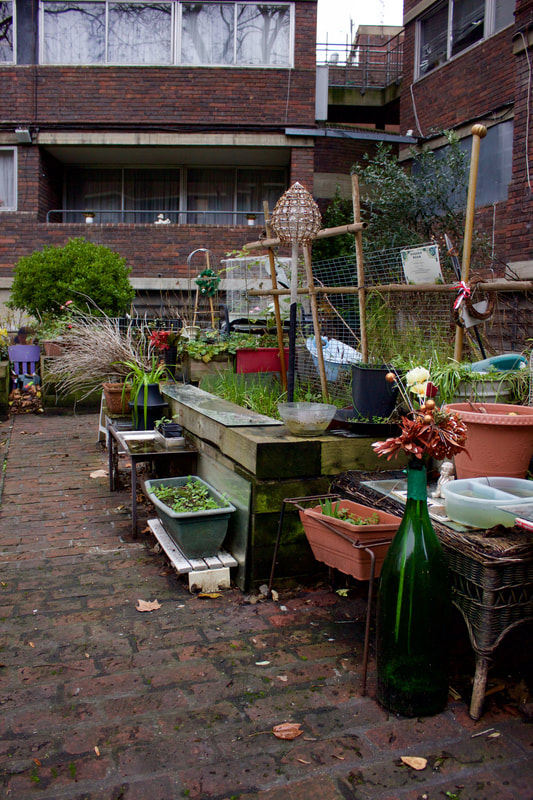
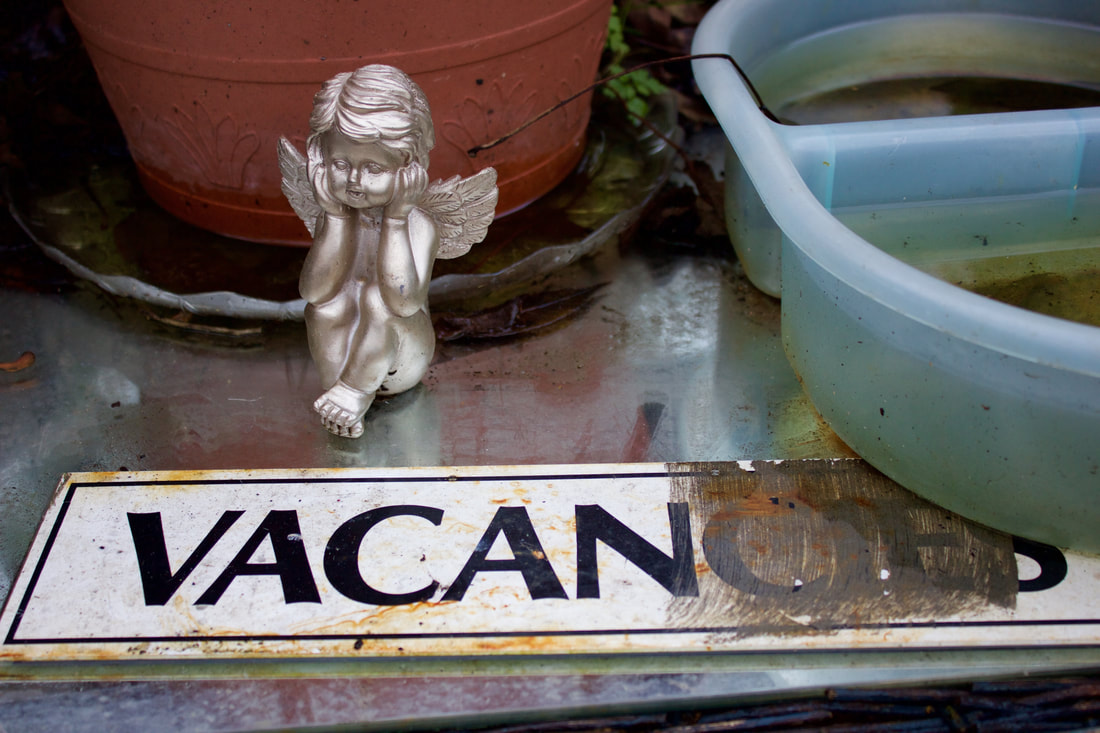
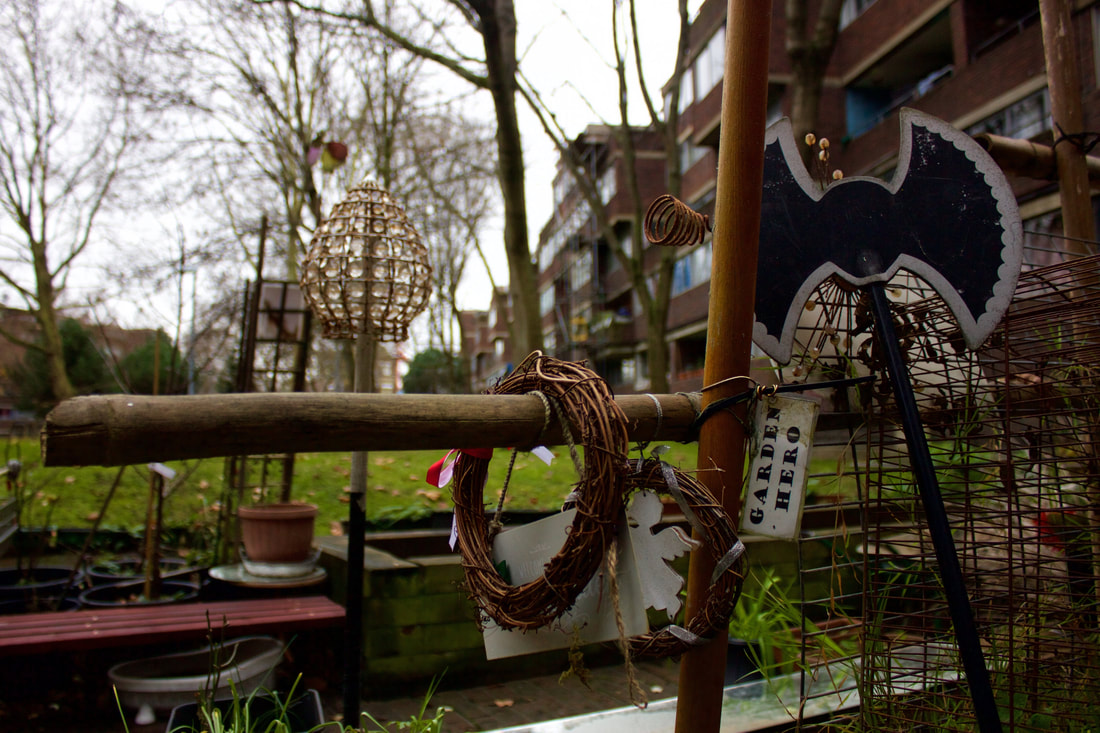
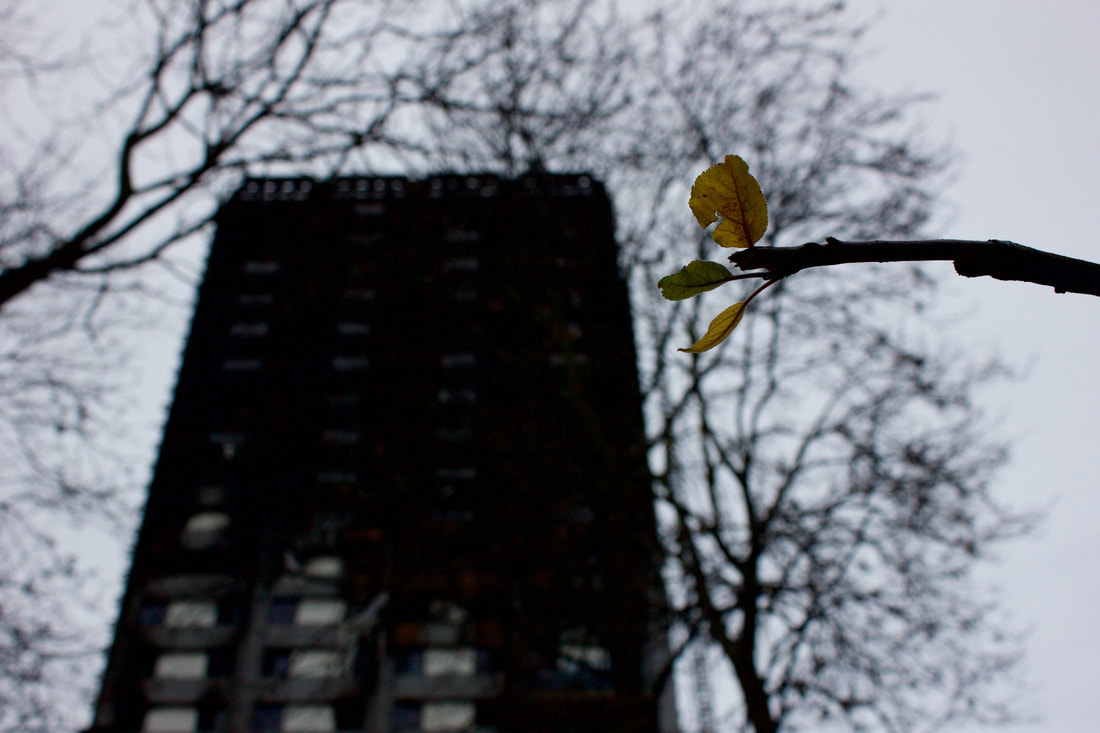
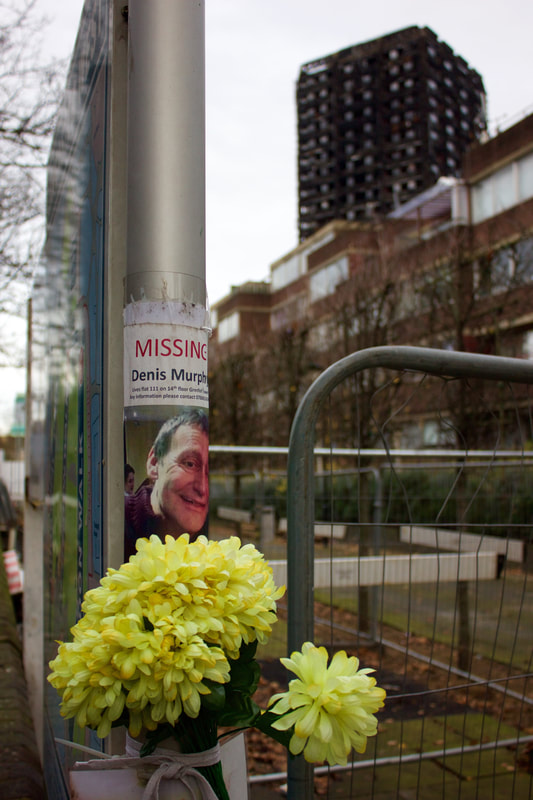
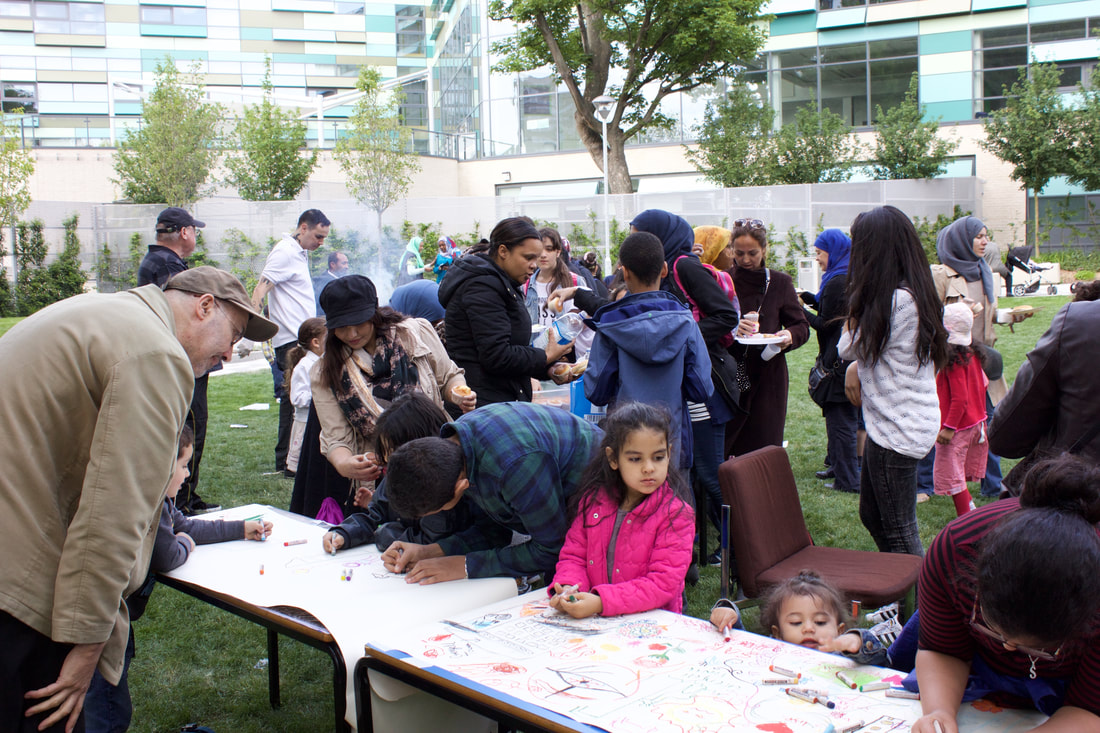
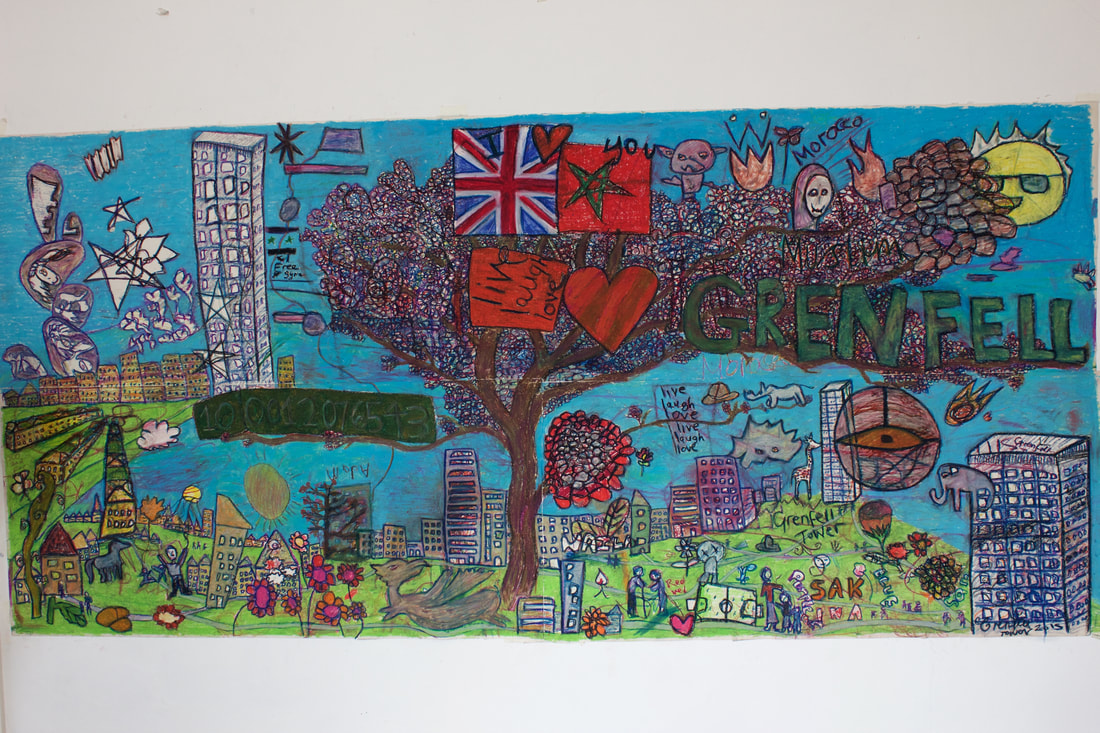
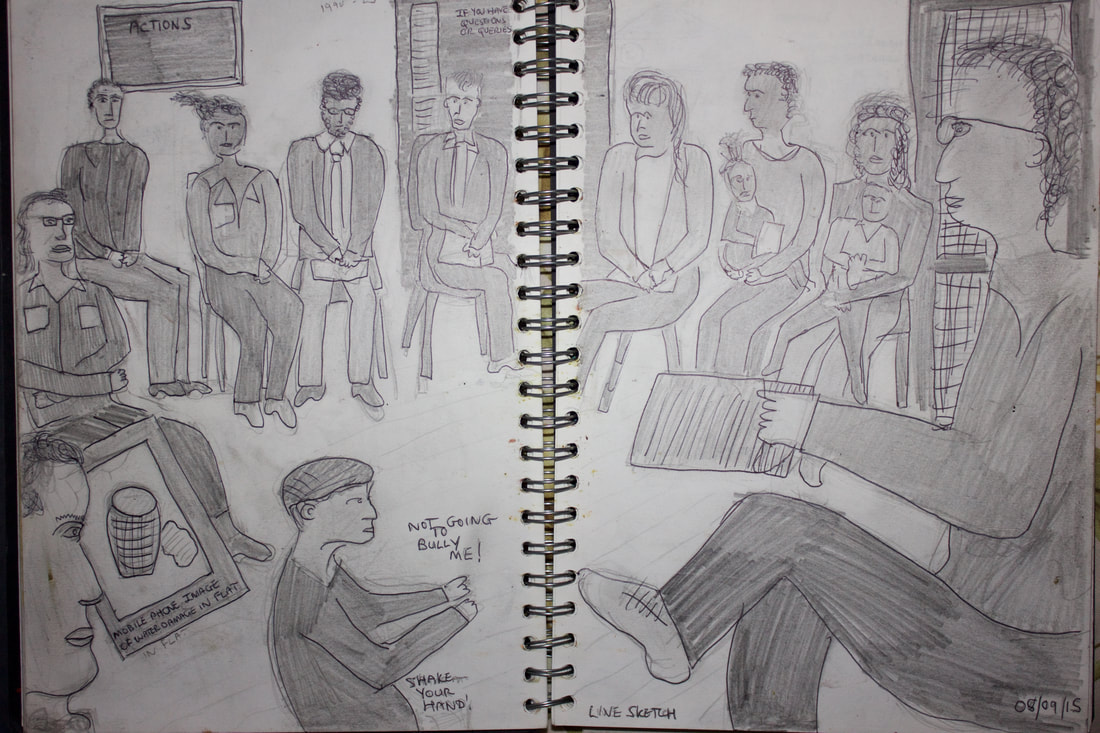
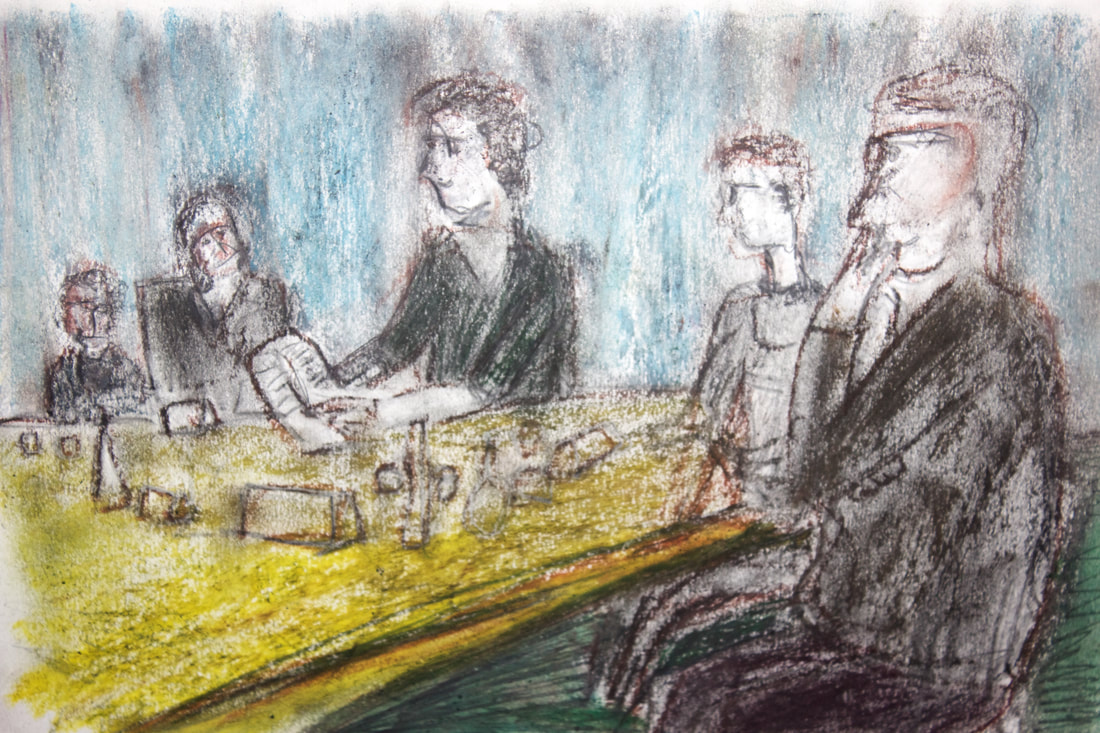
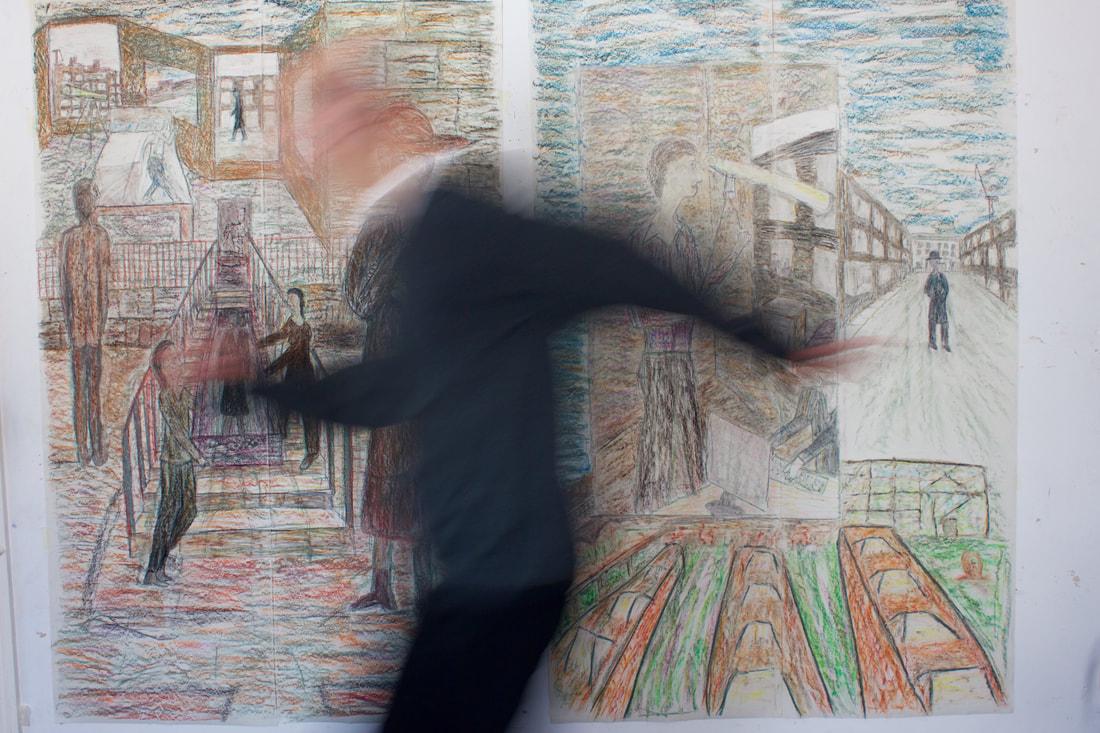
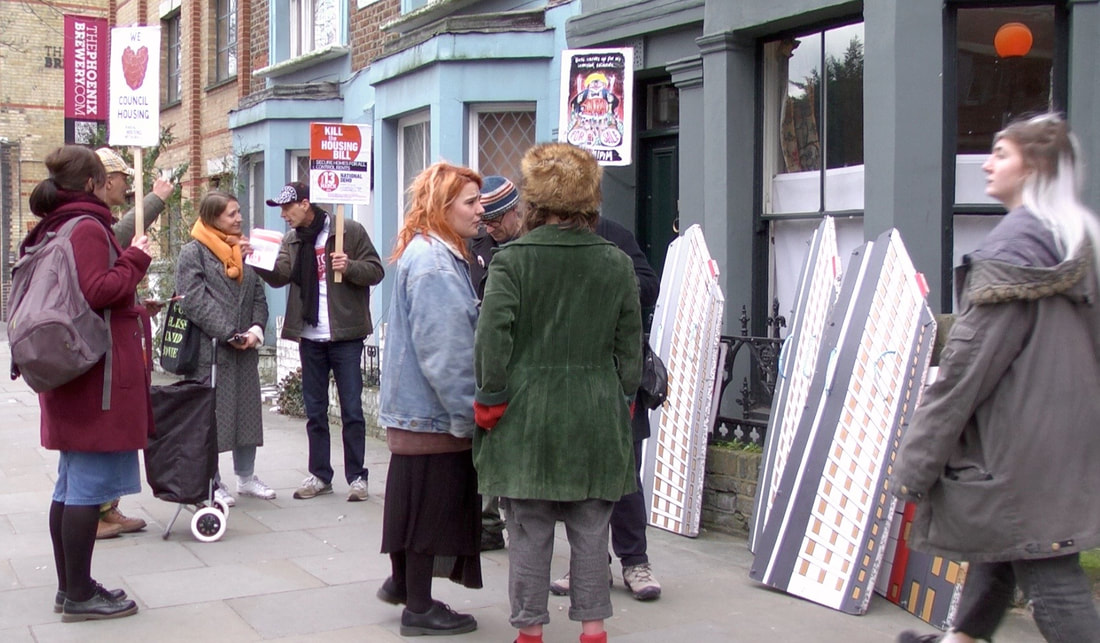
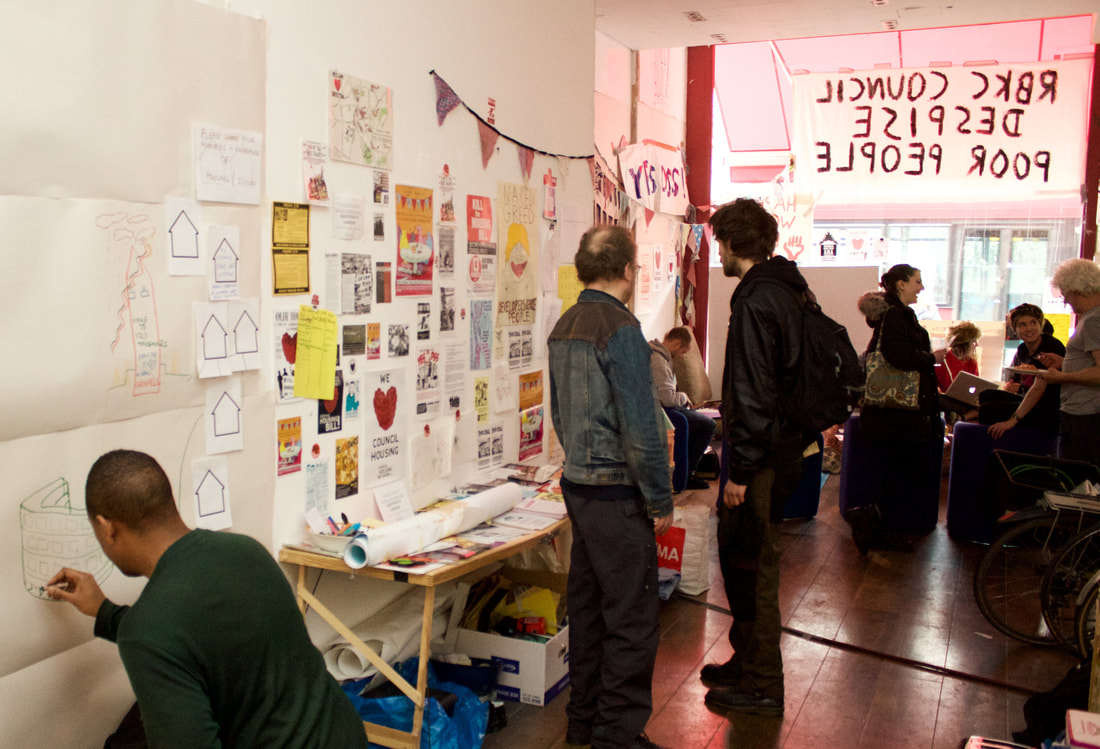
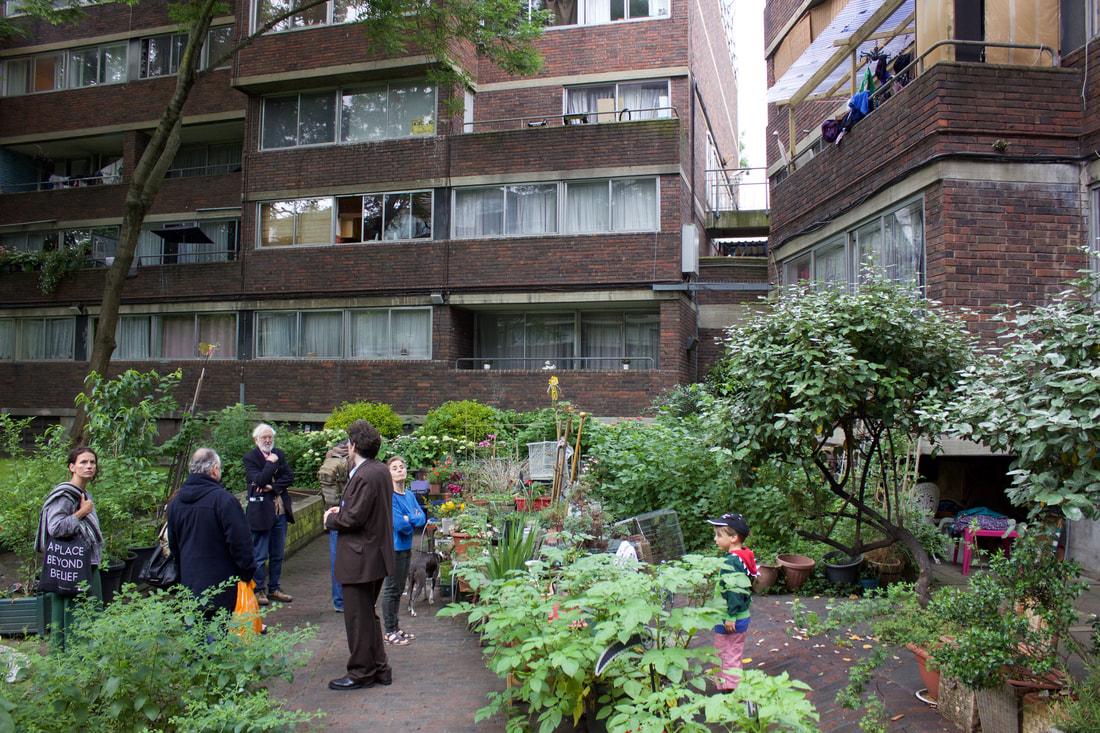
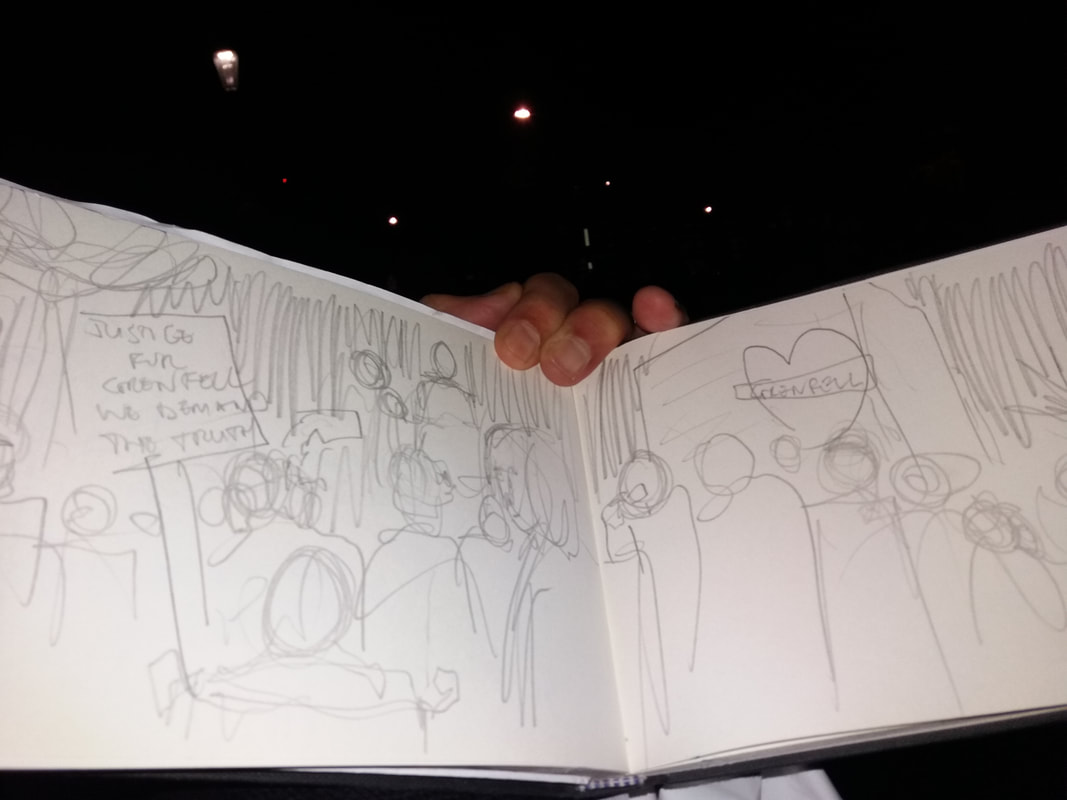
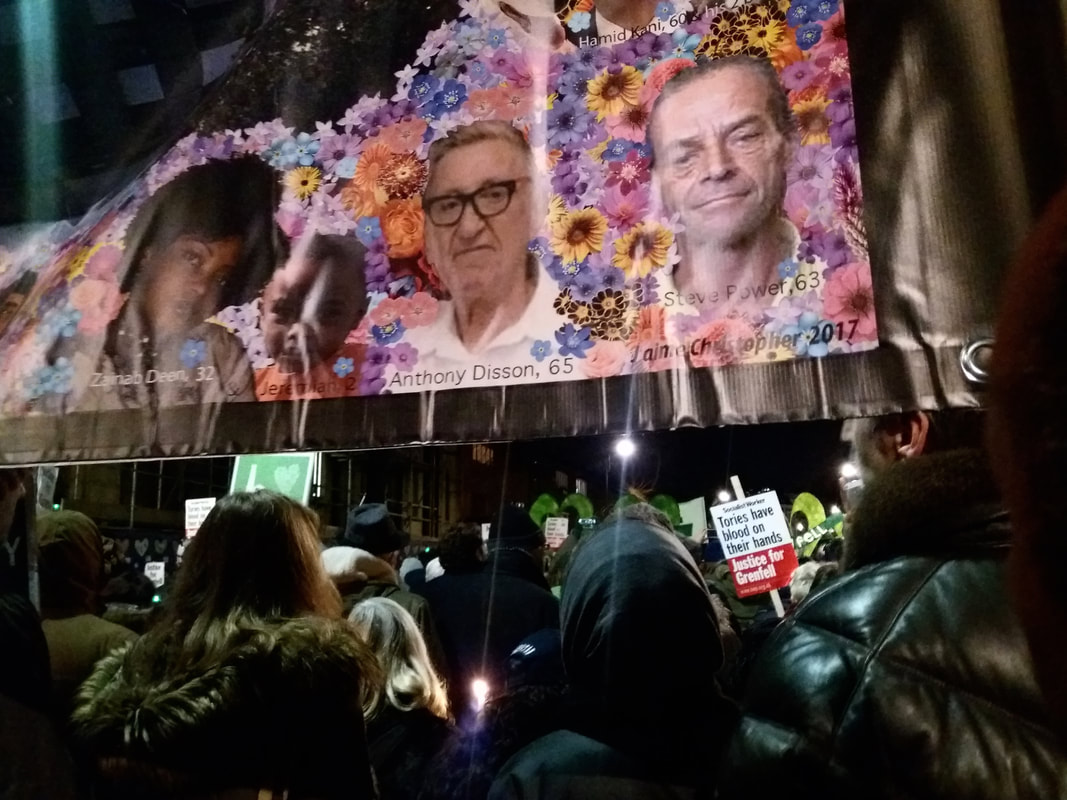

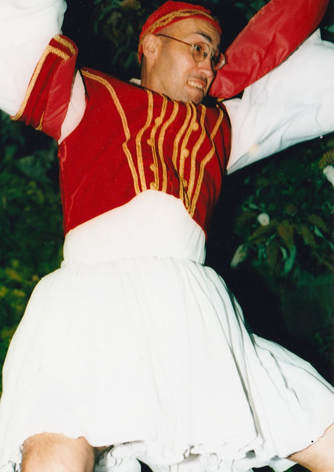
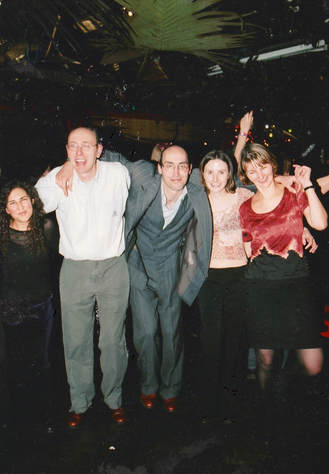
 RSS Feed
RSS Feed
